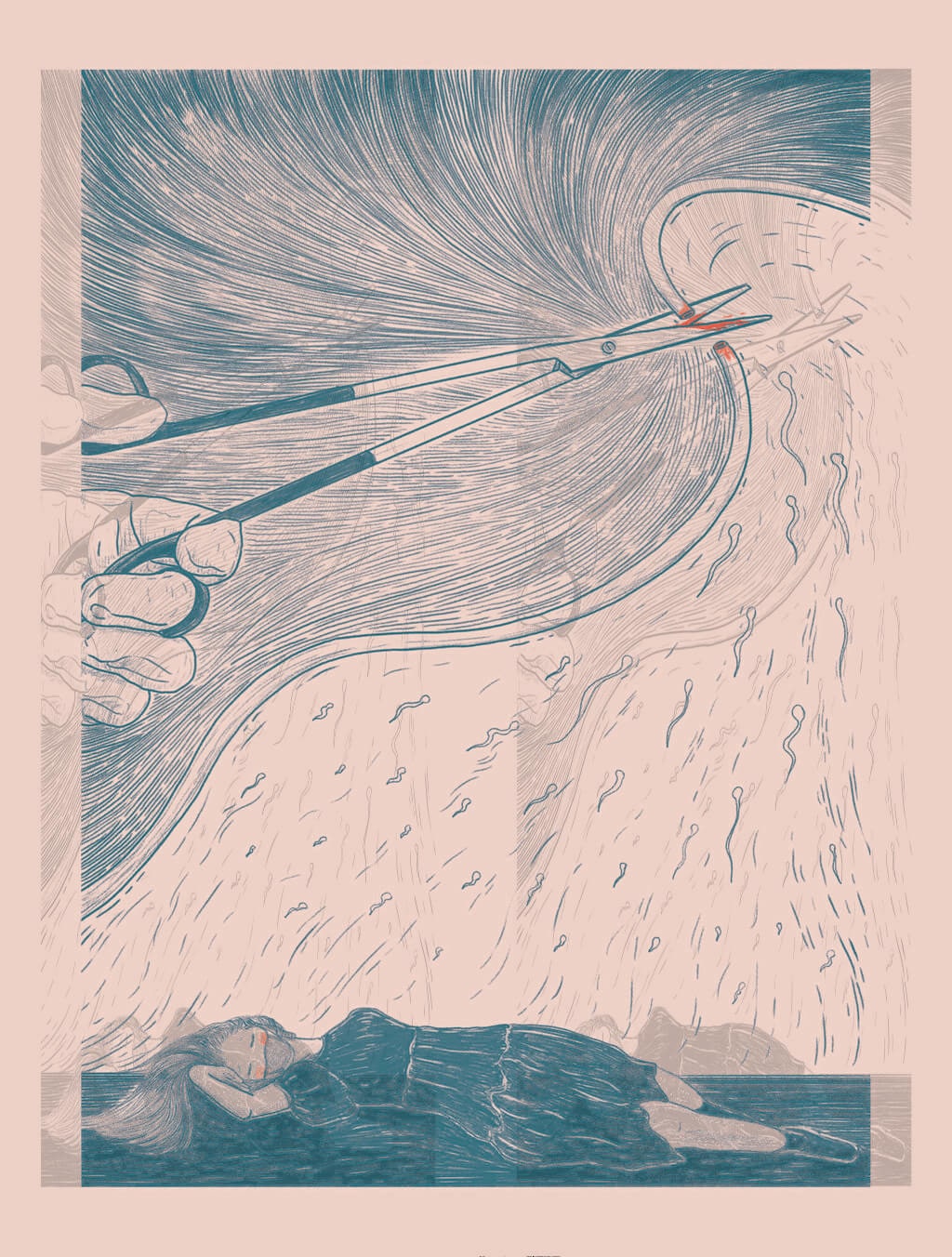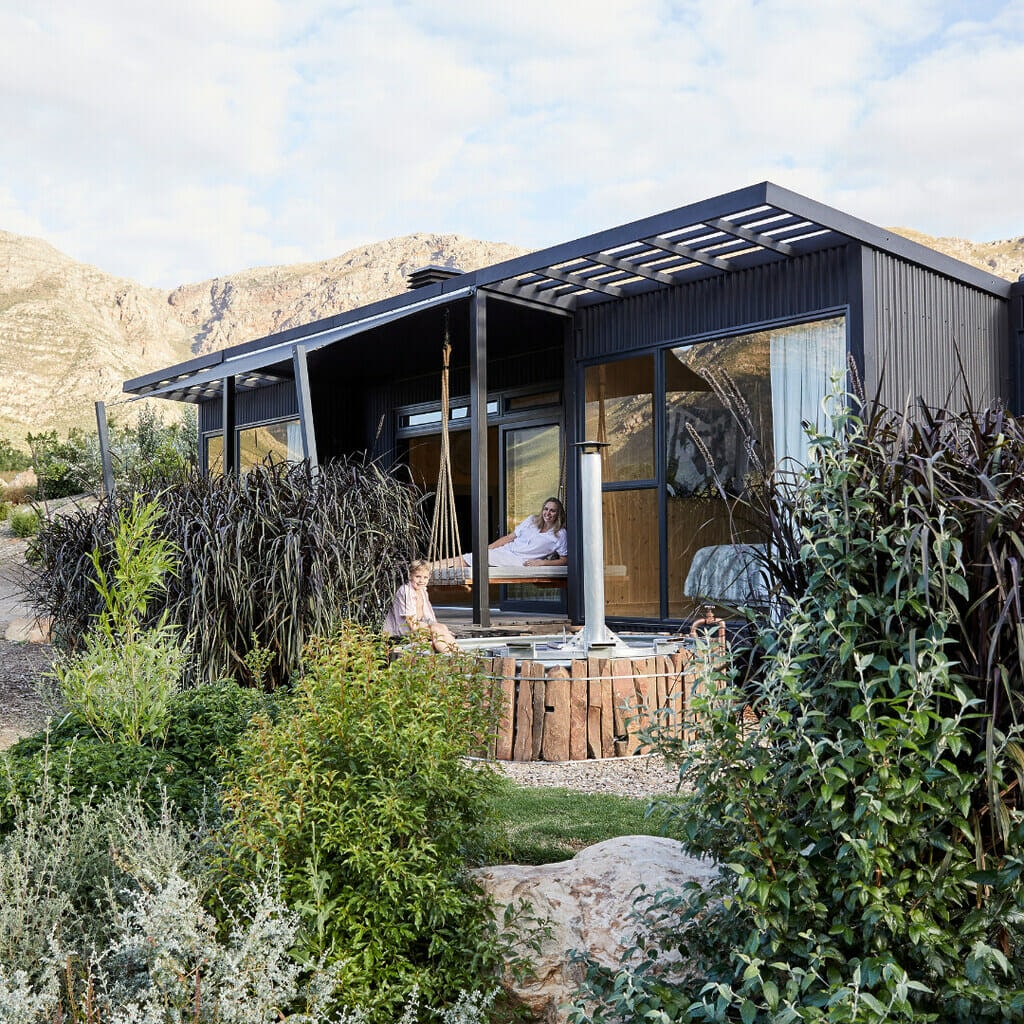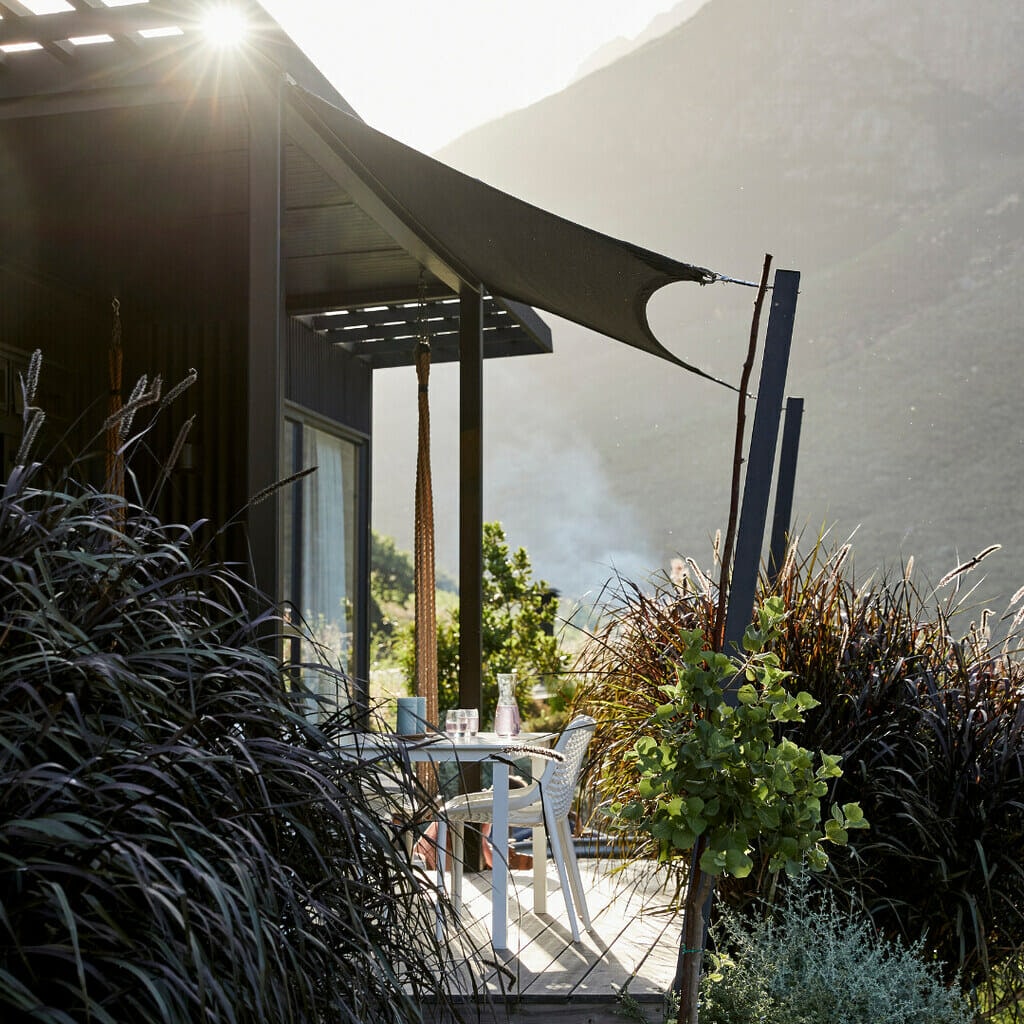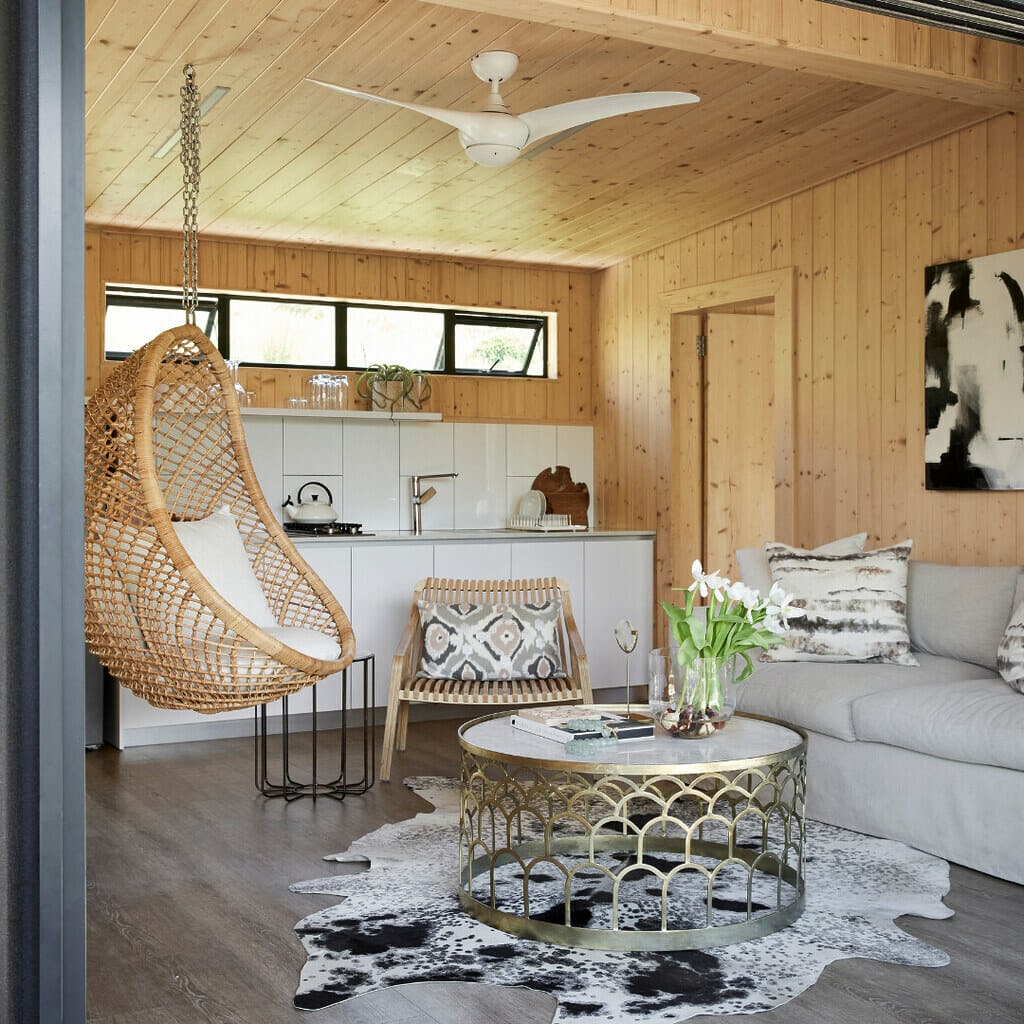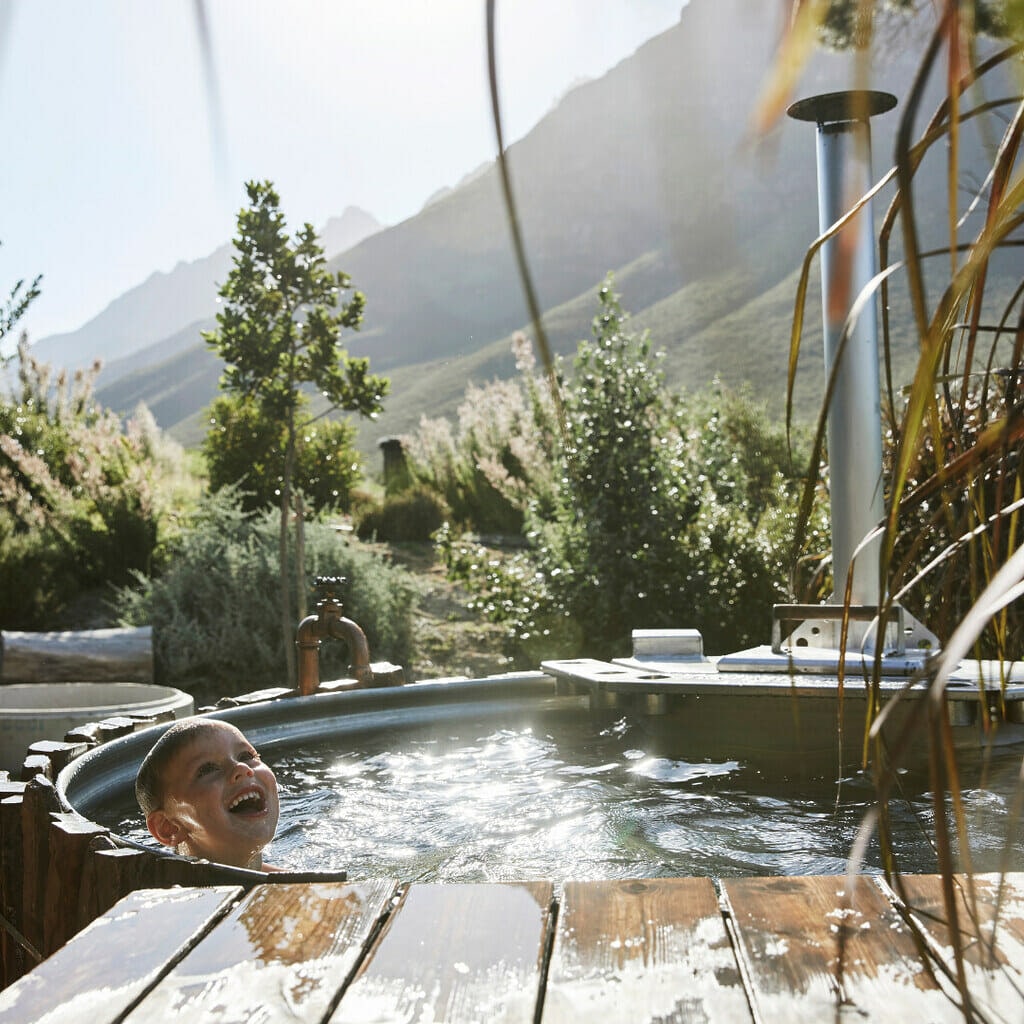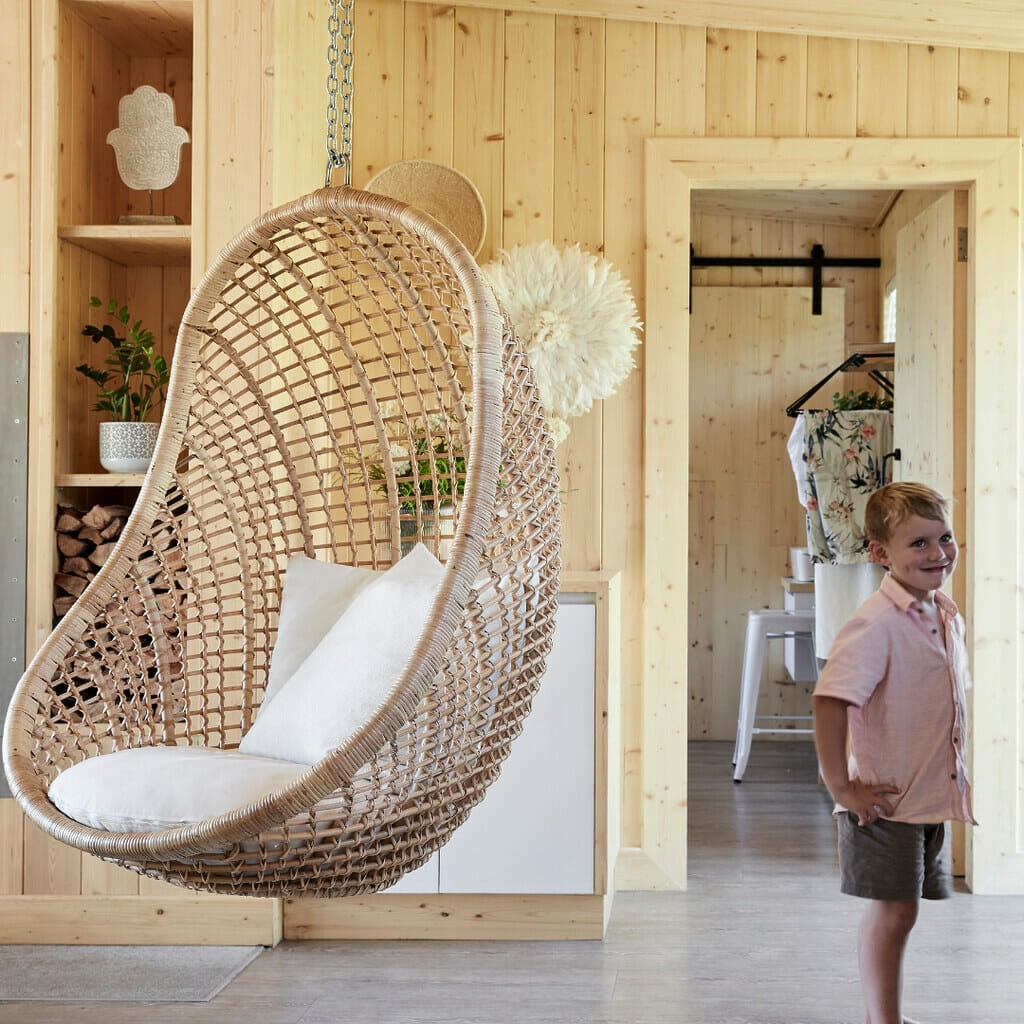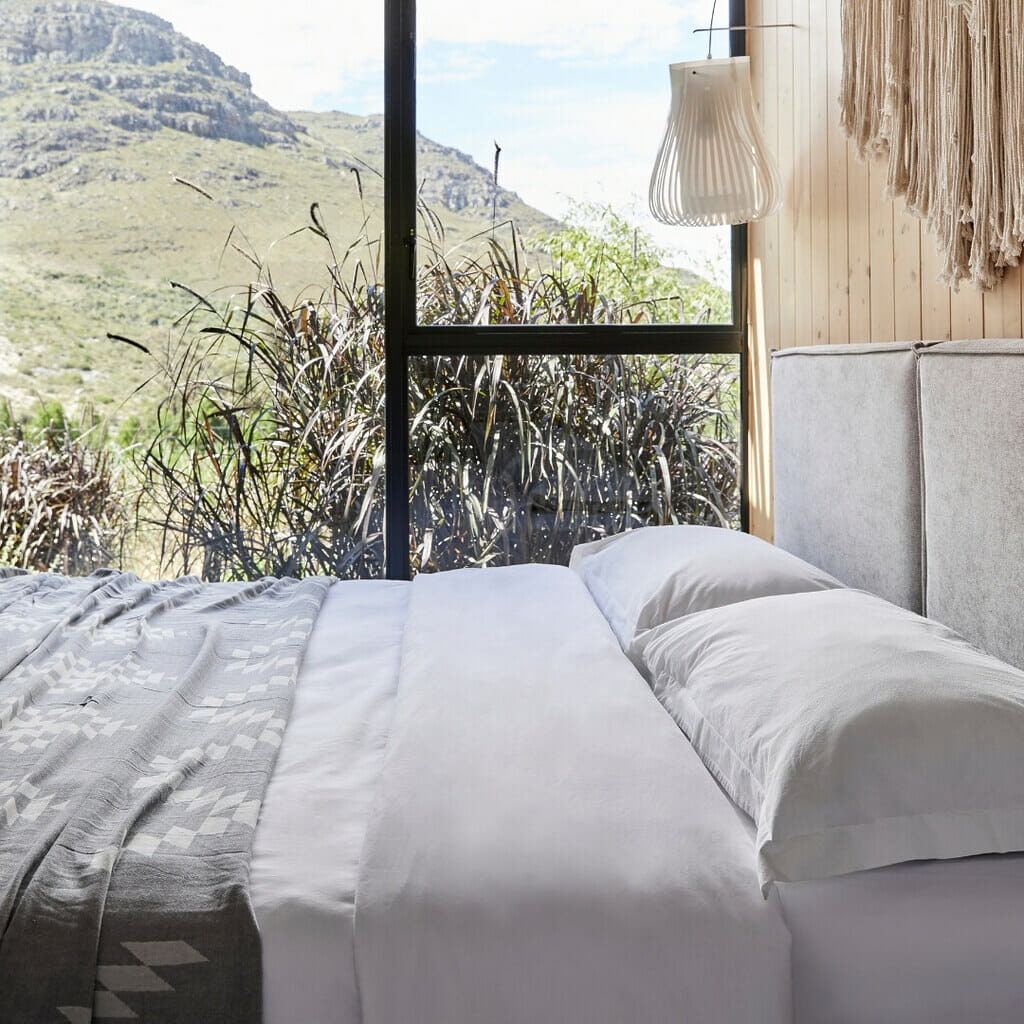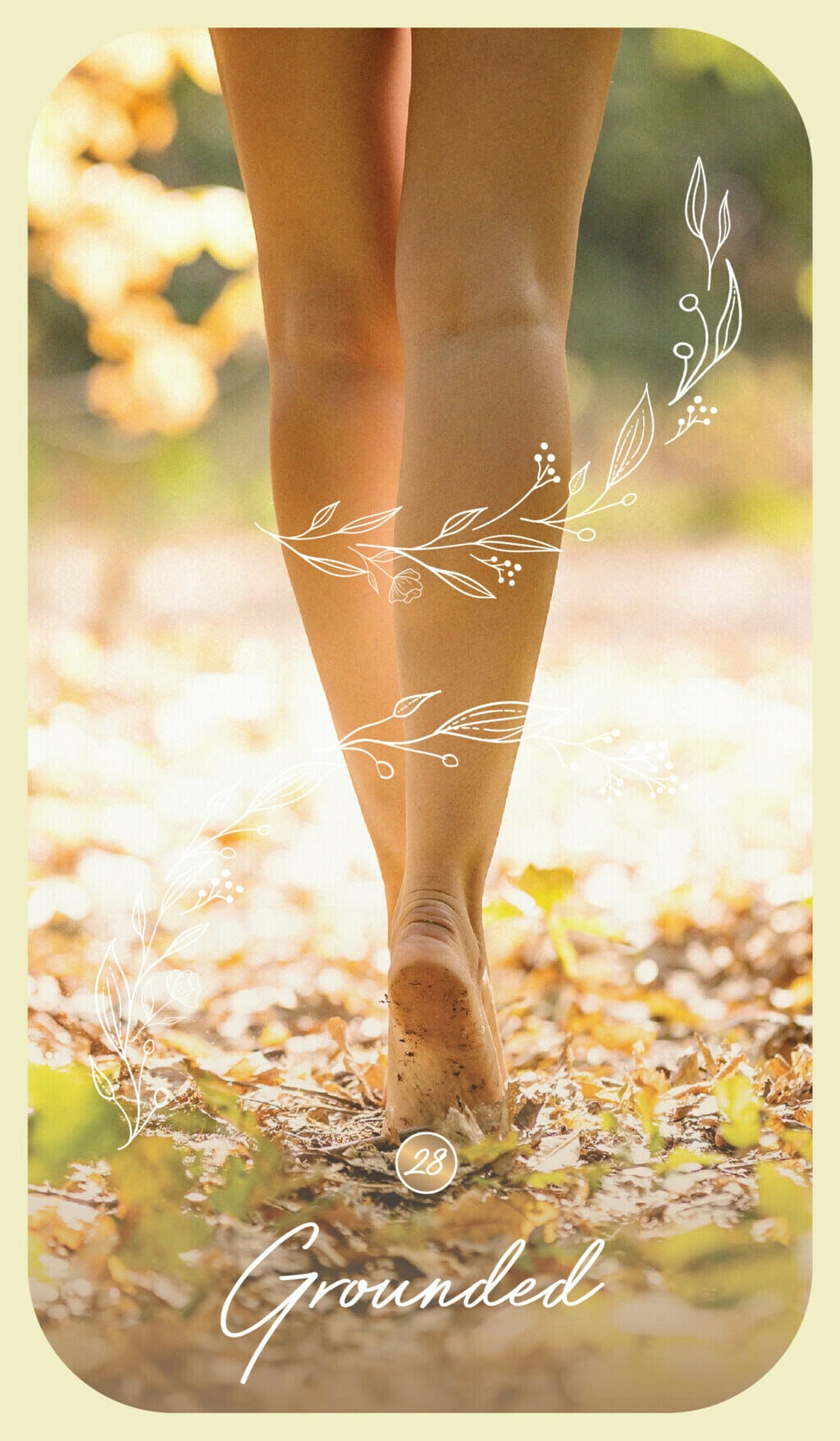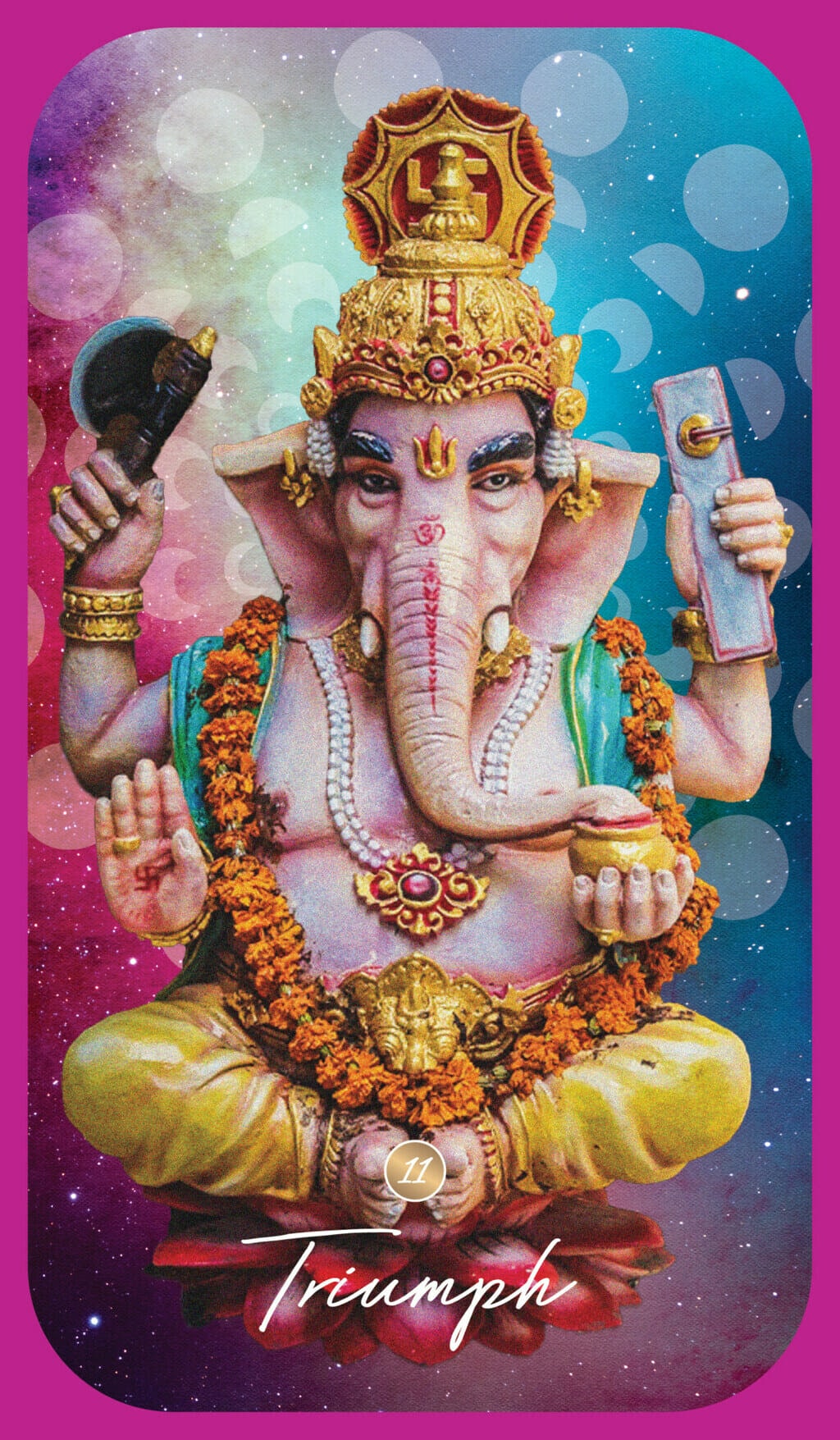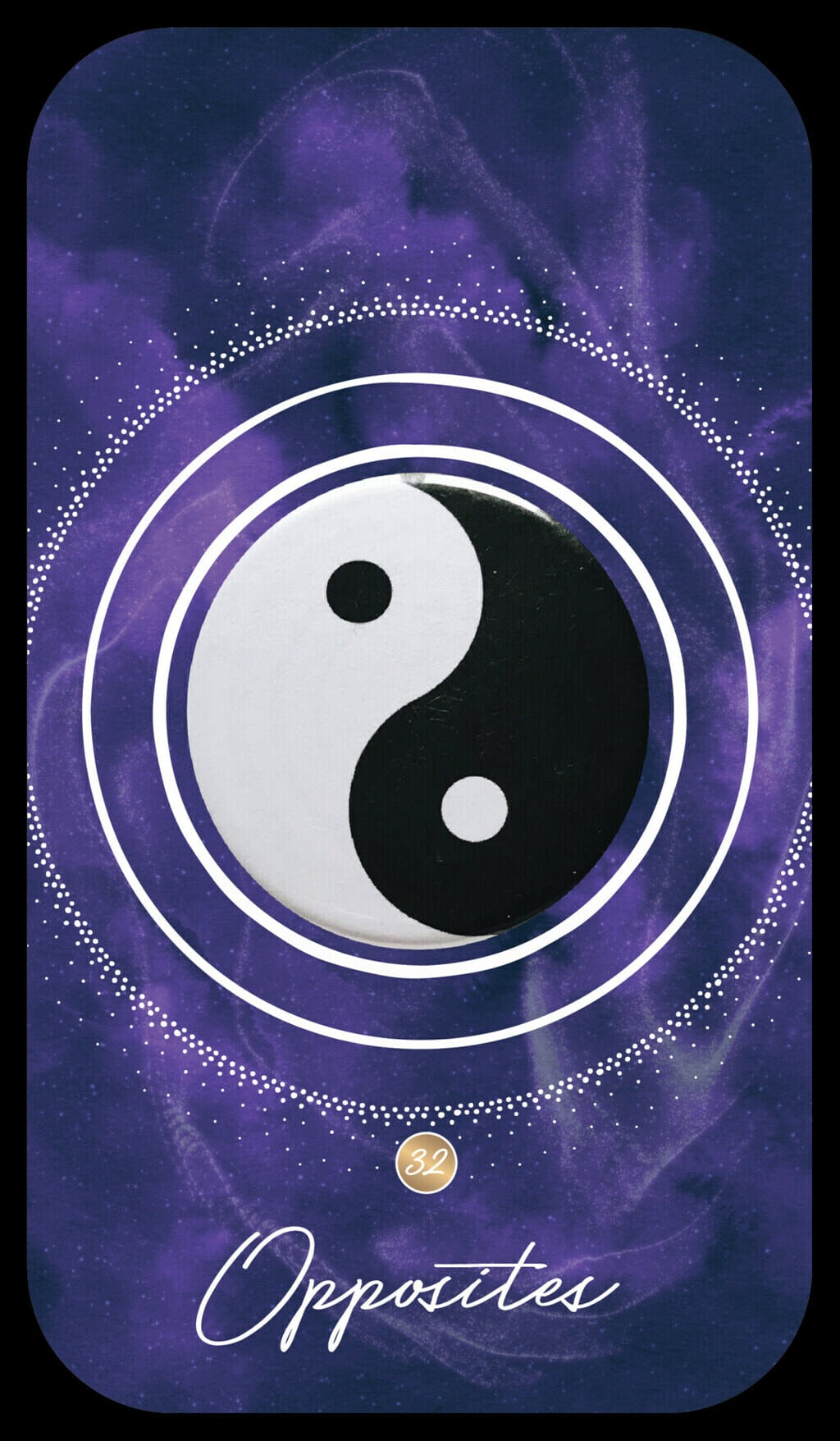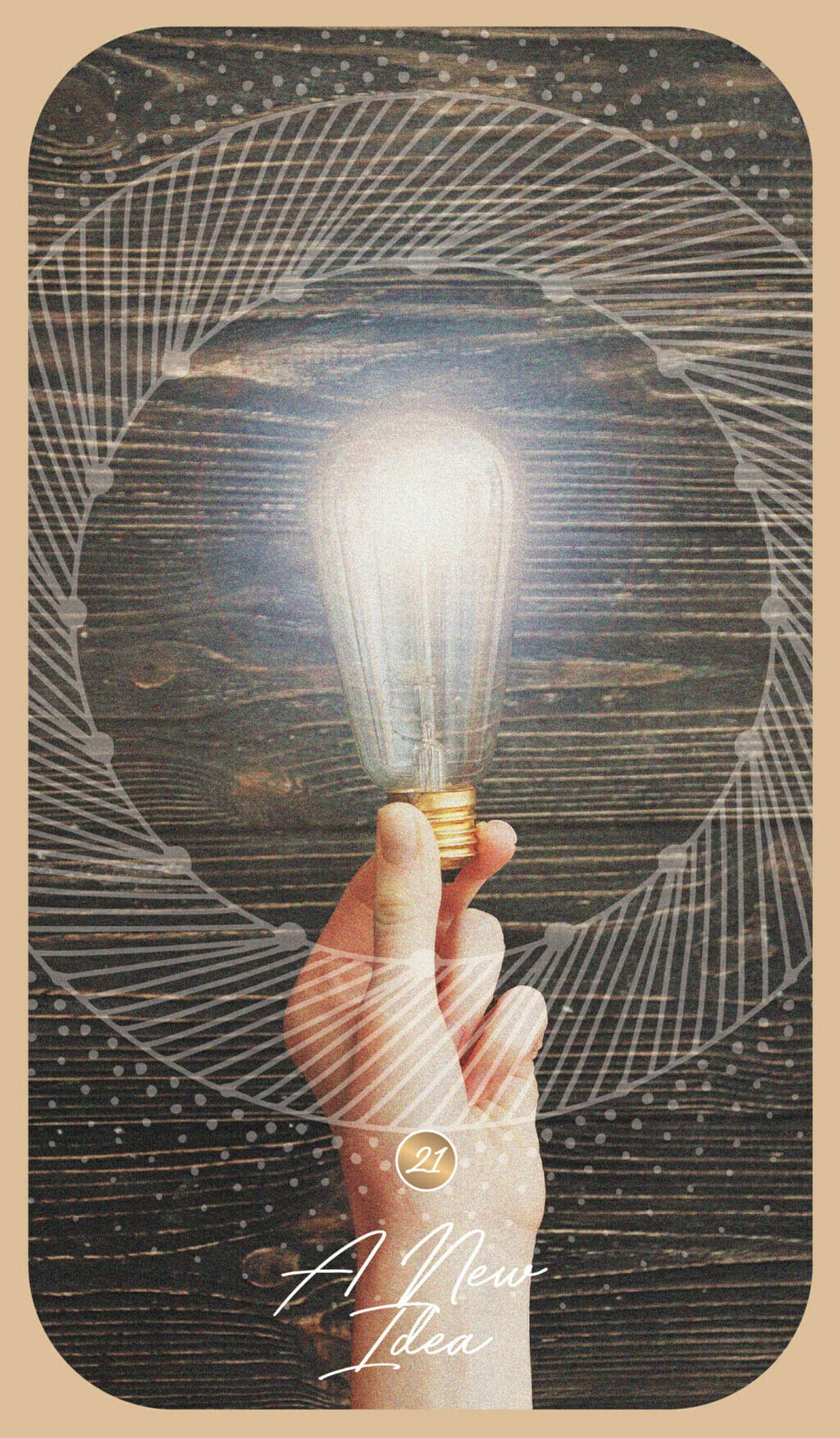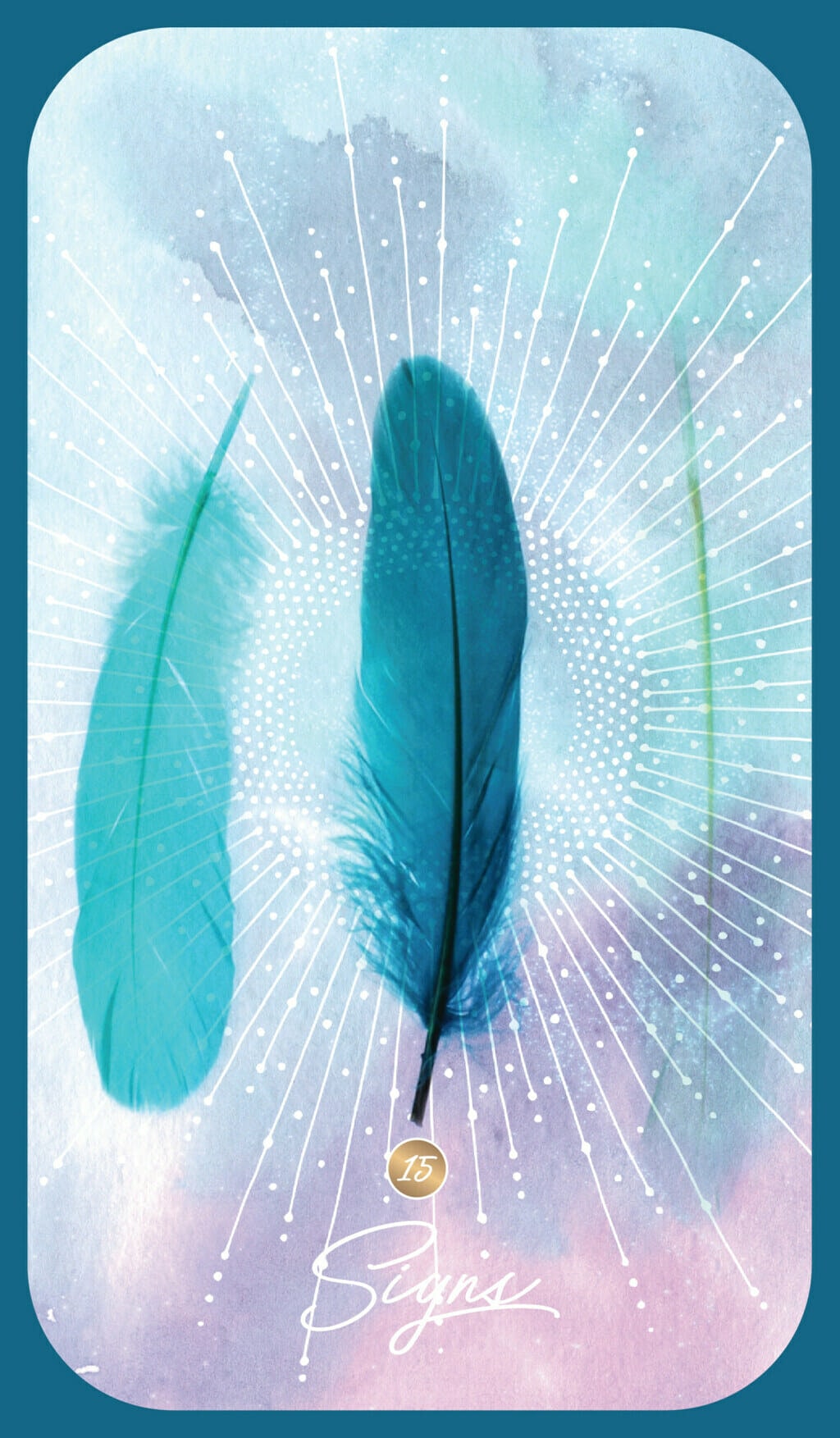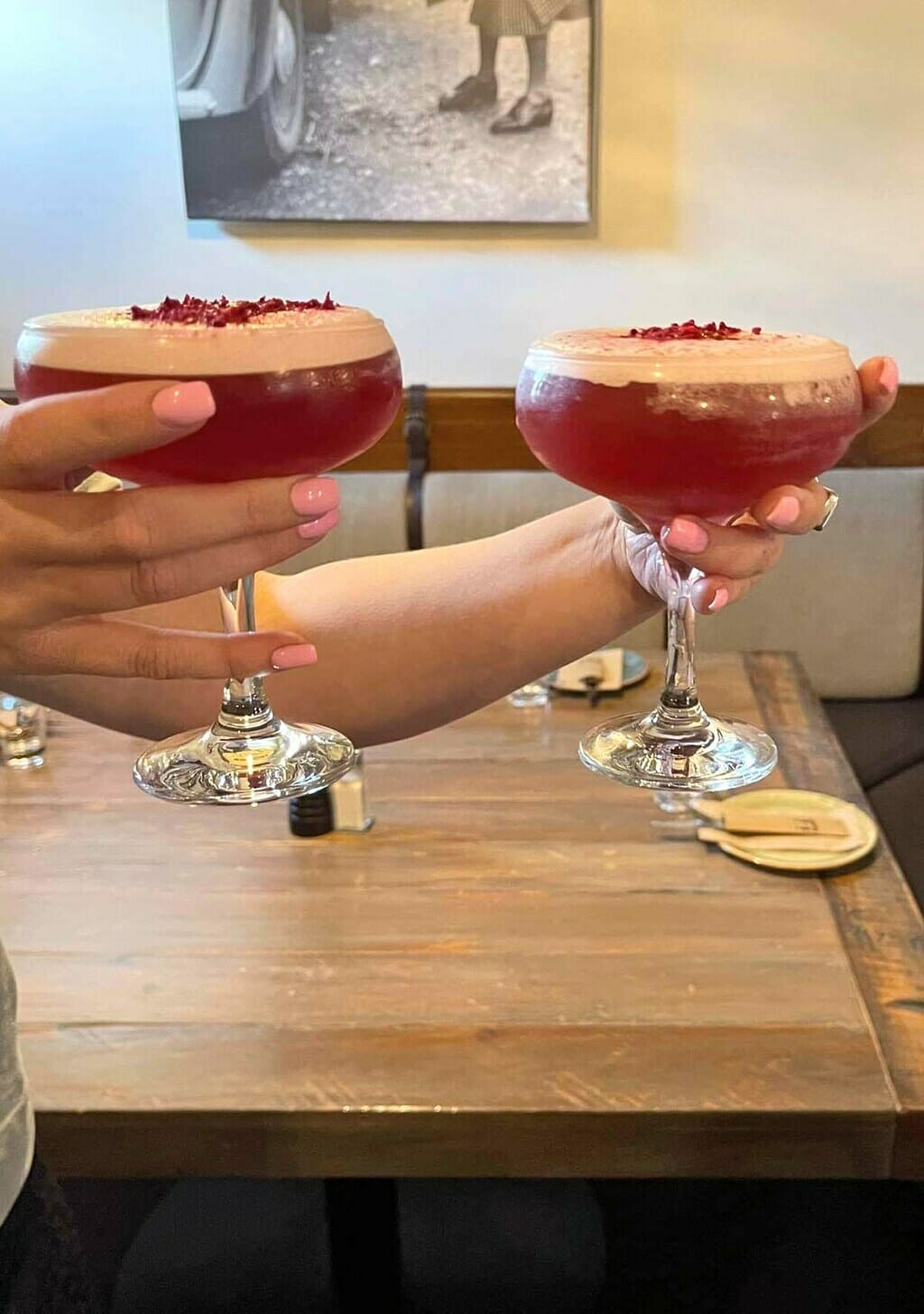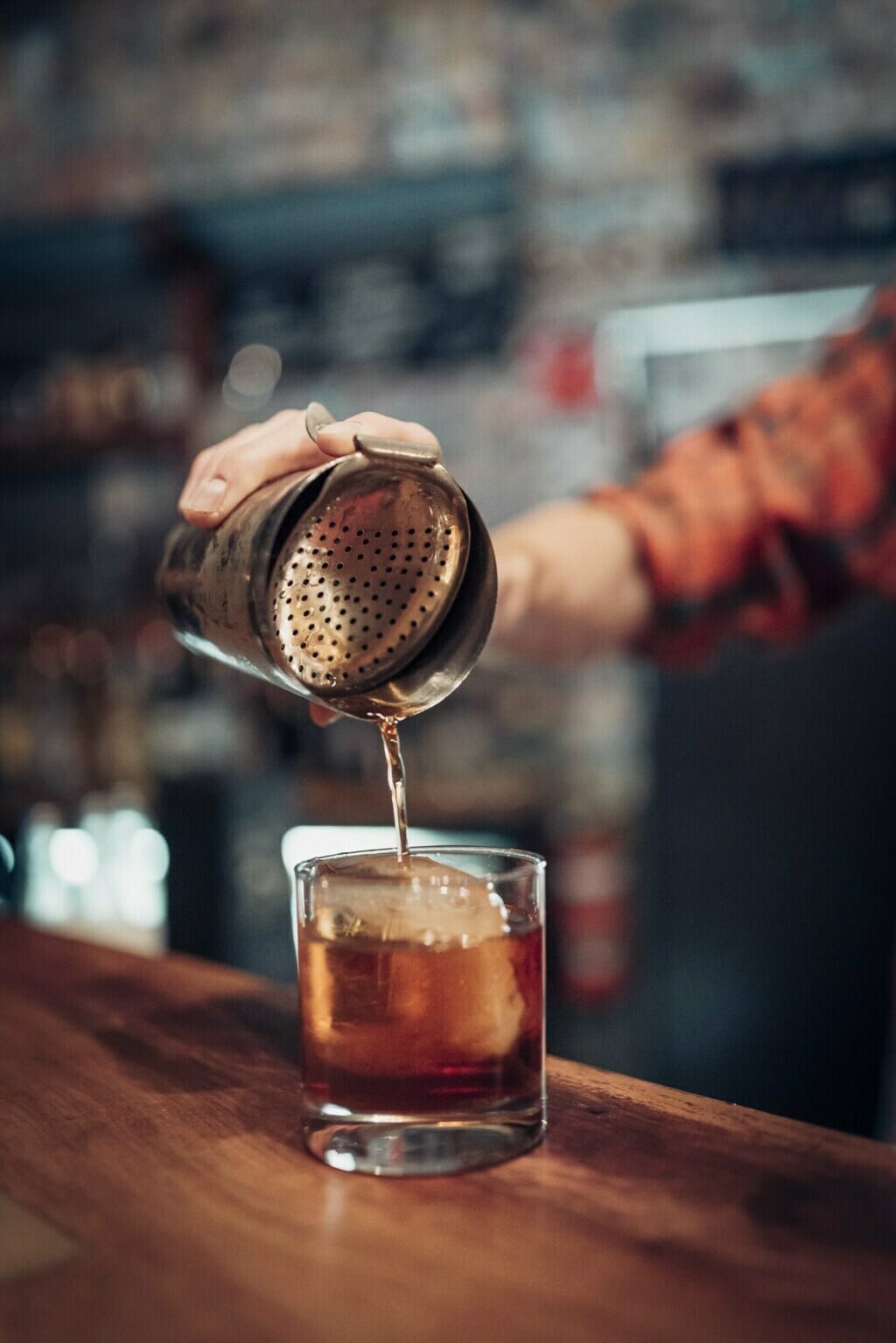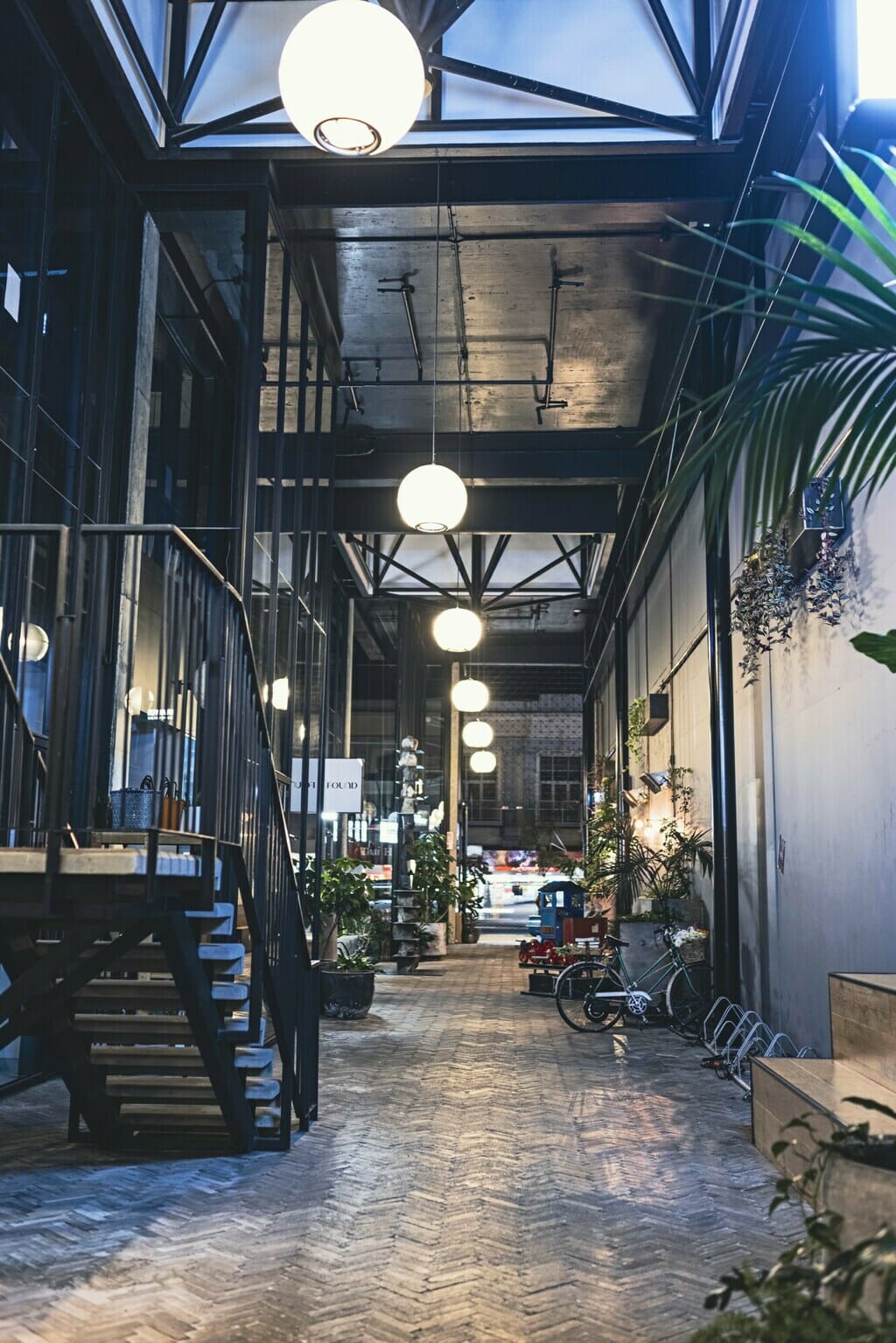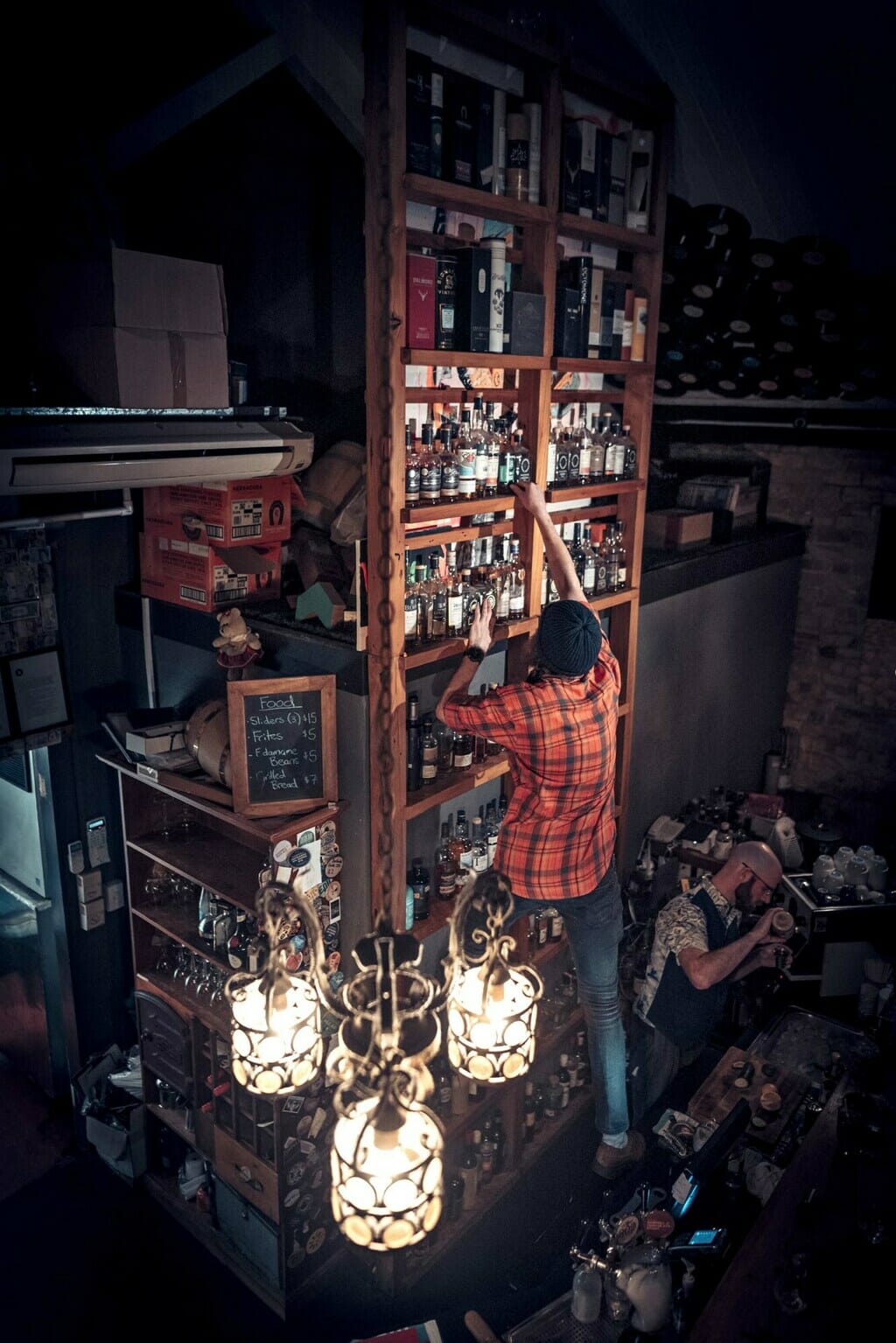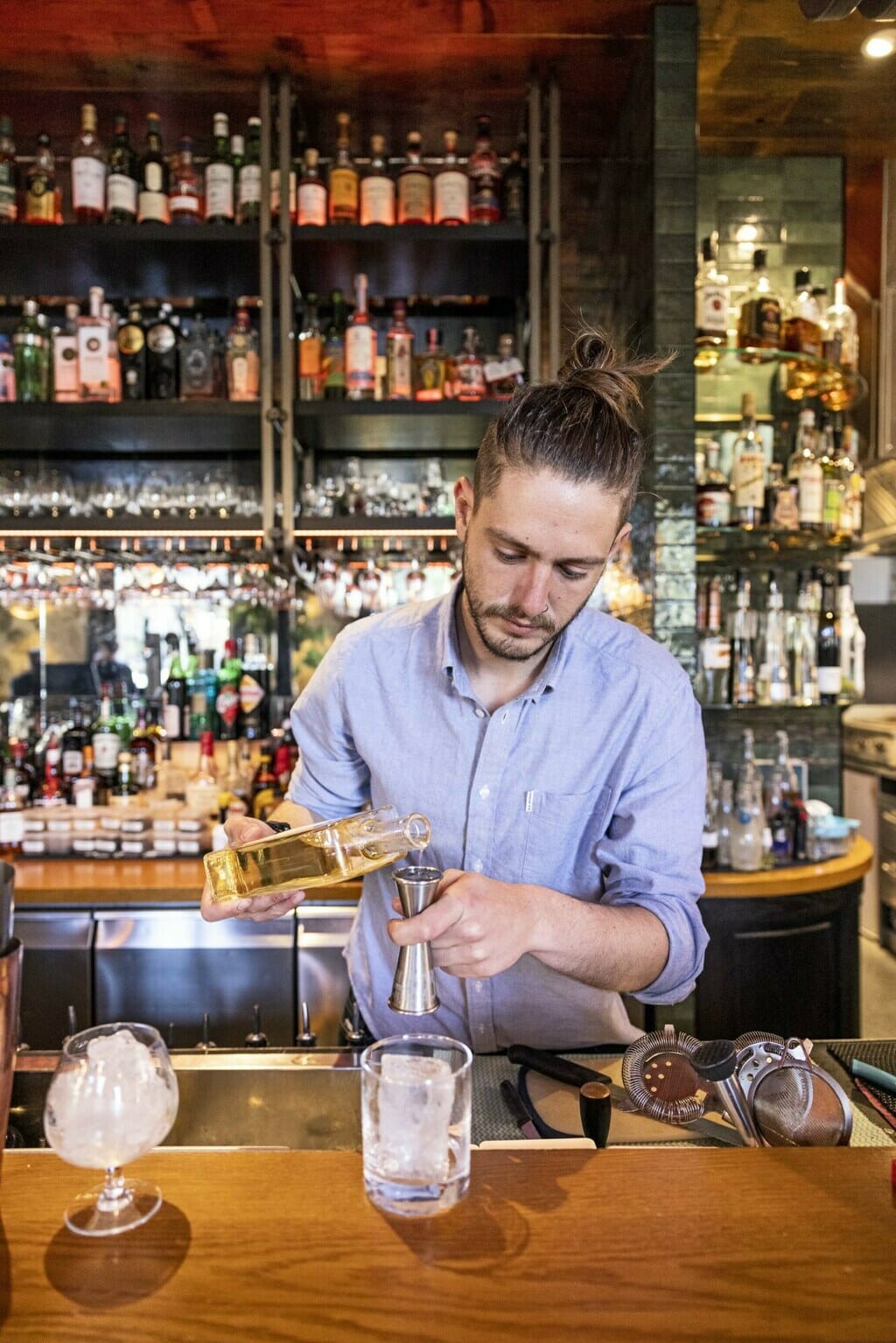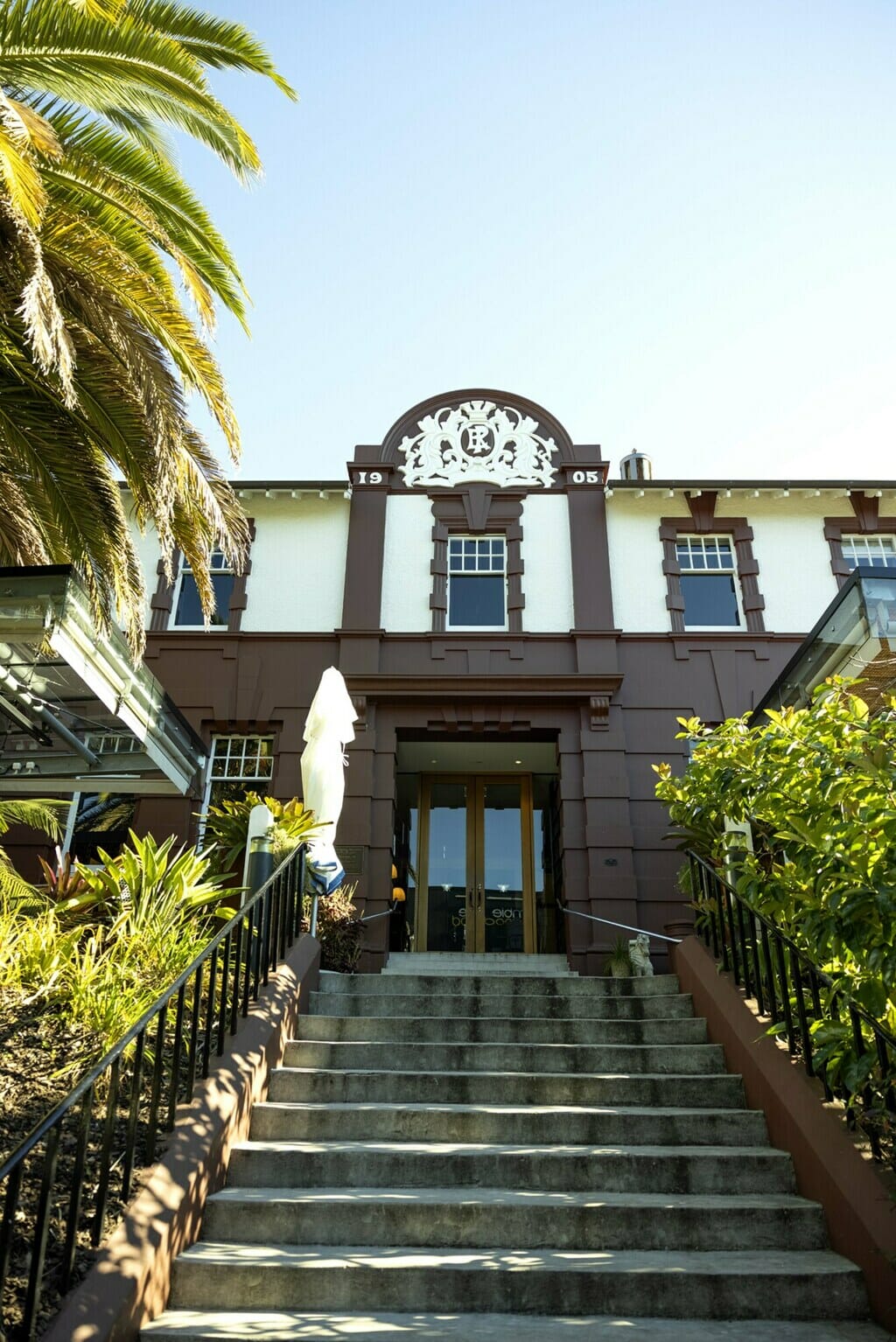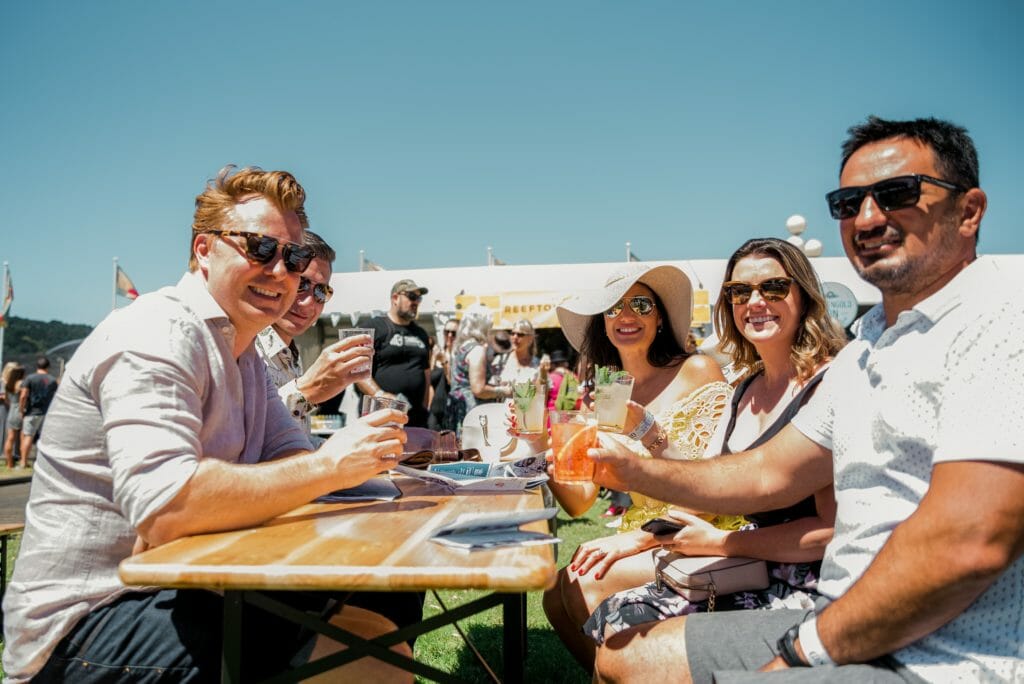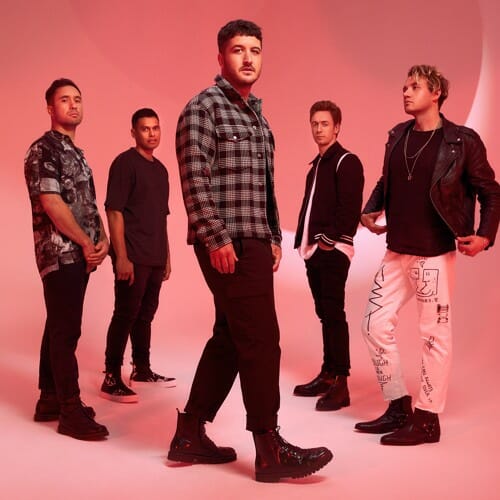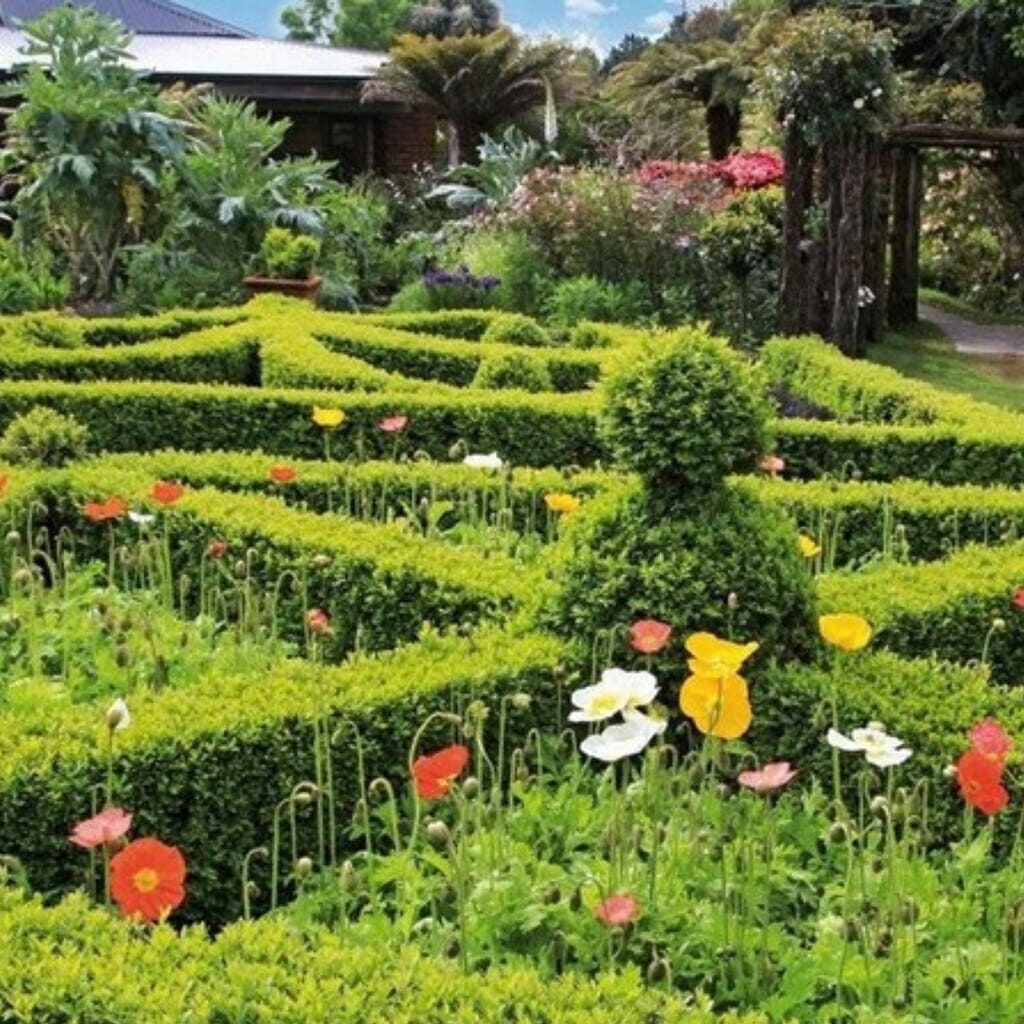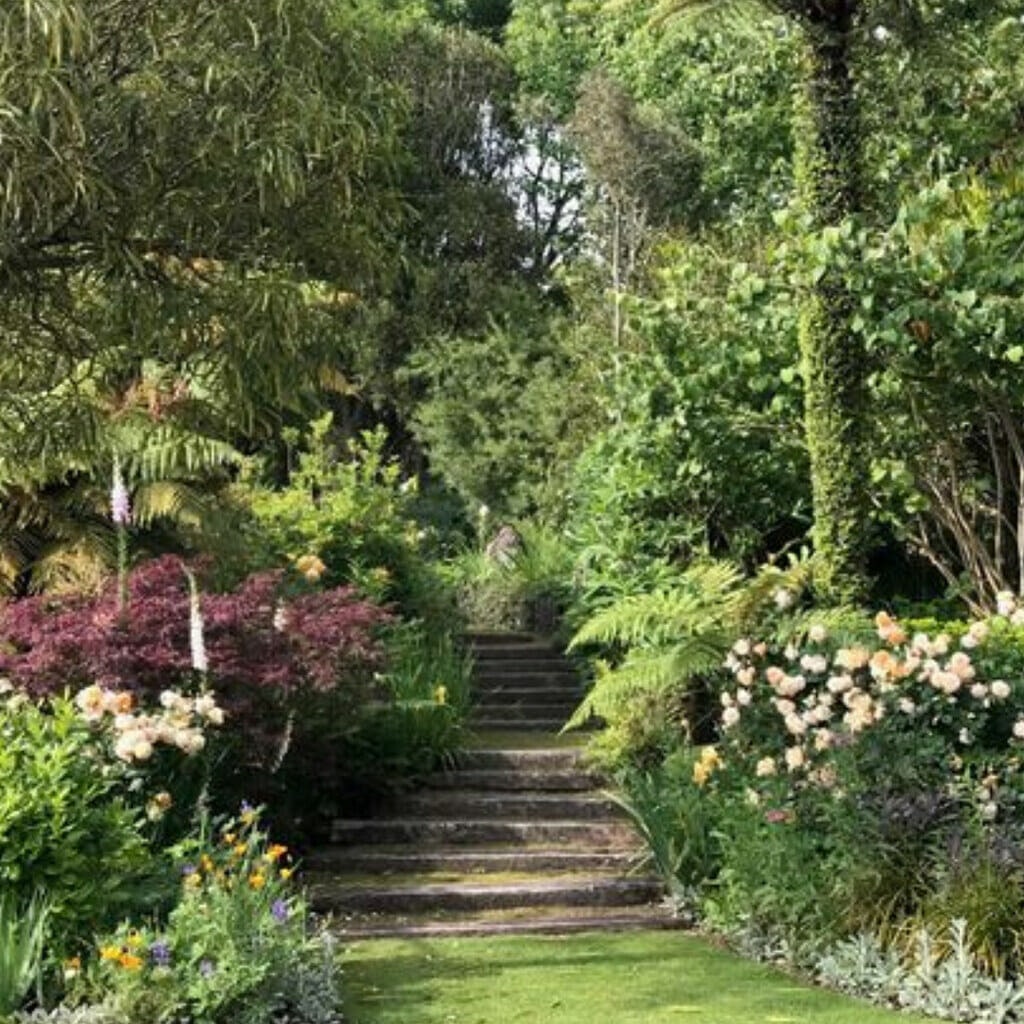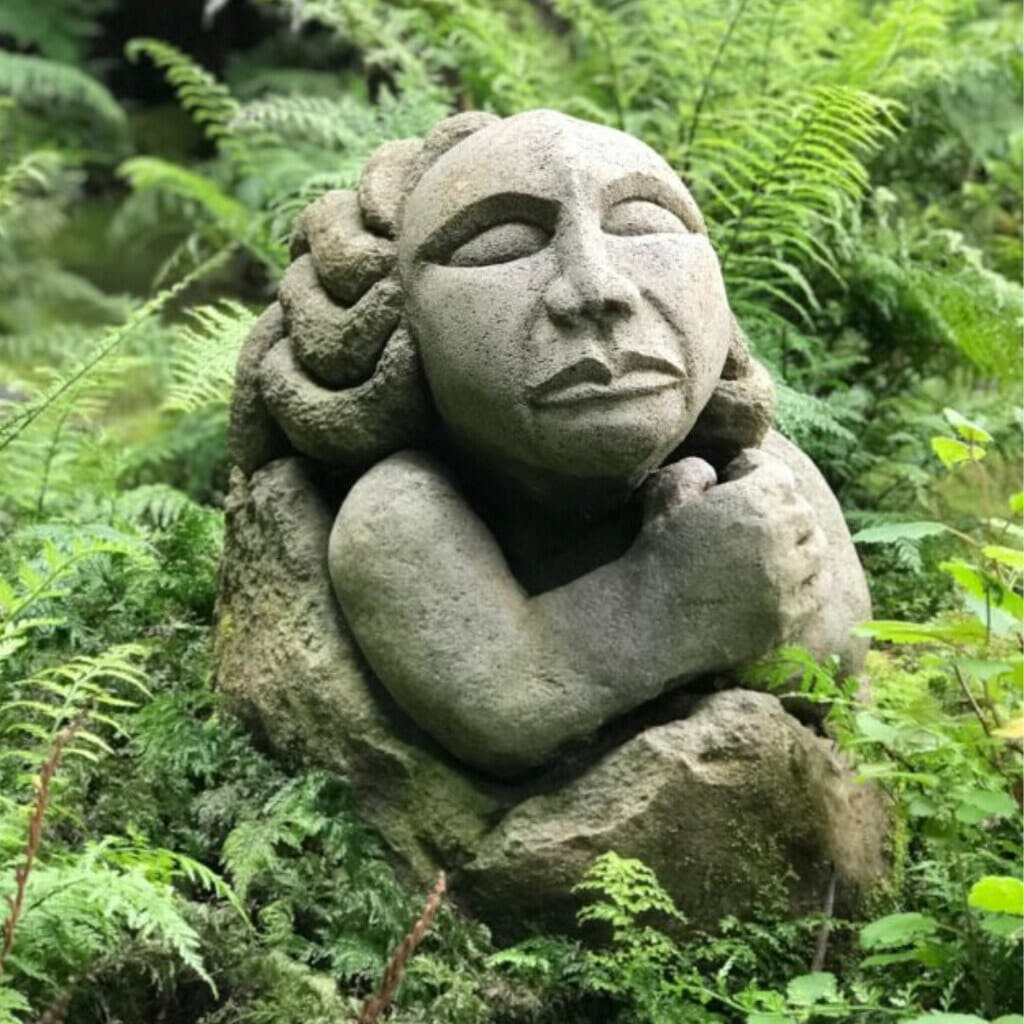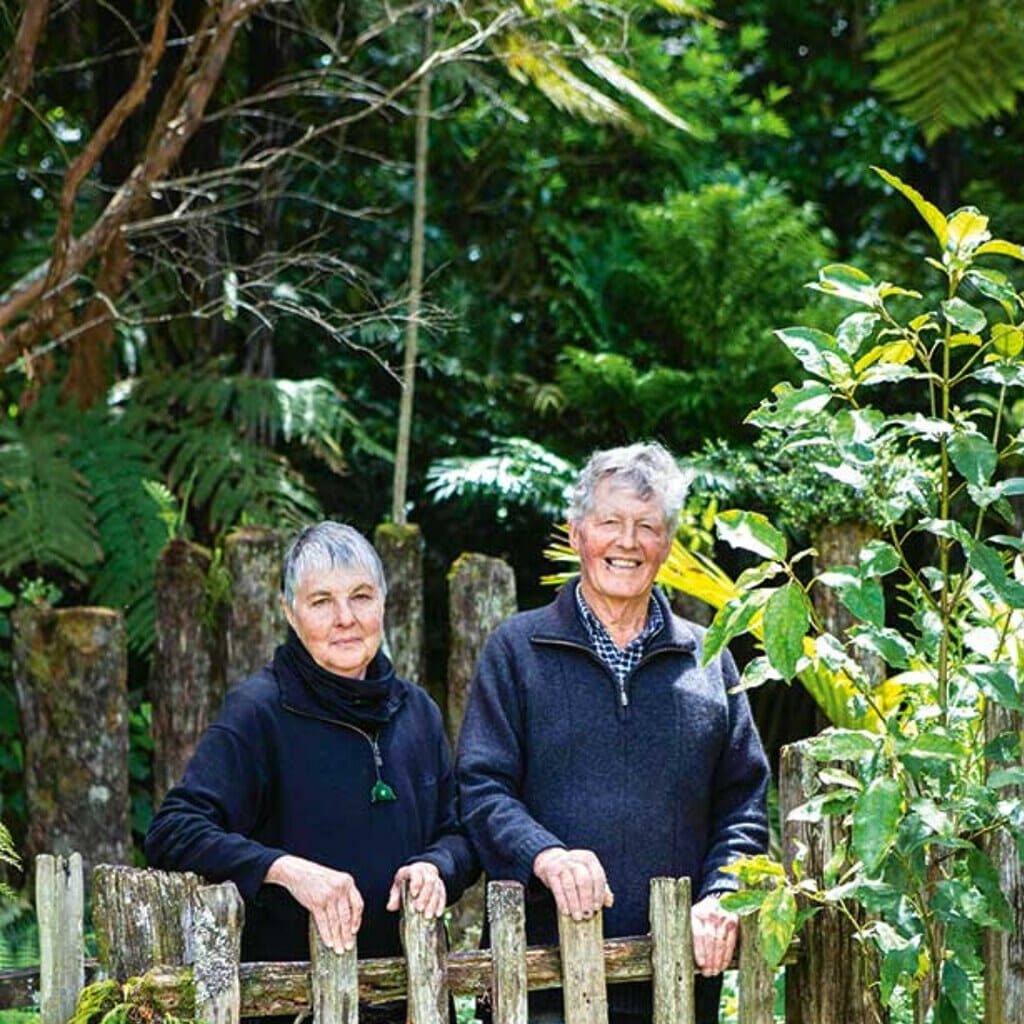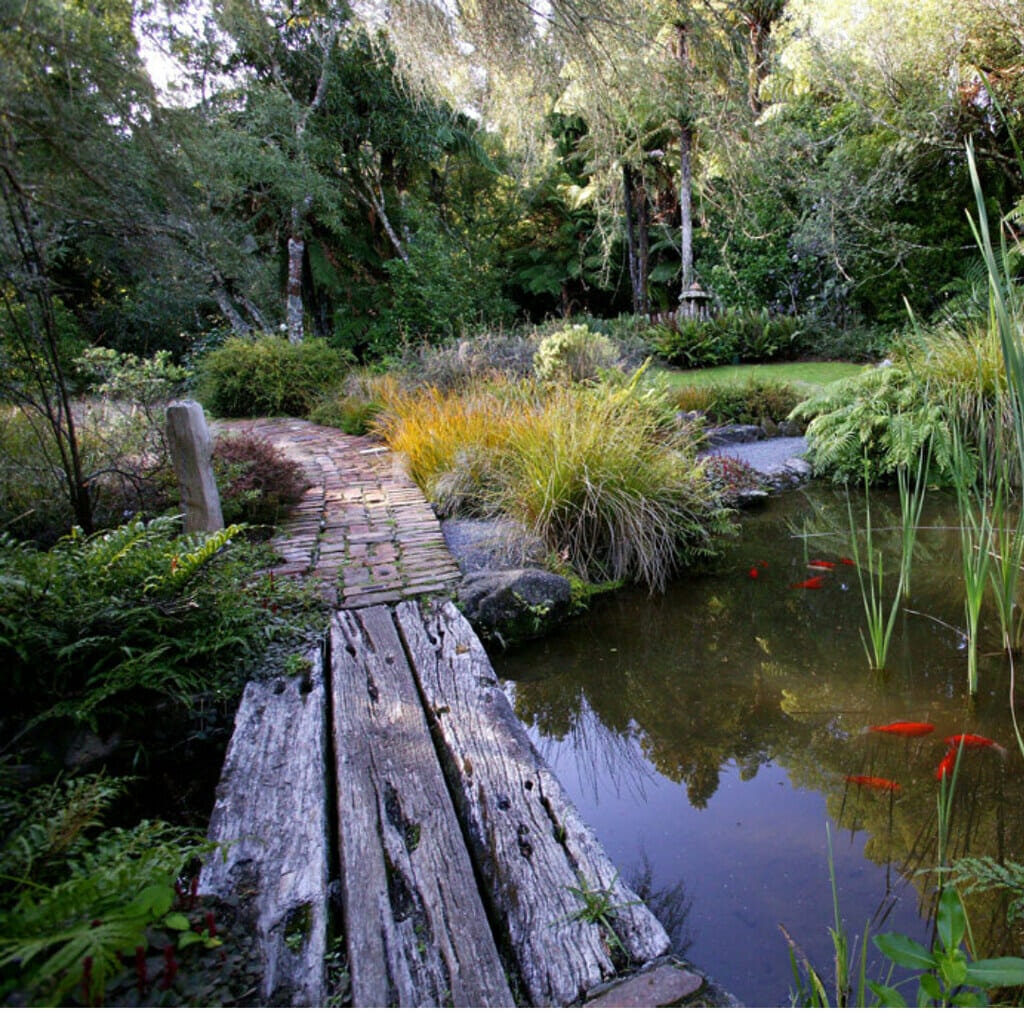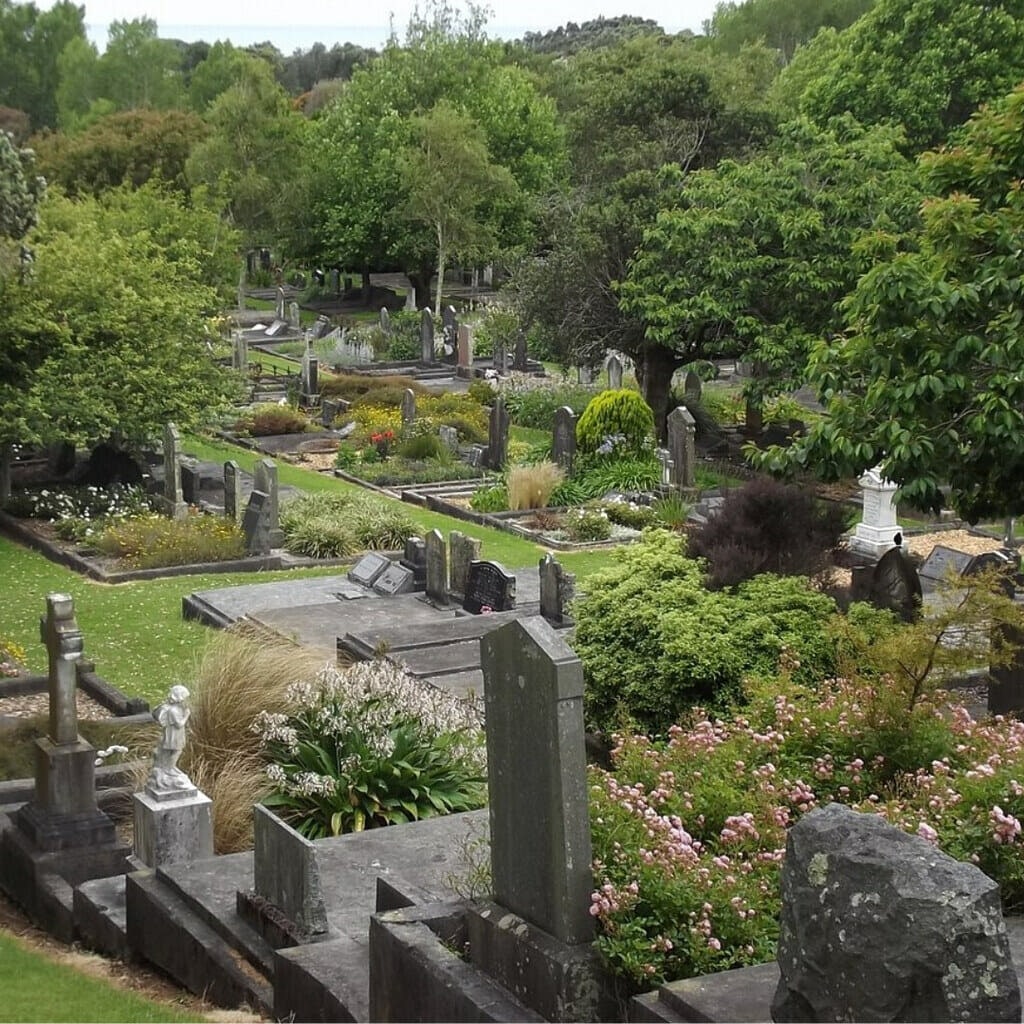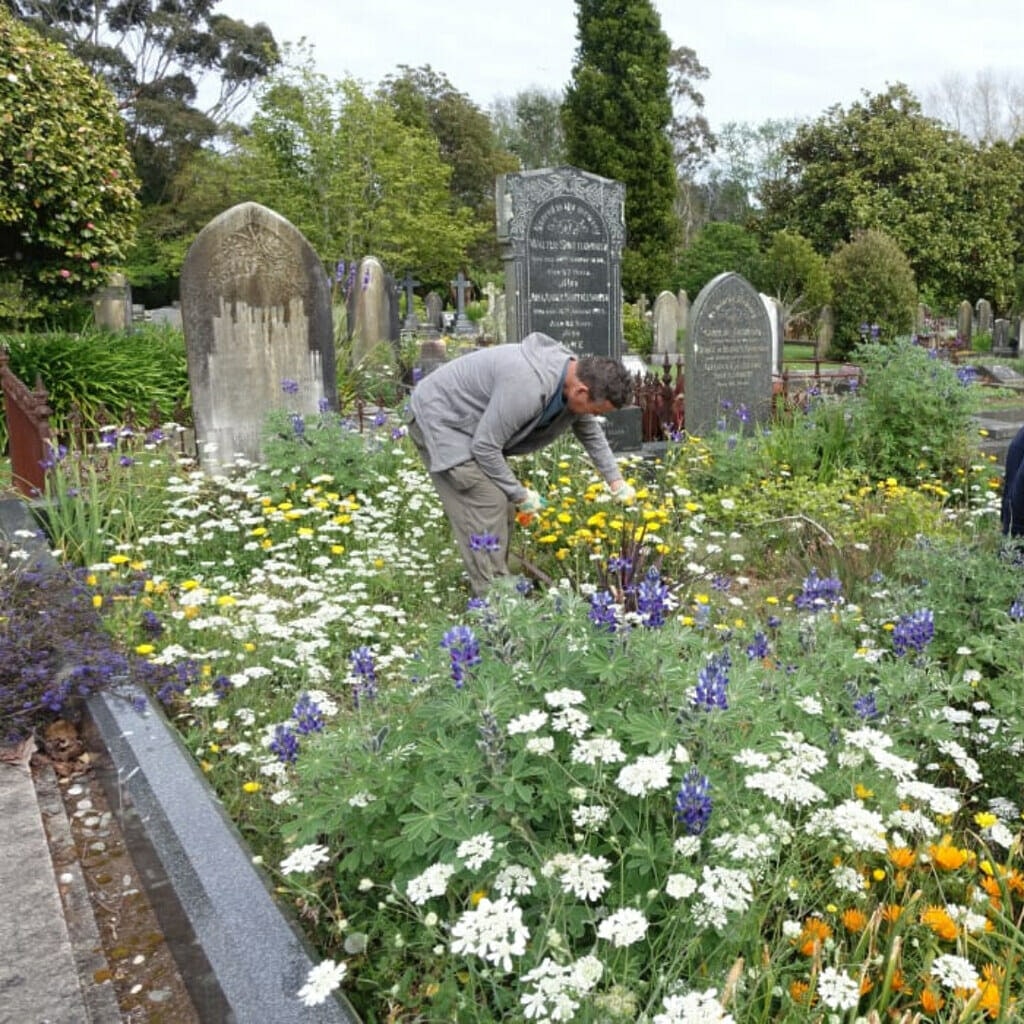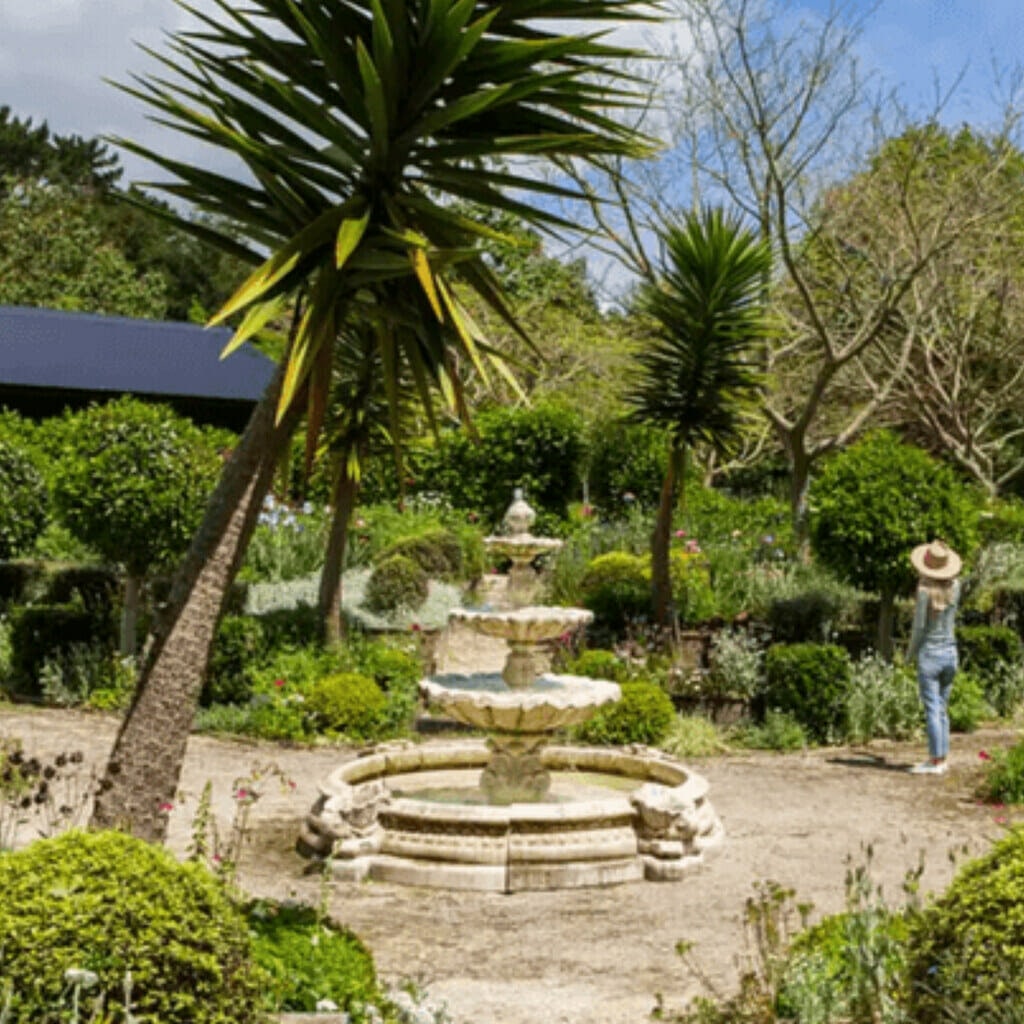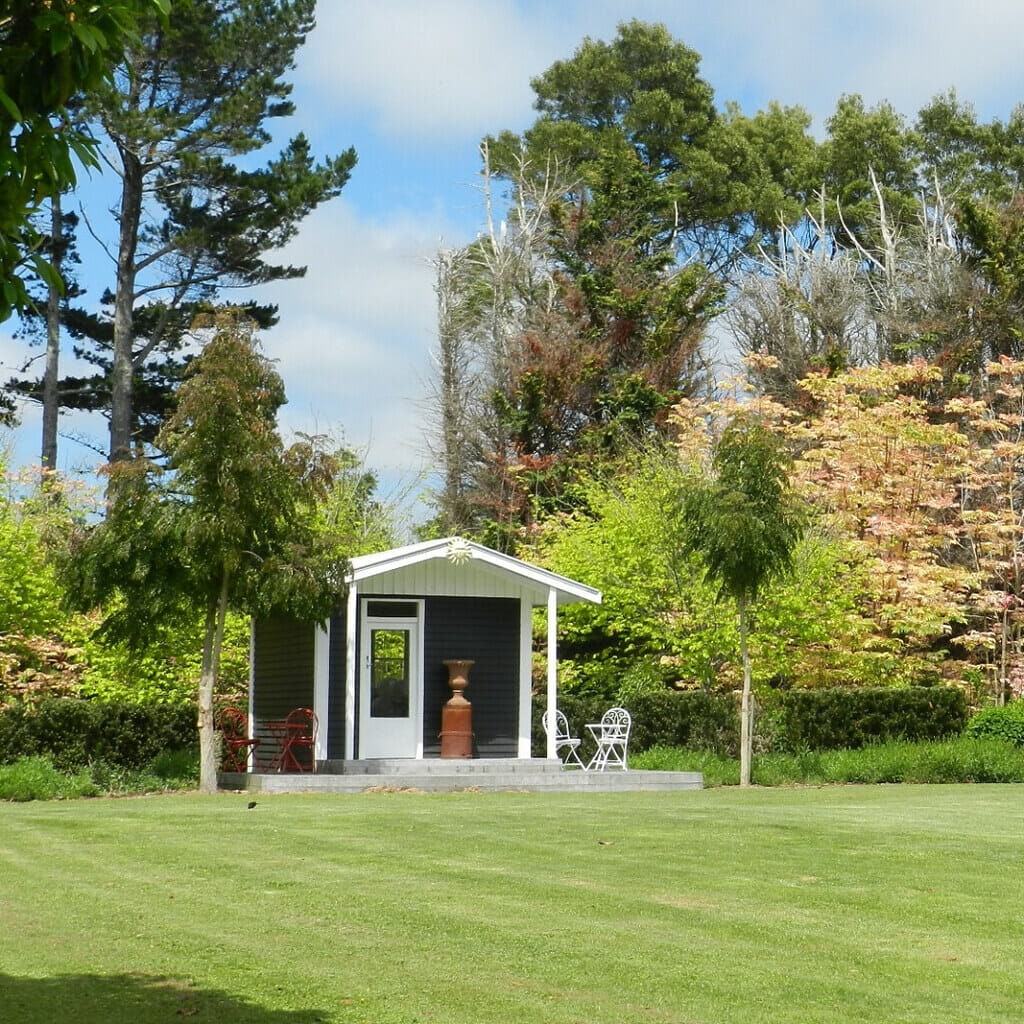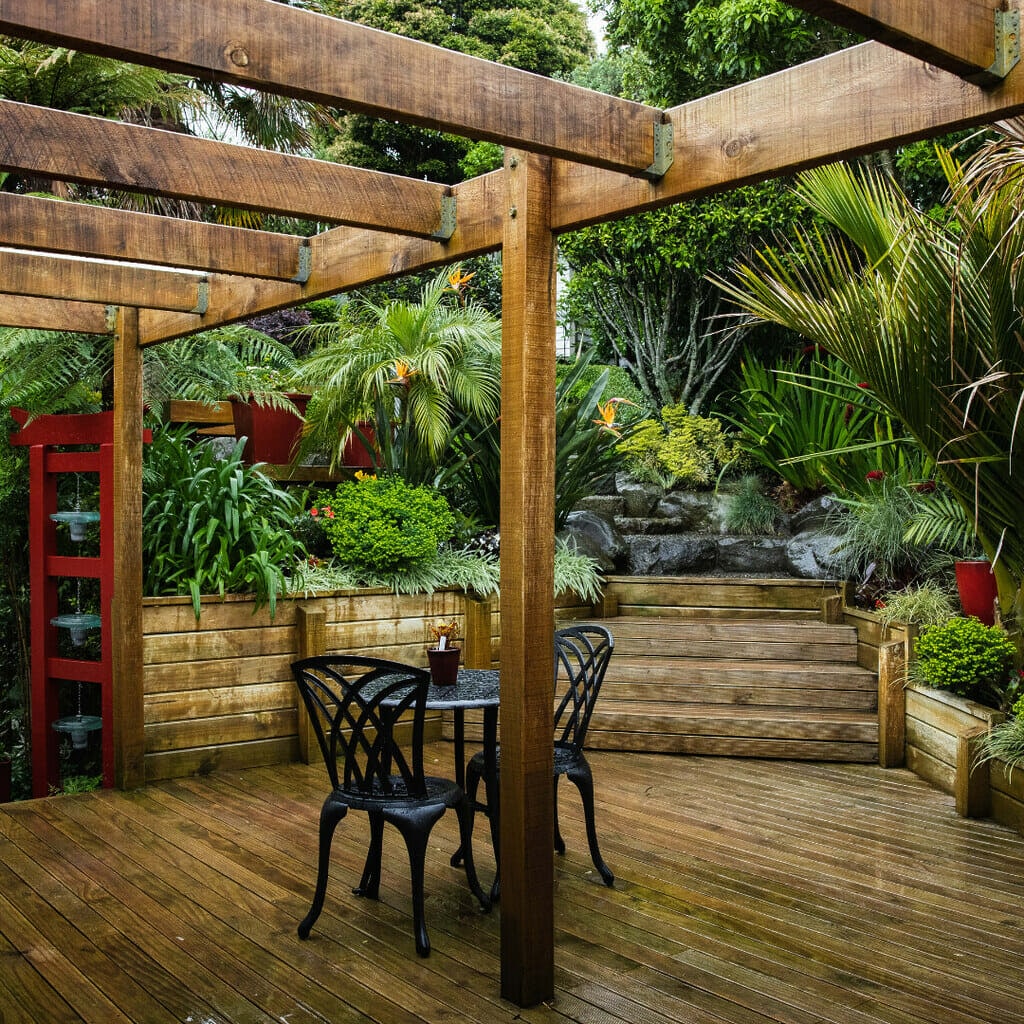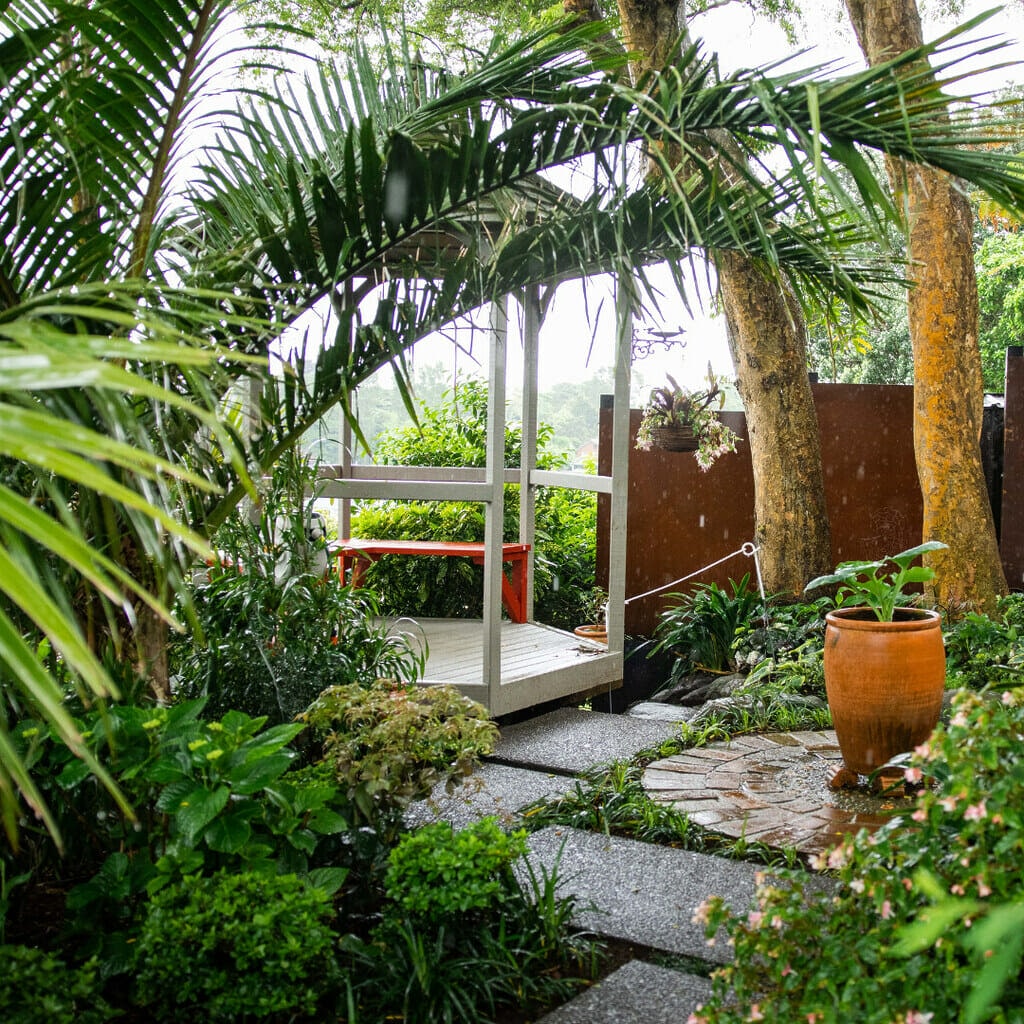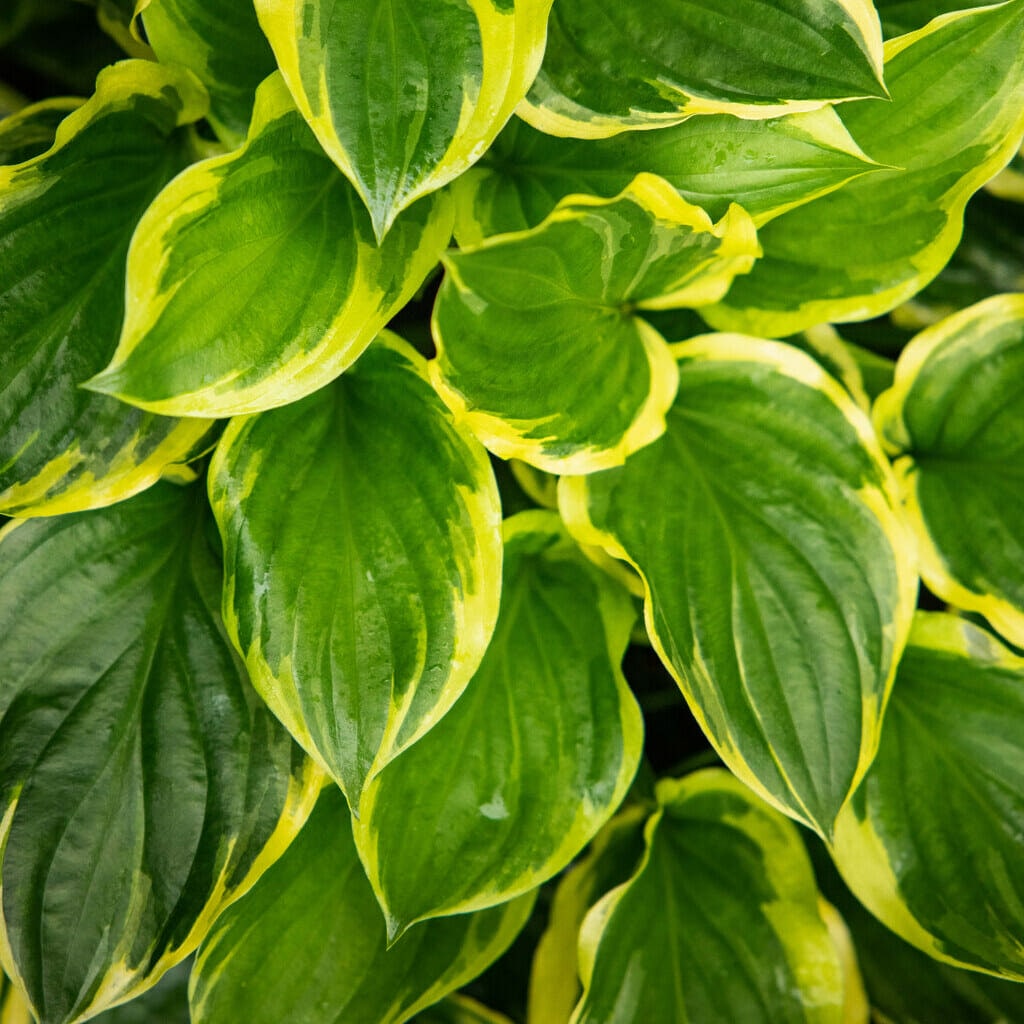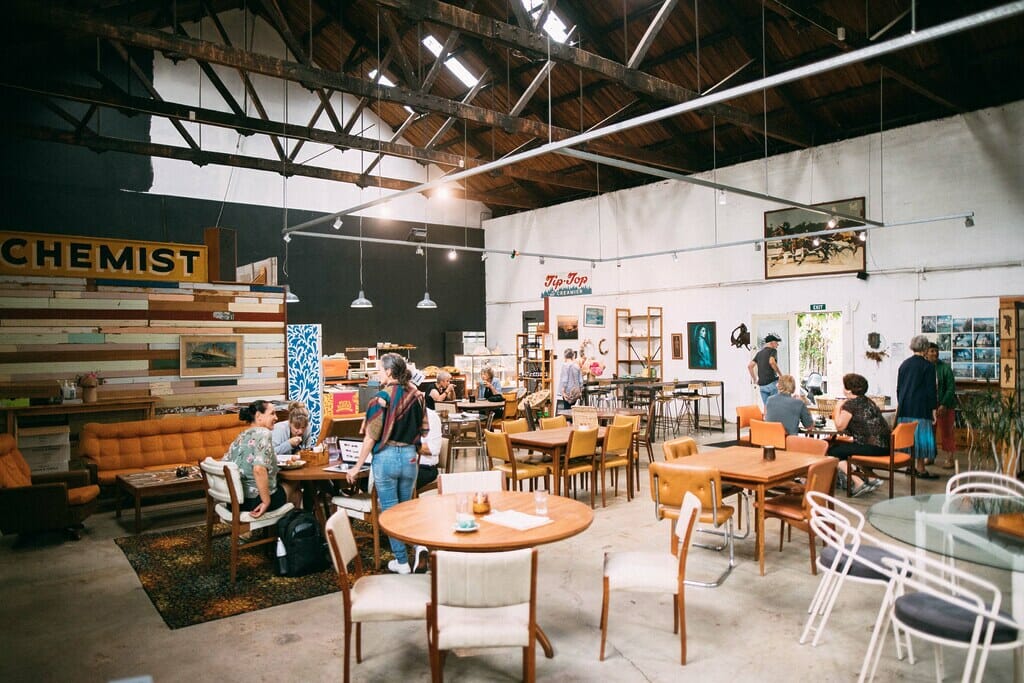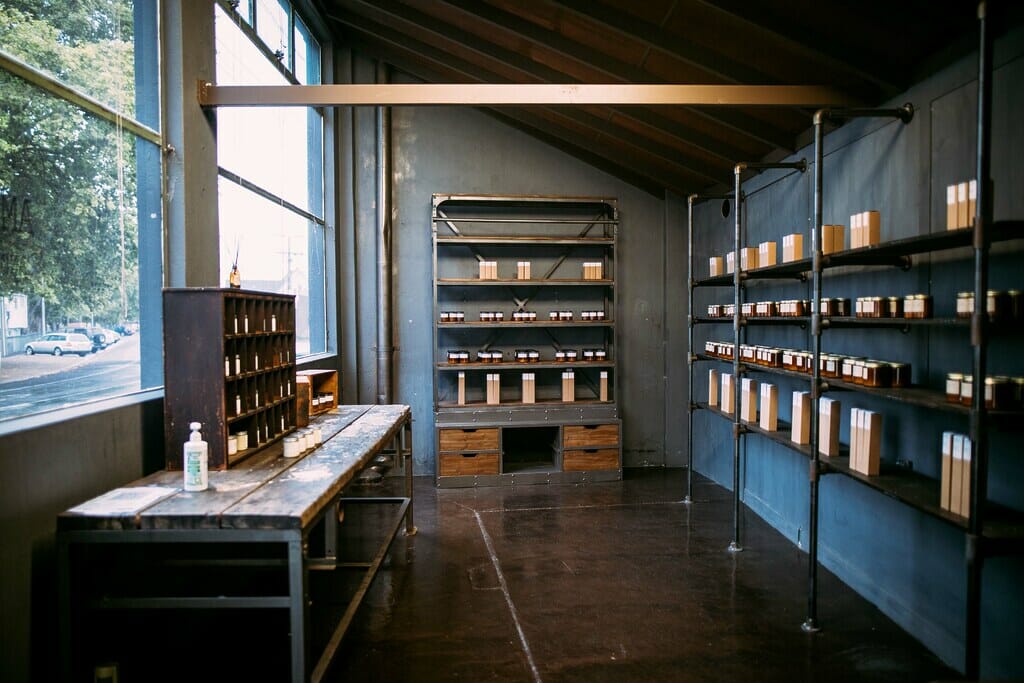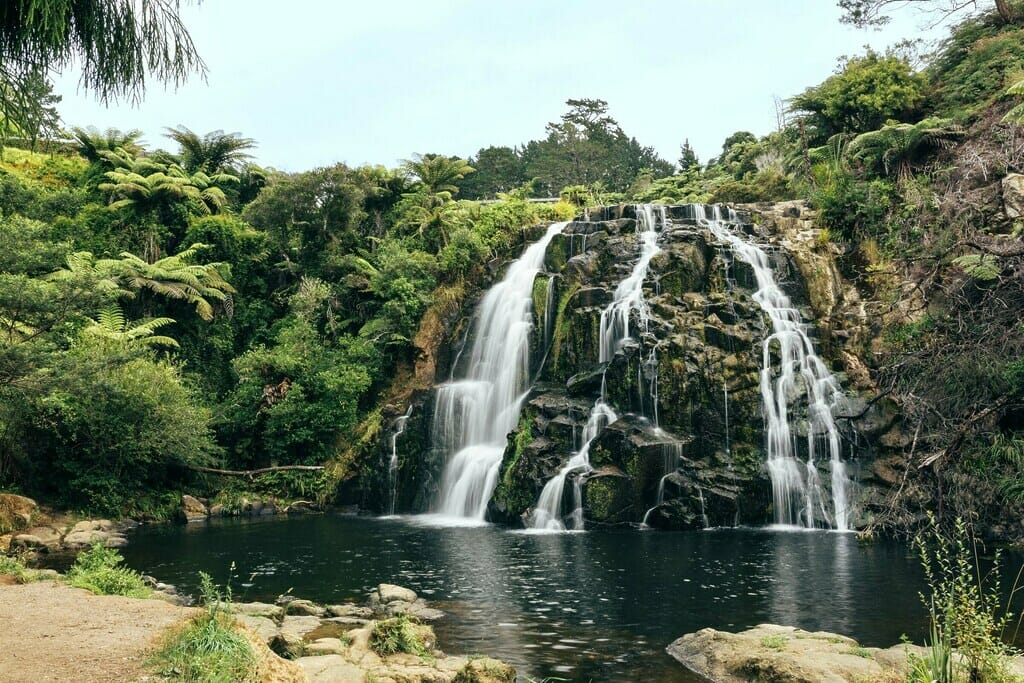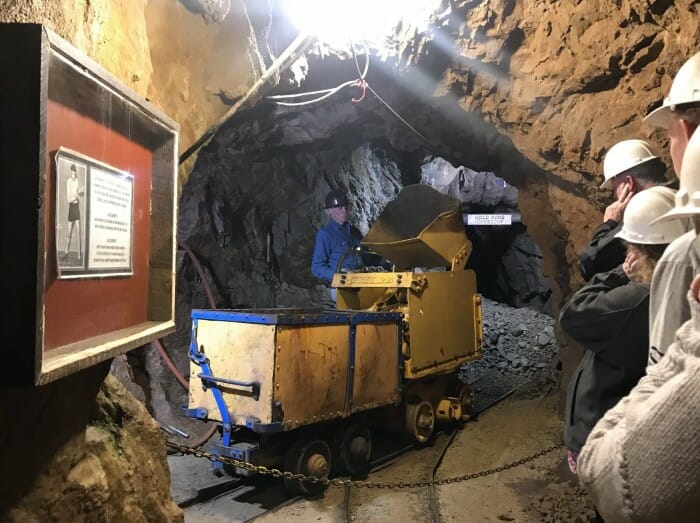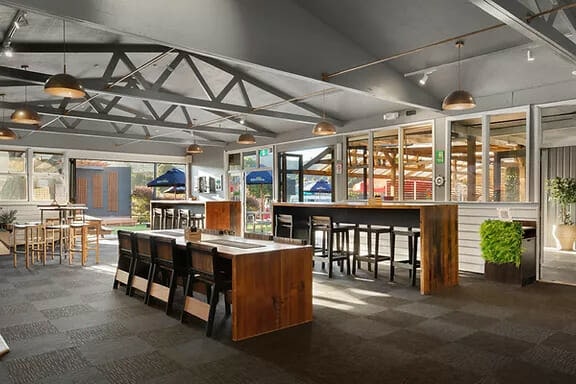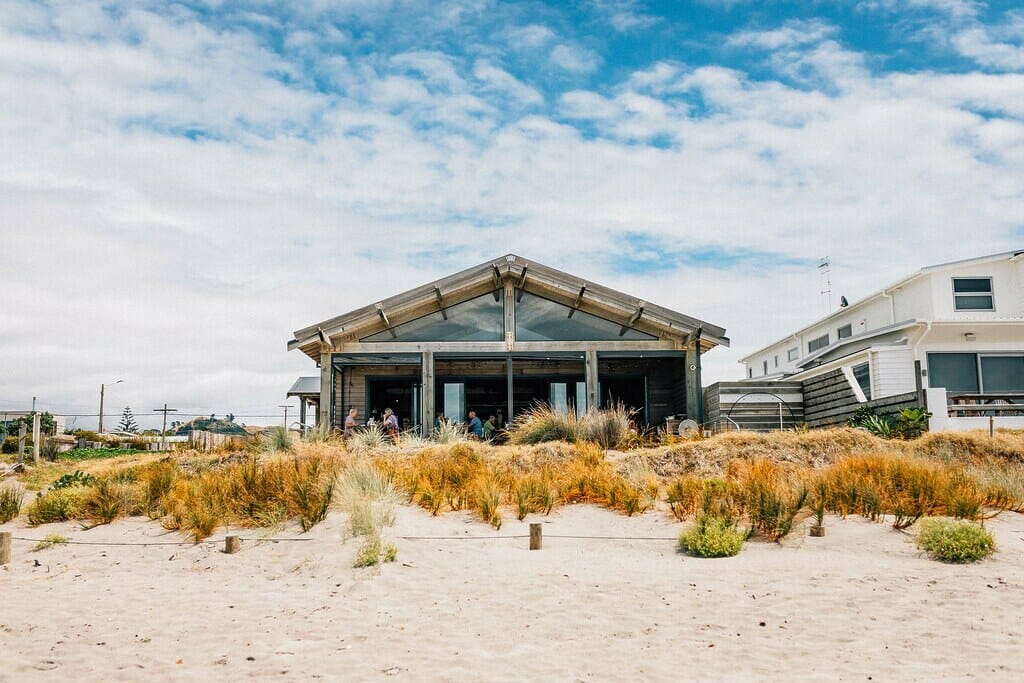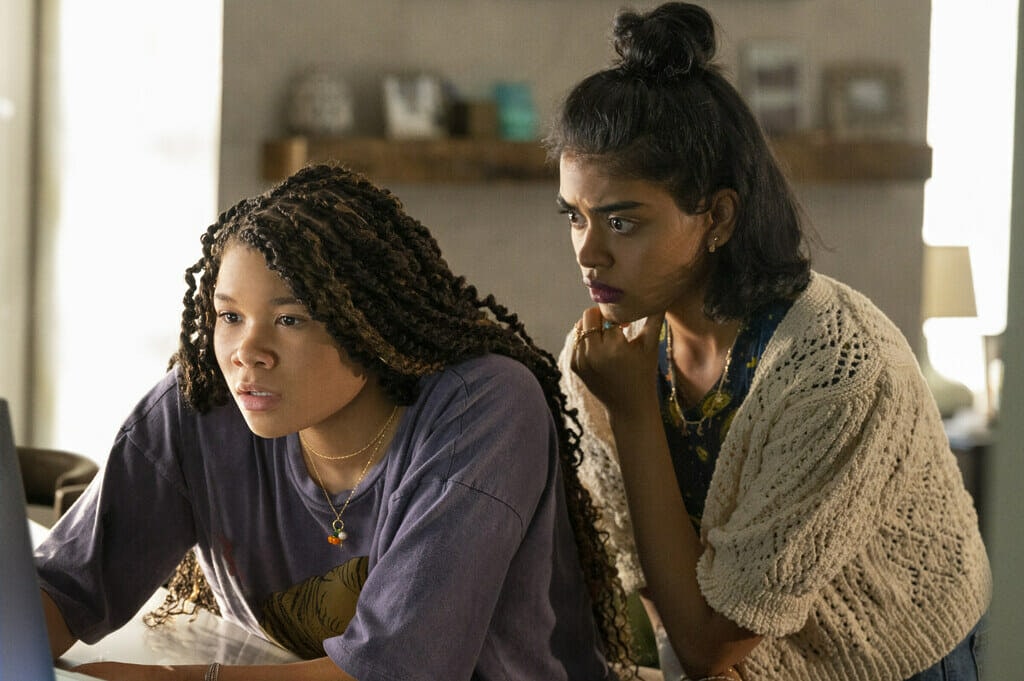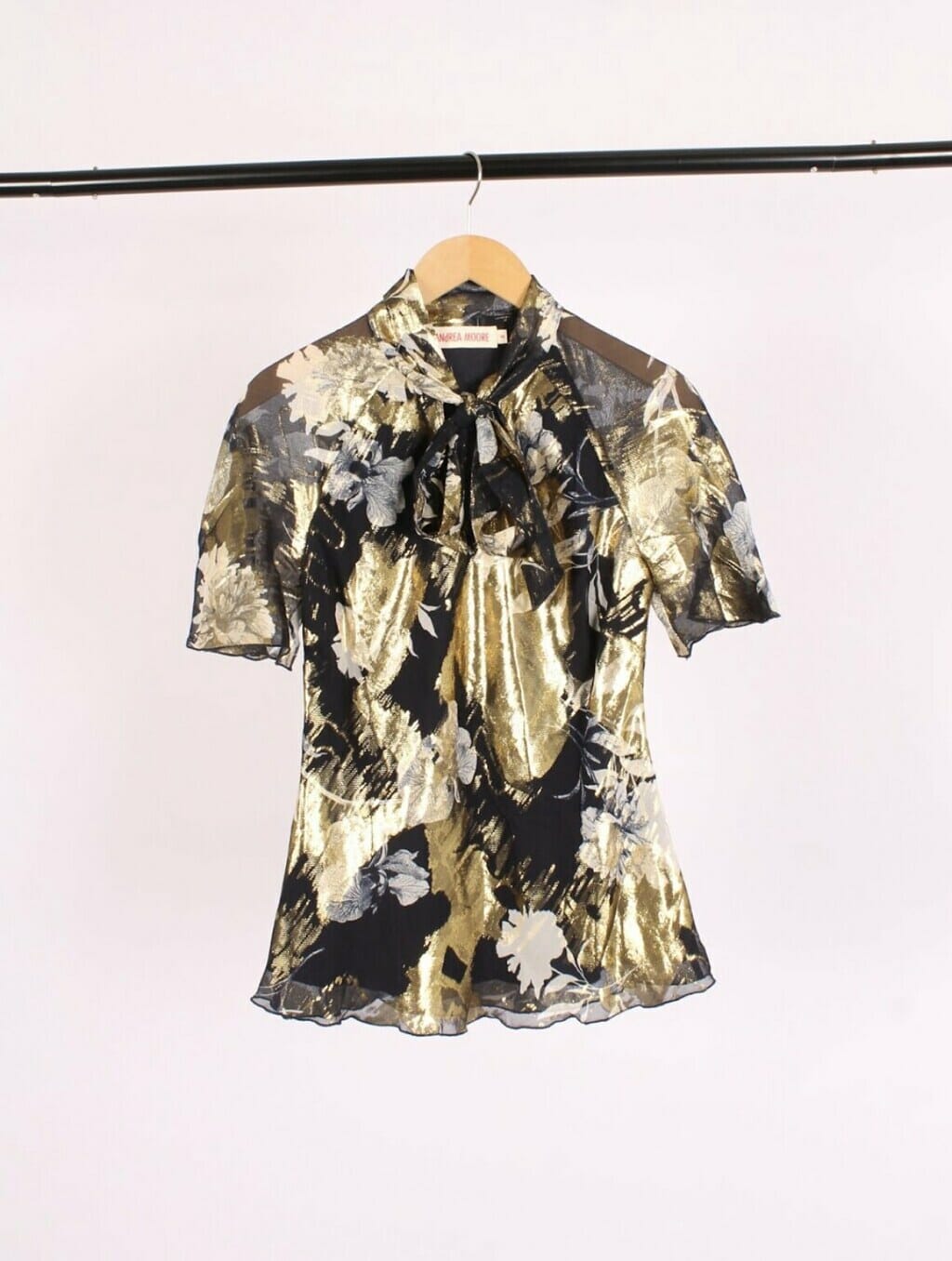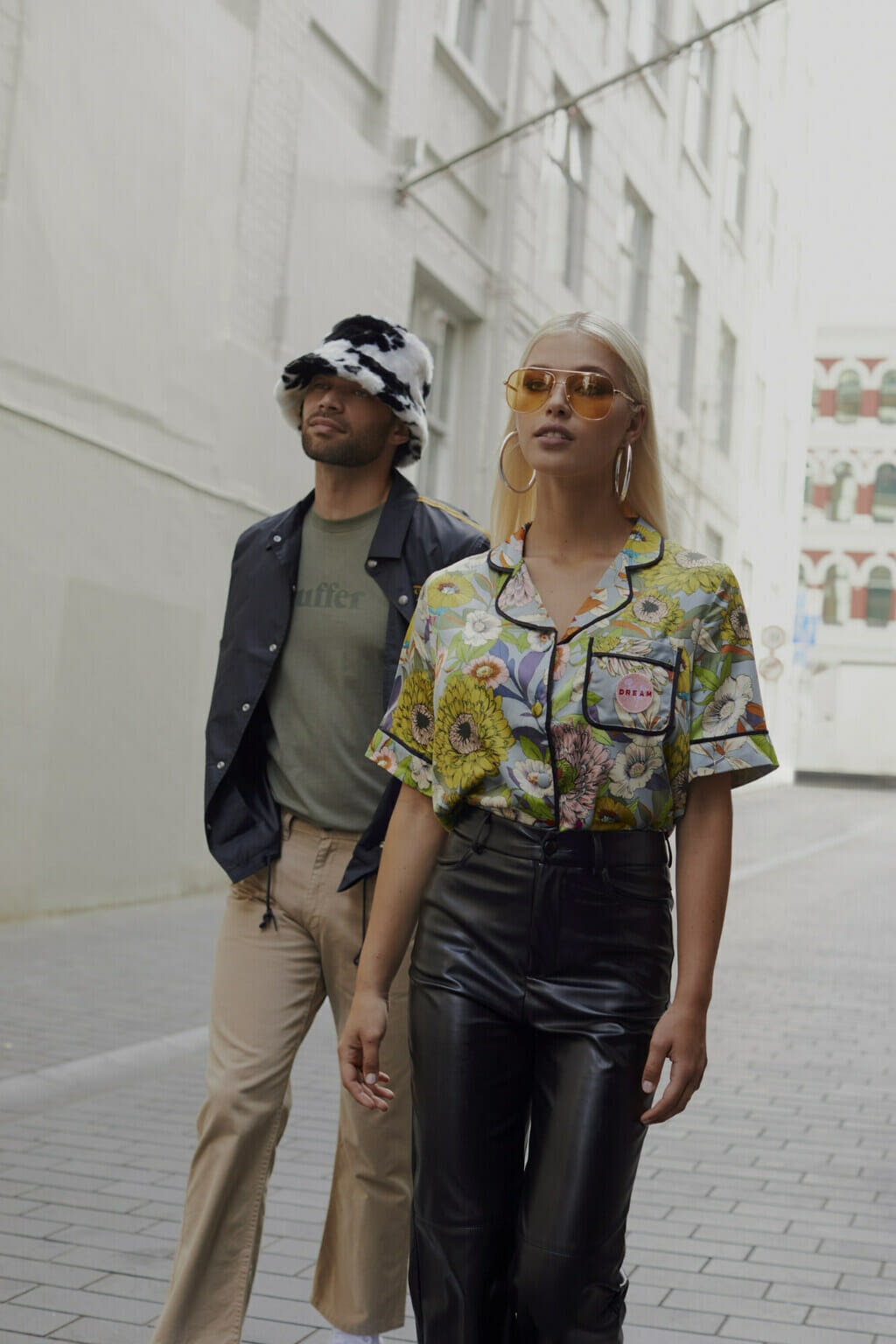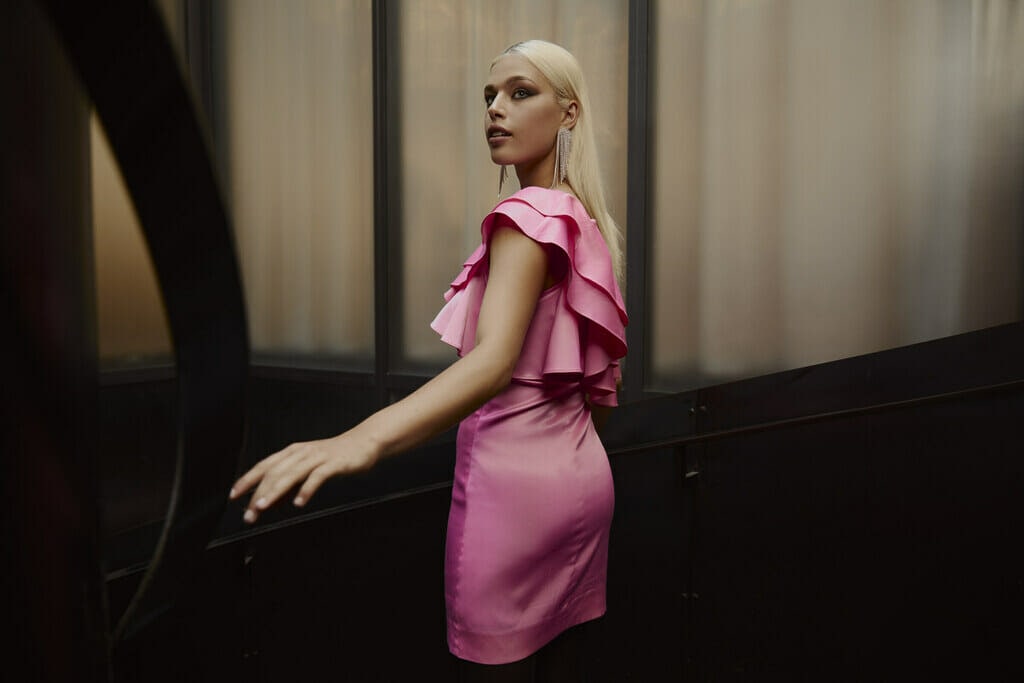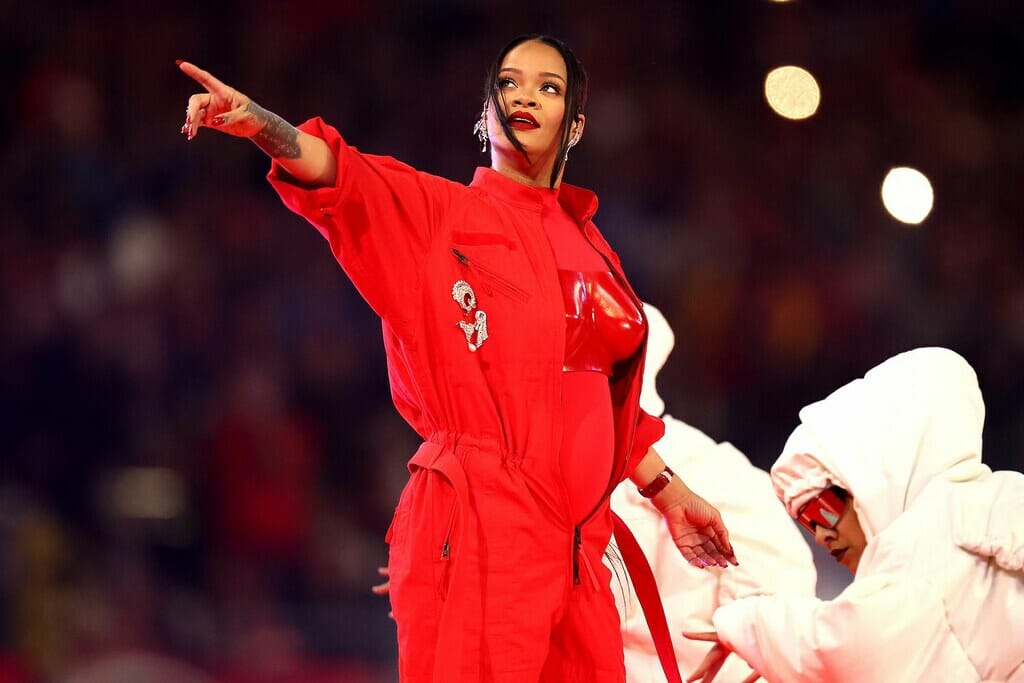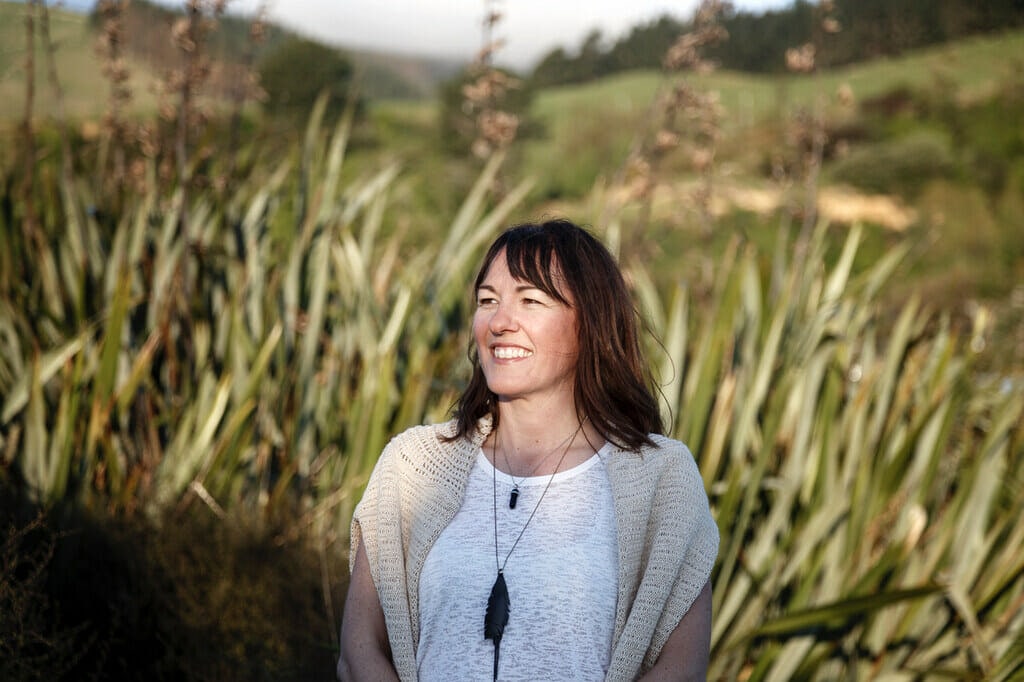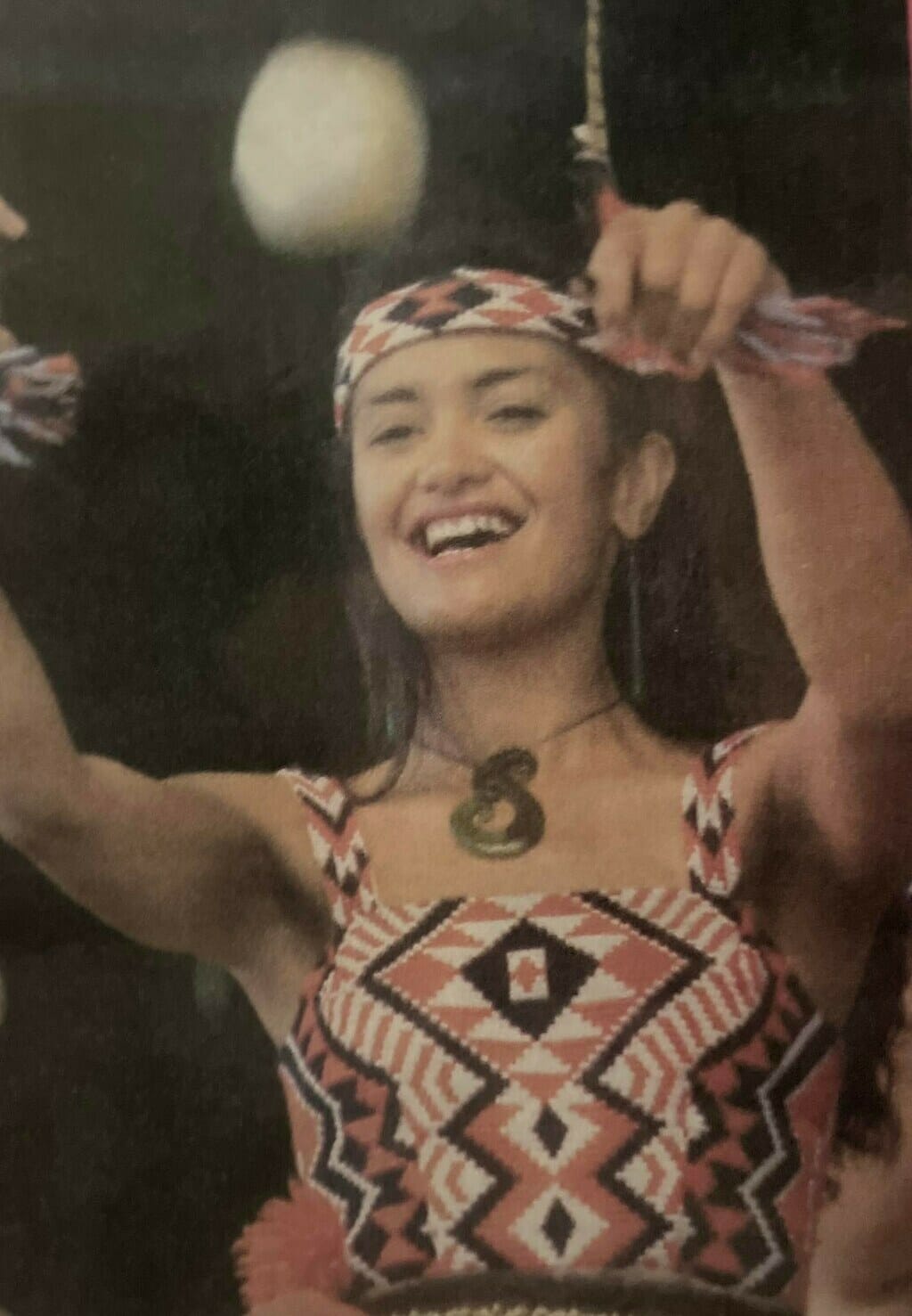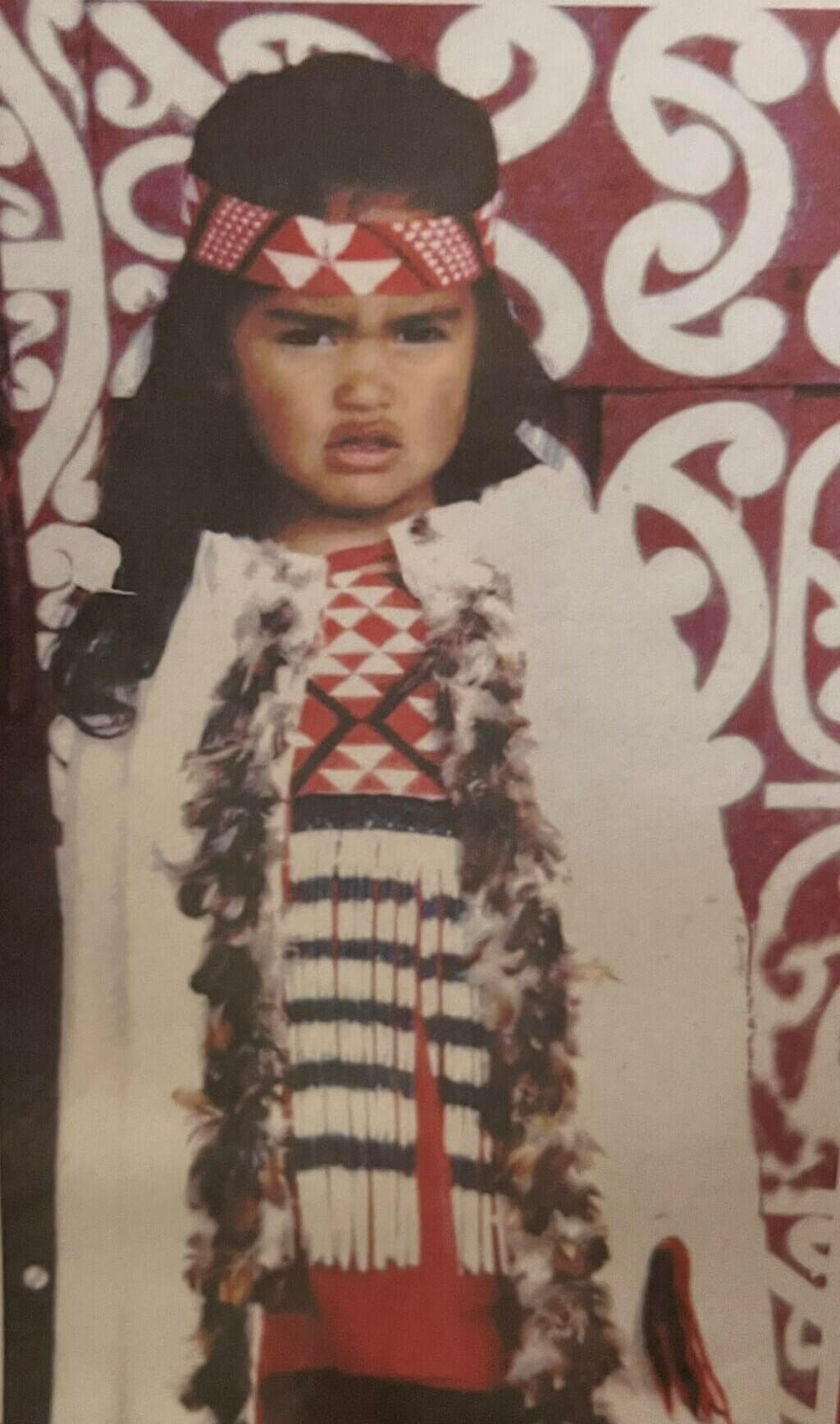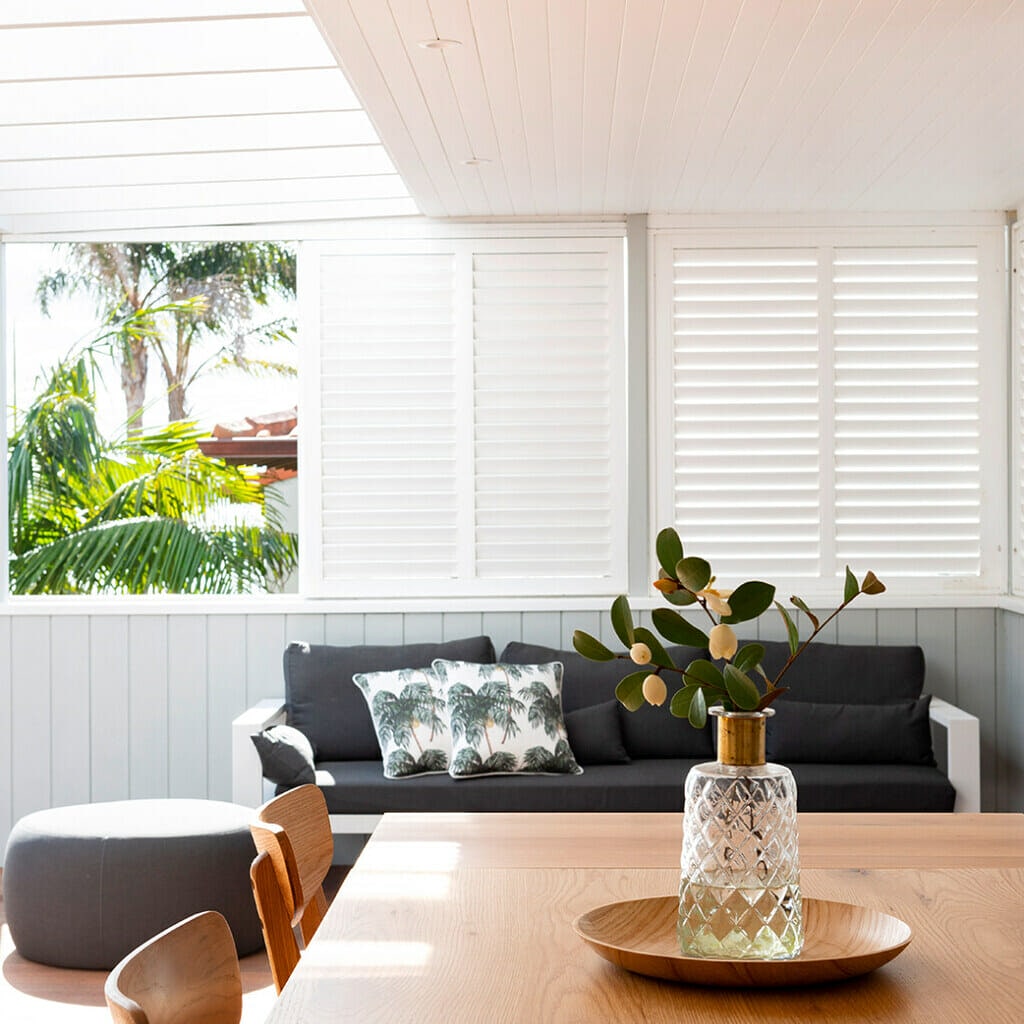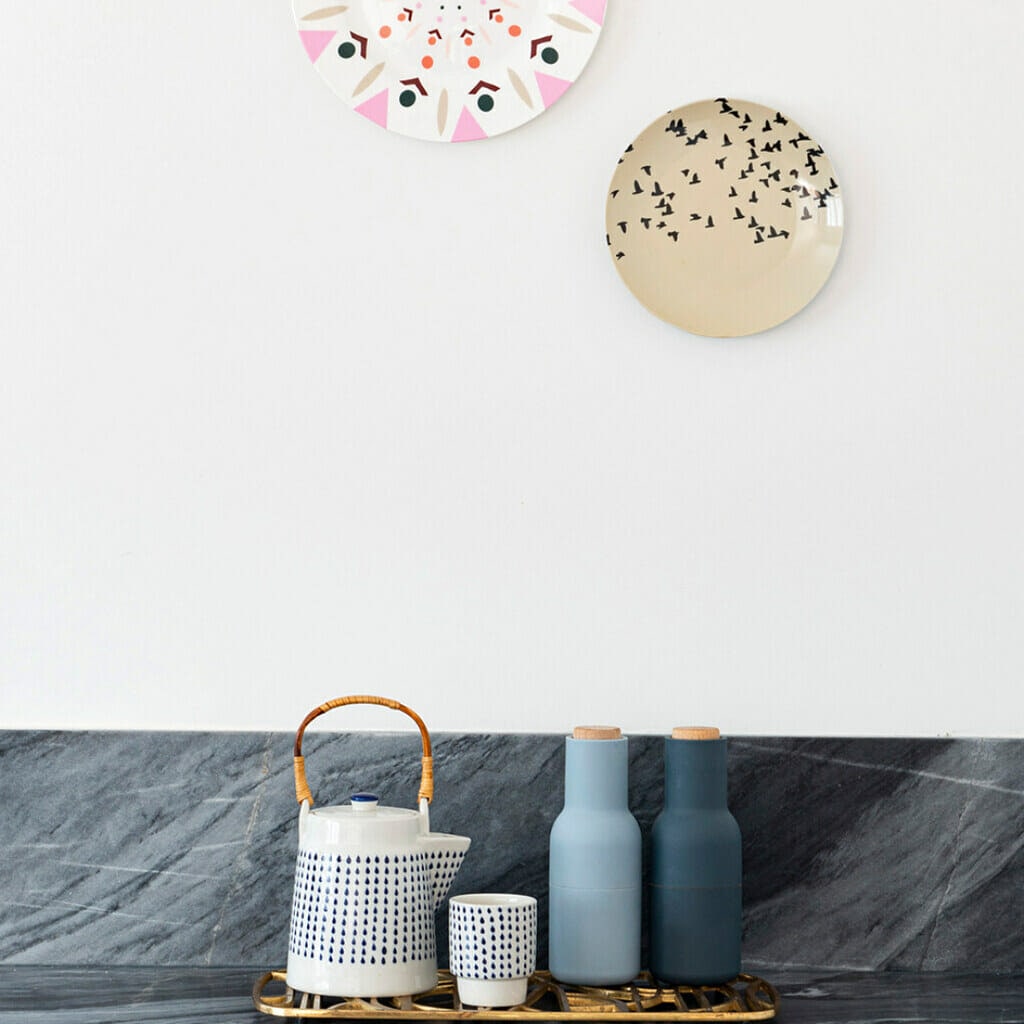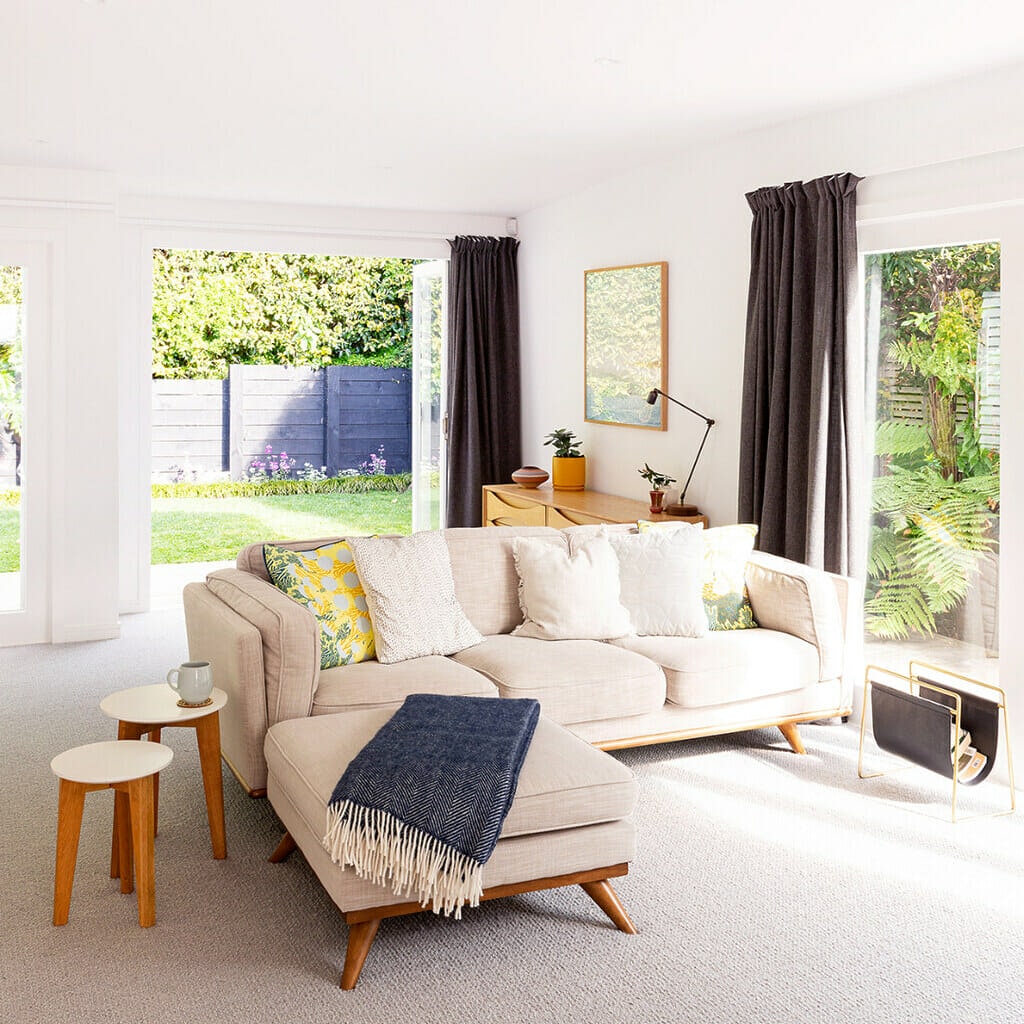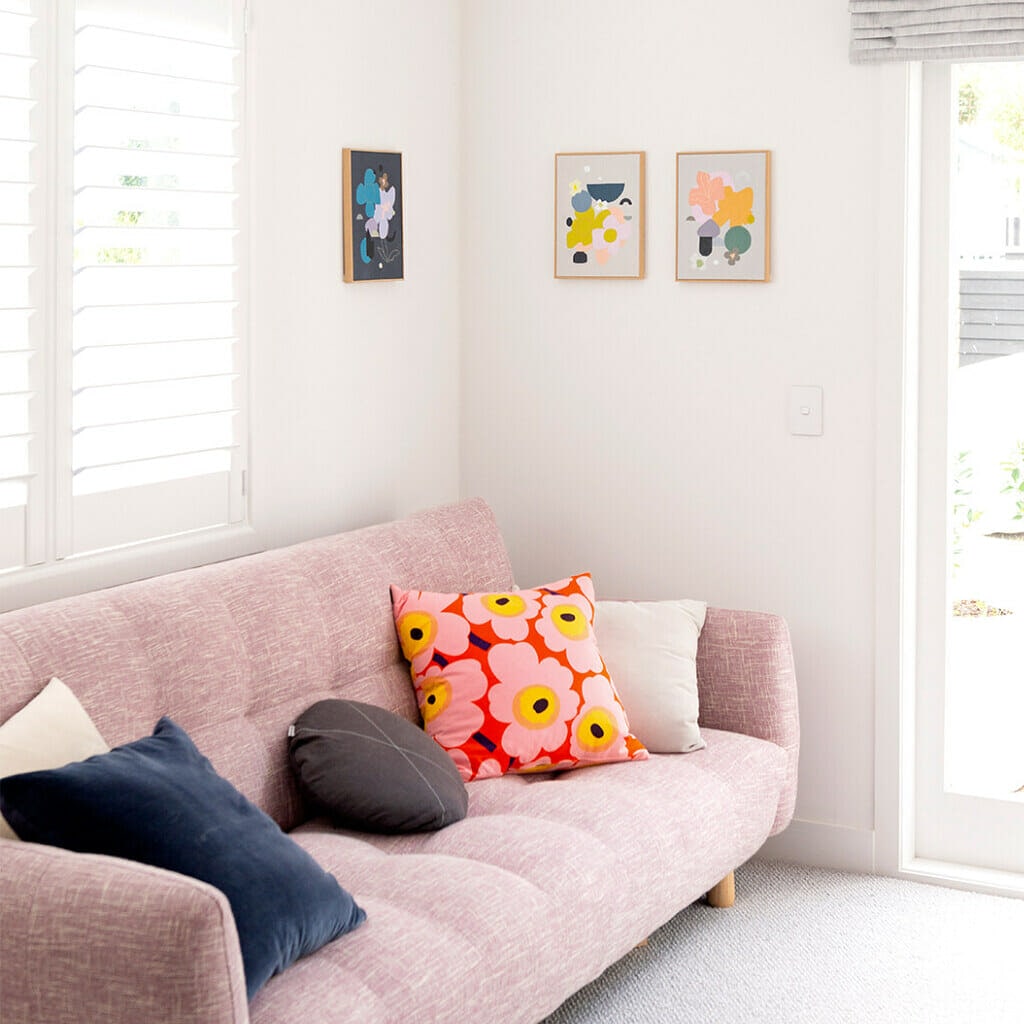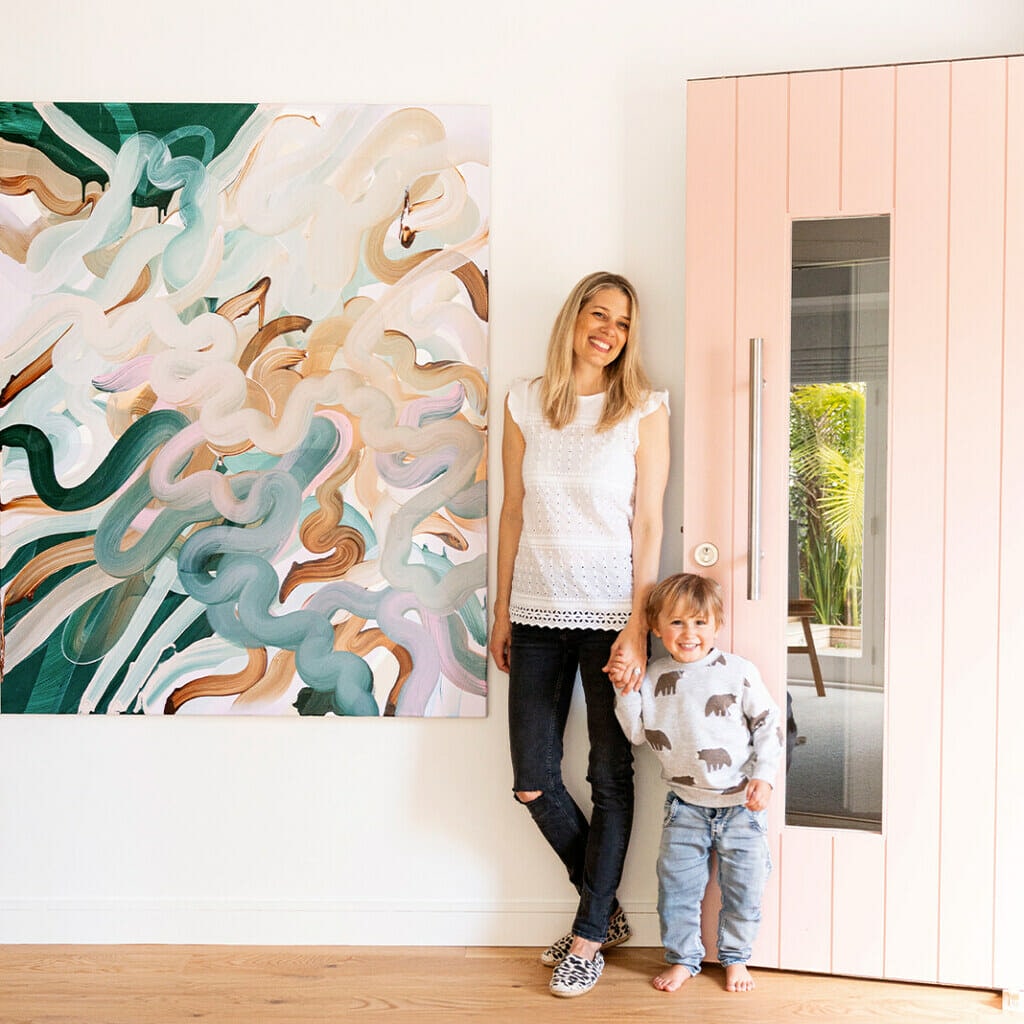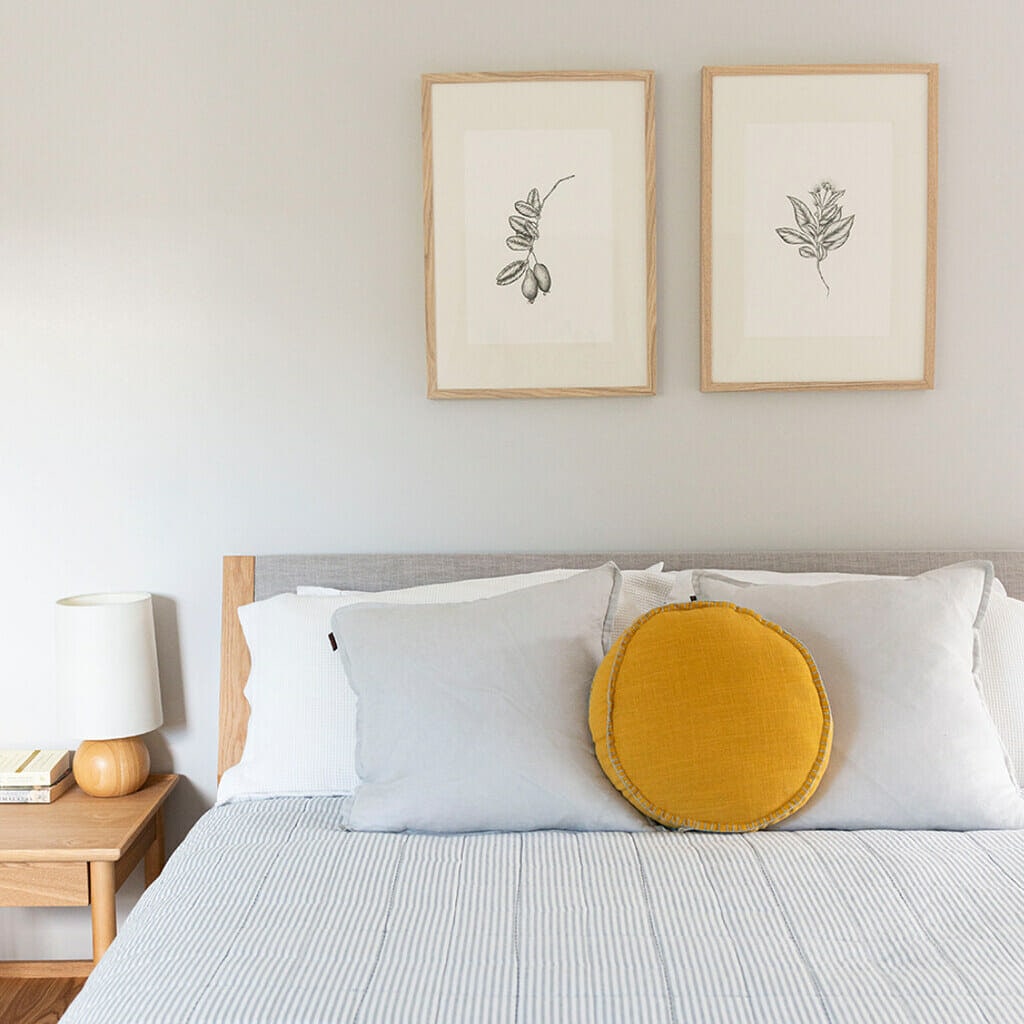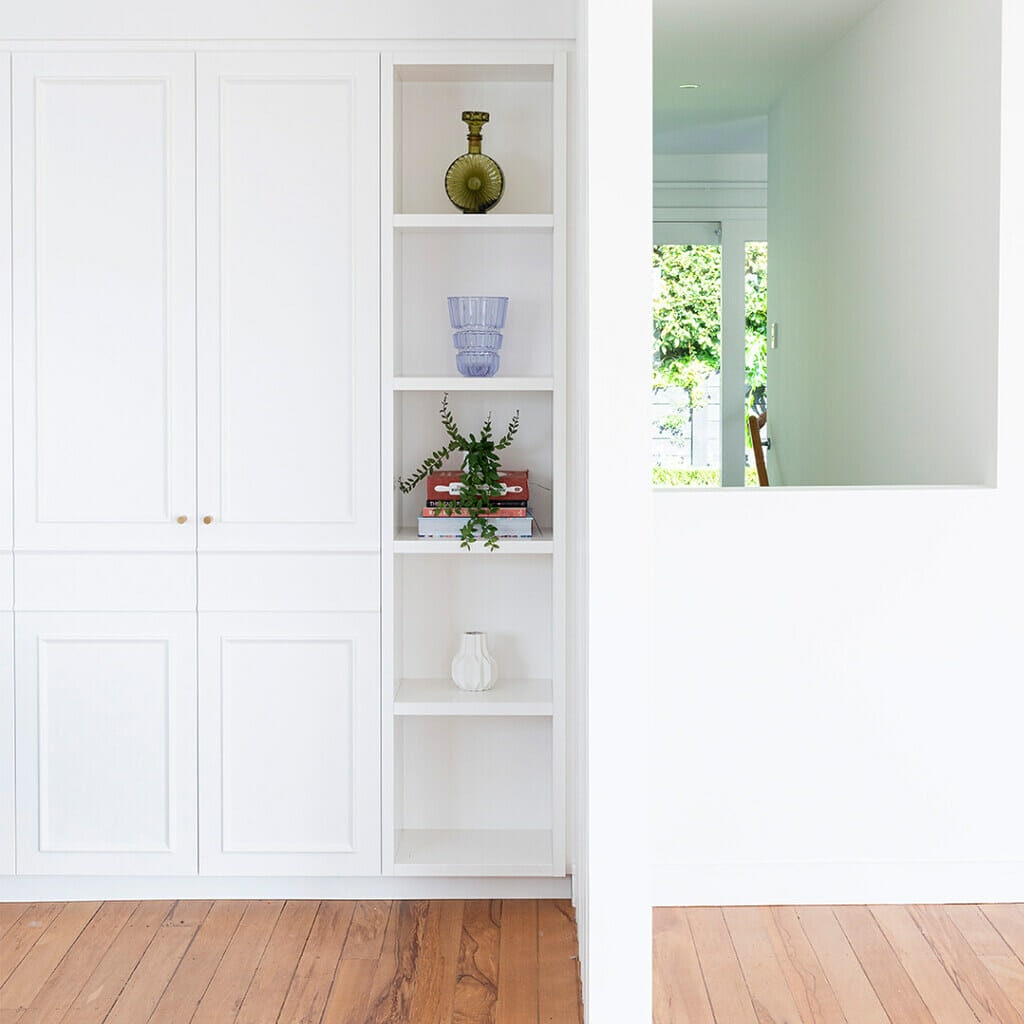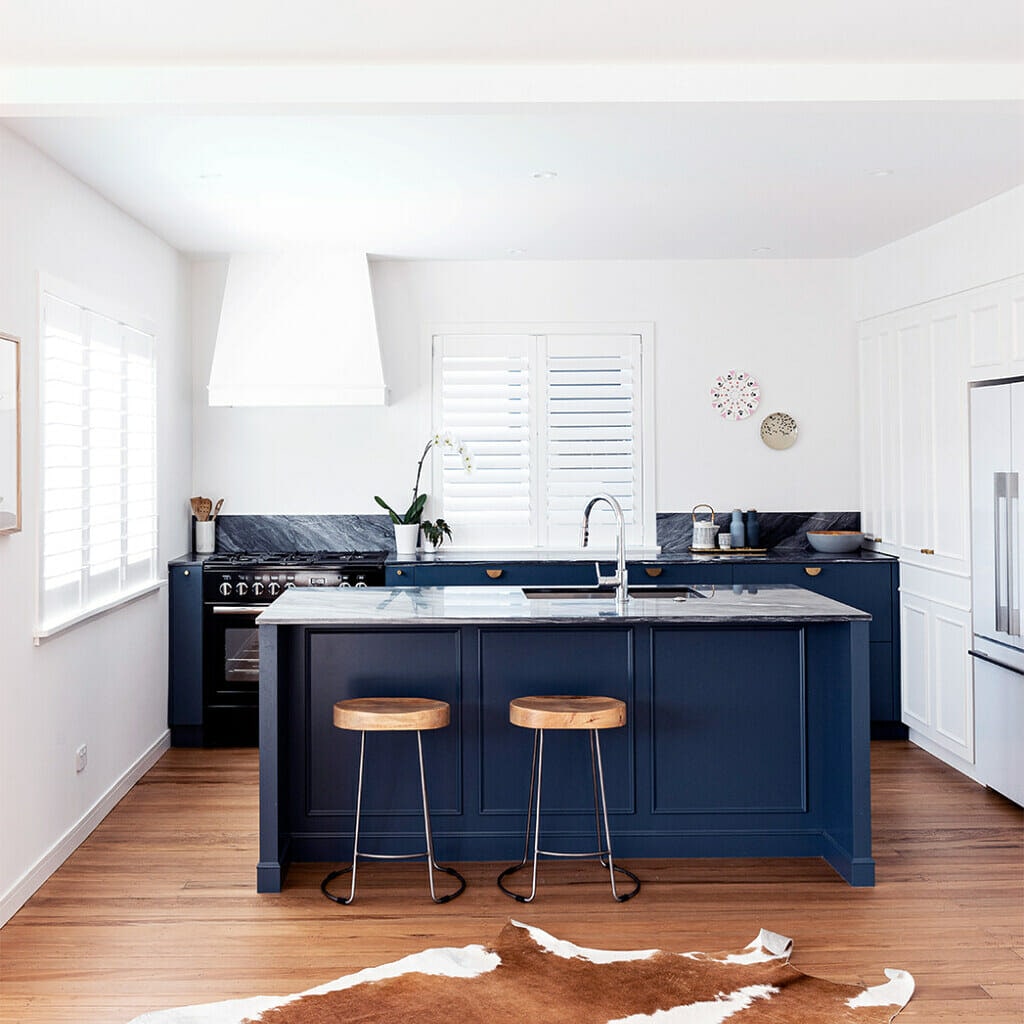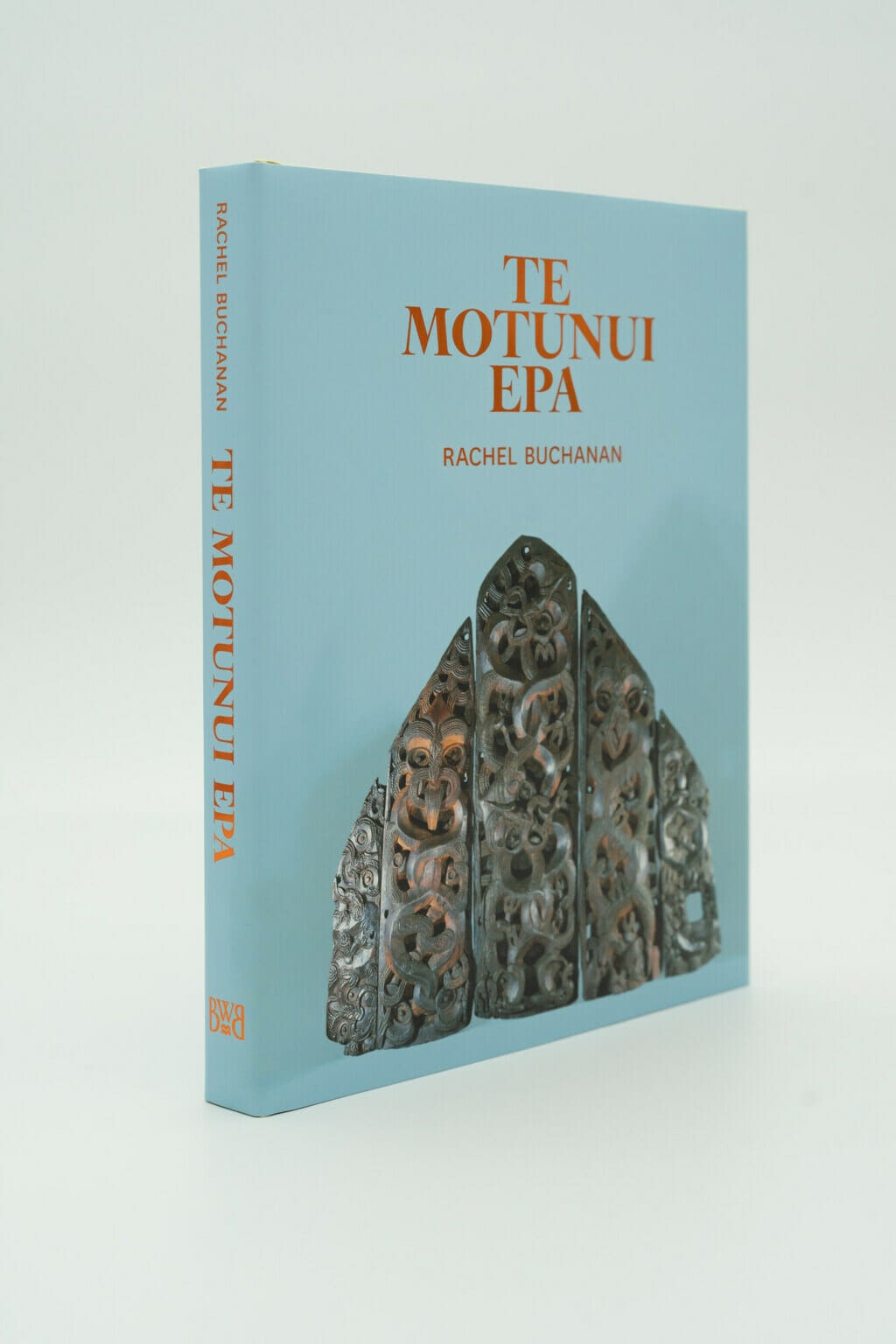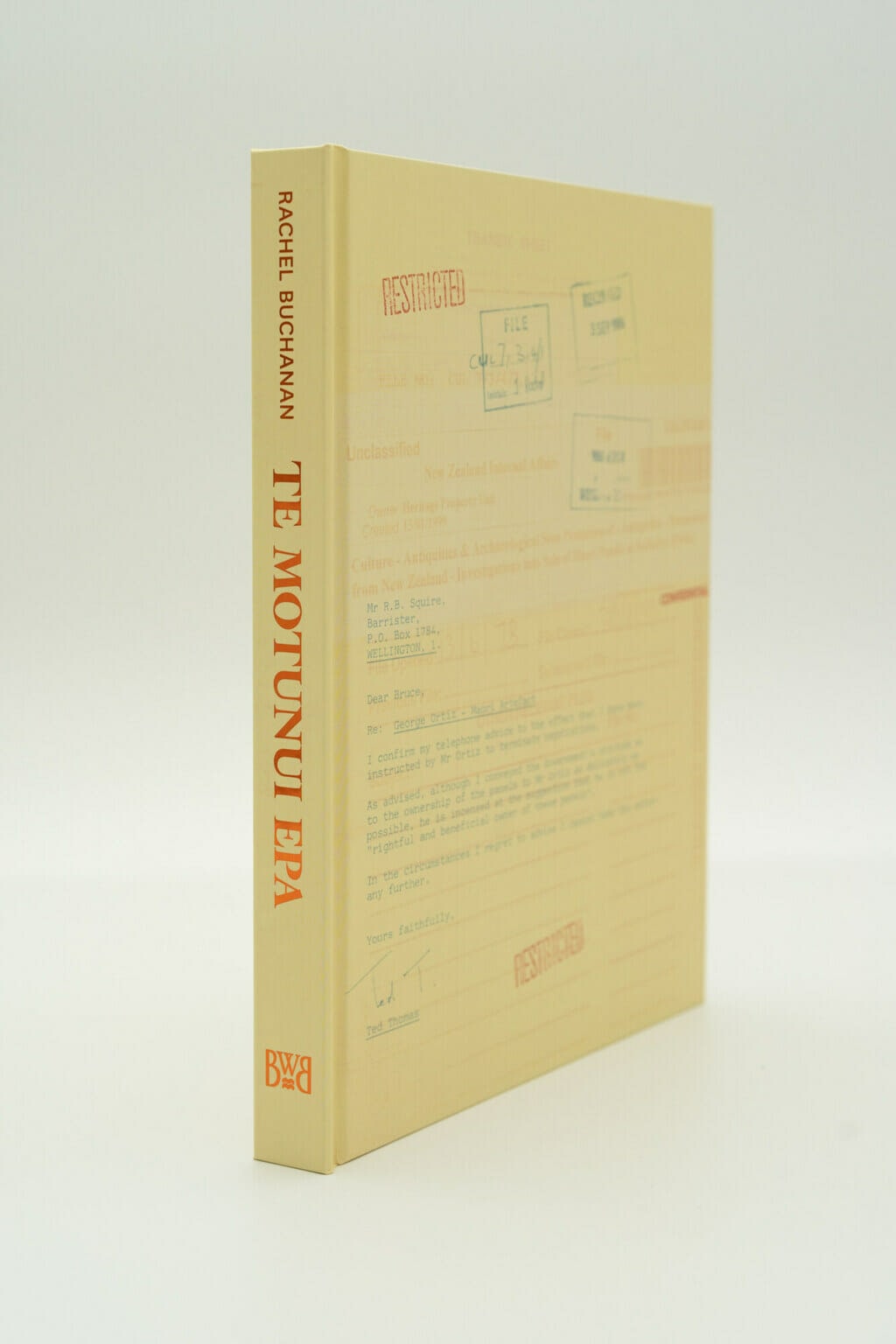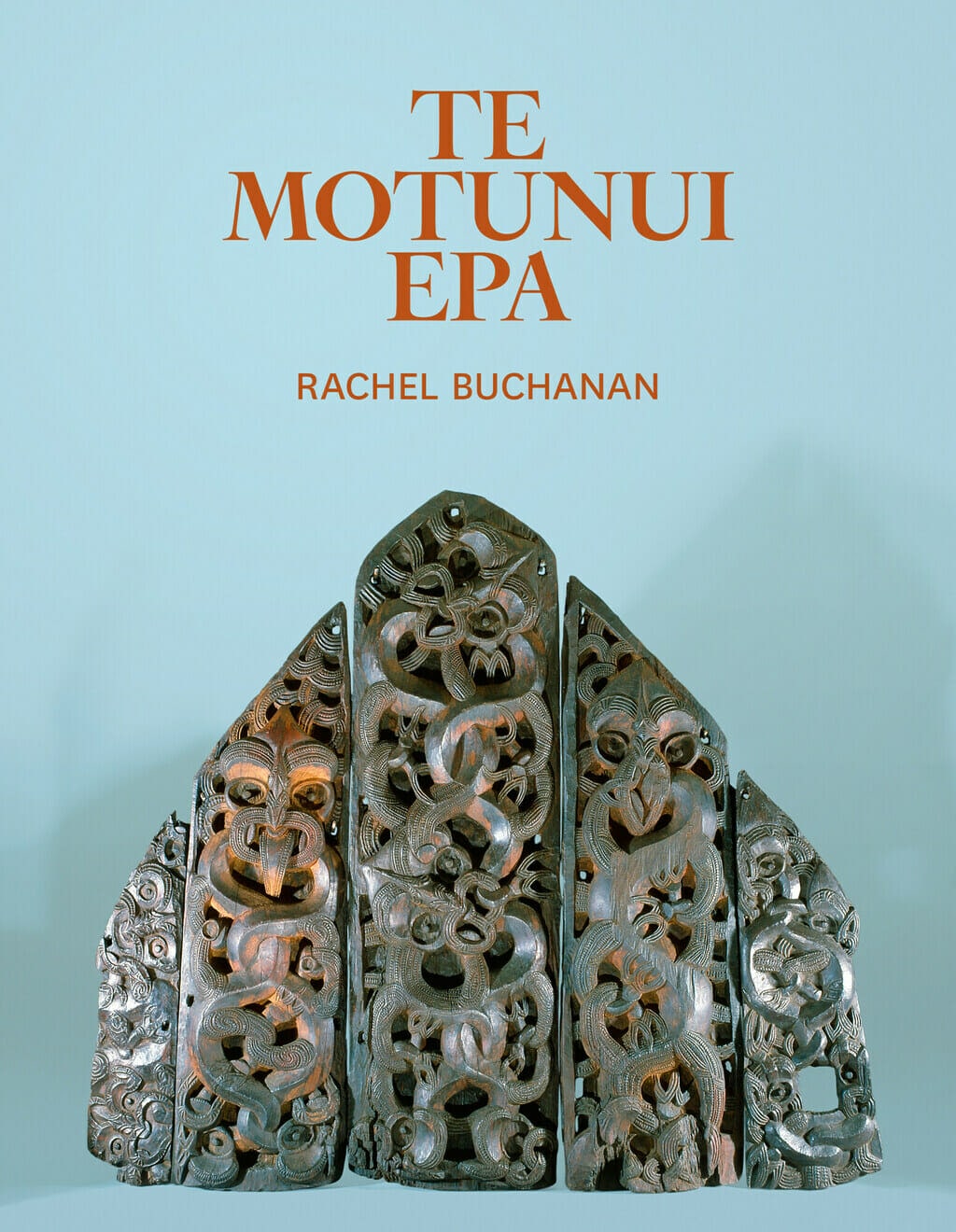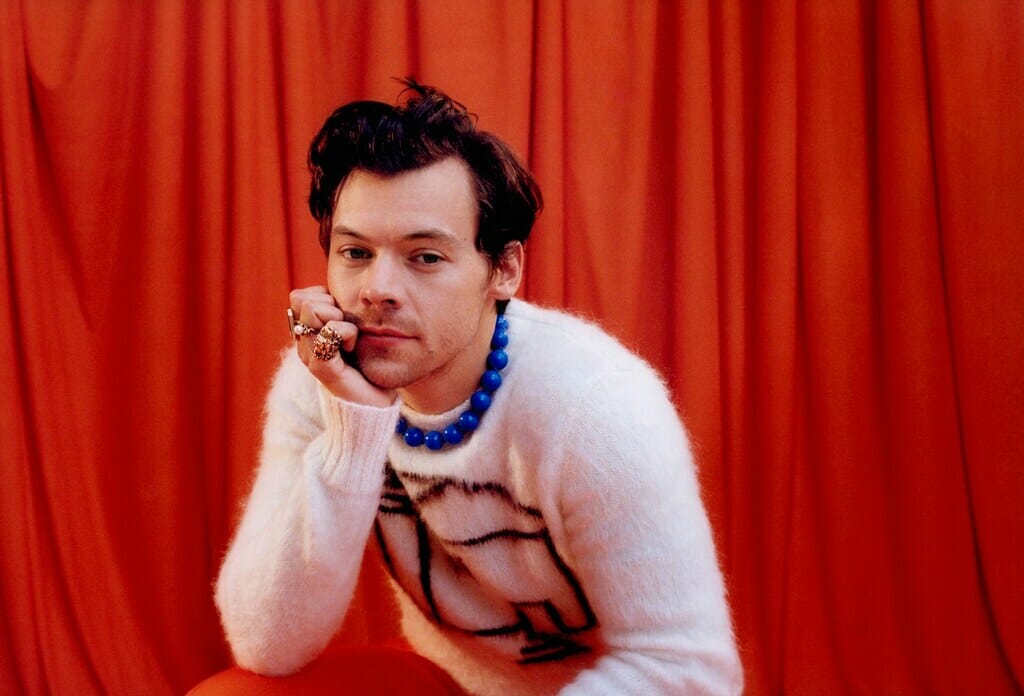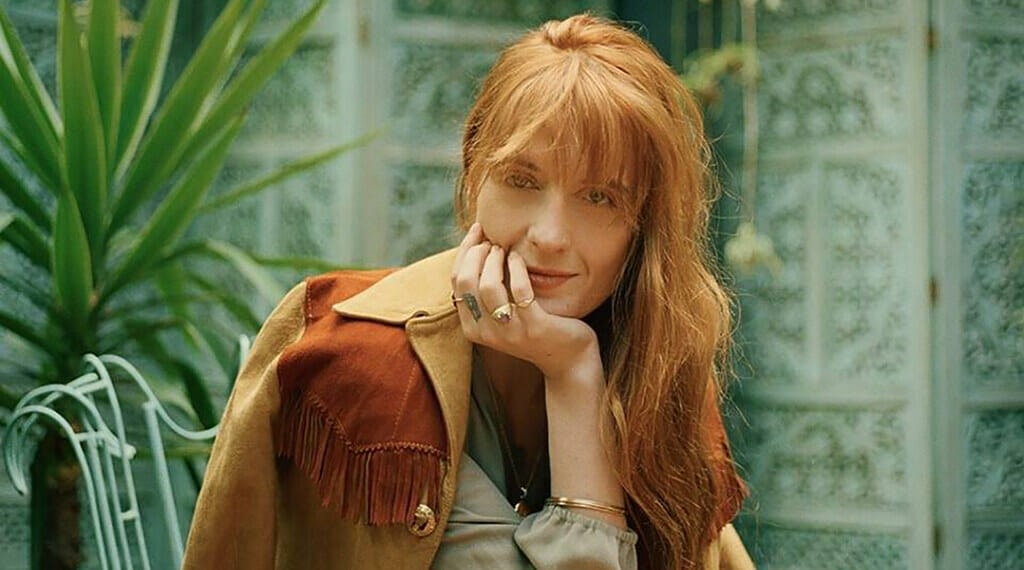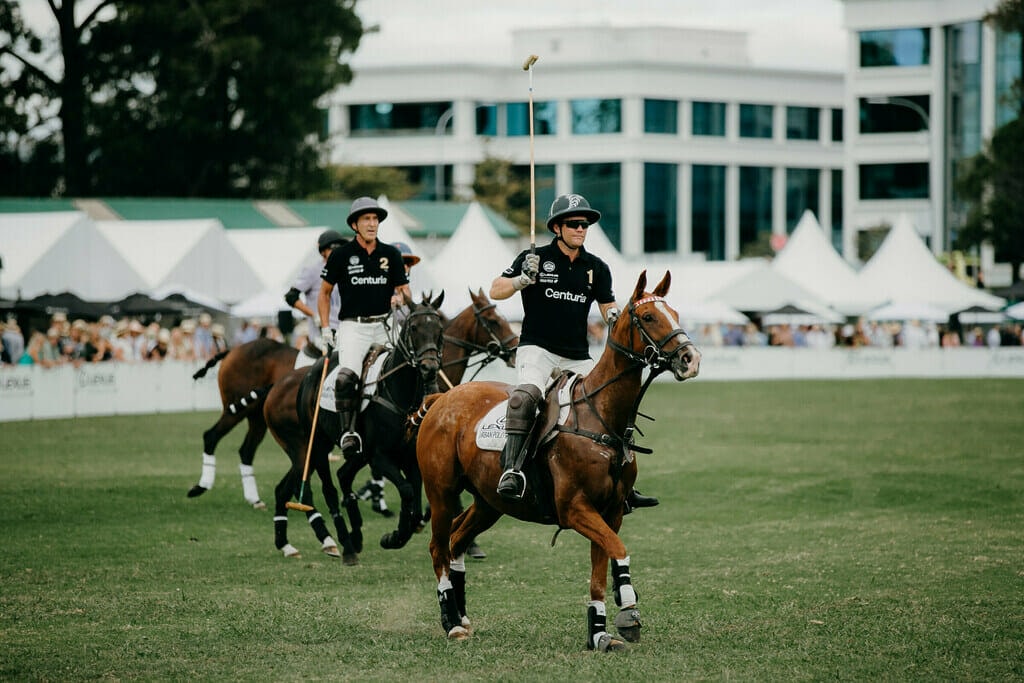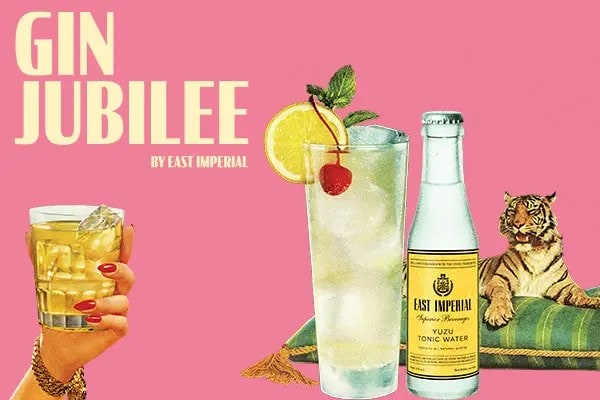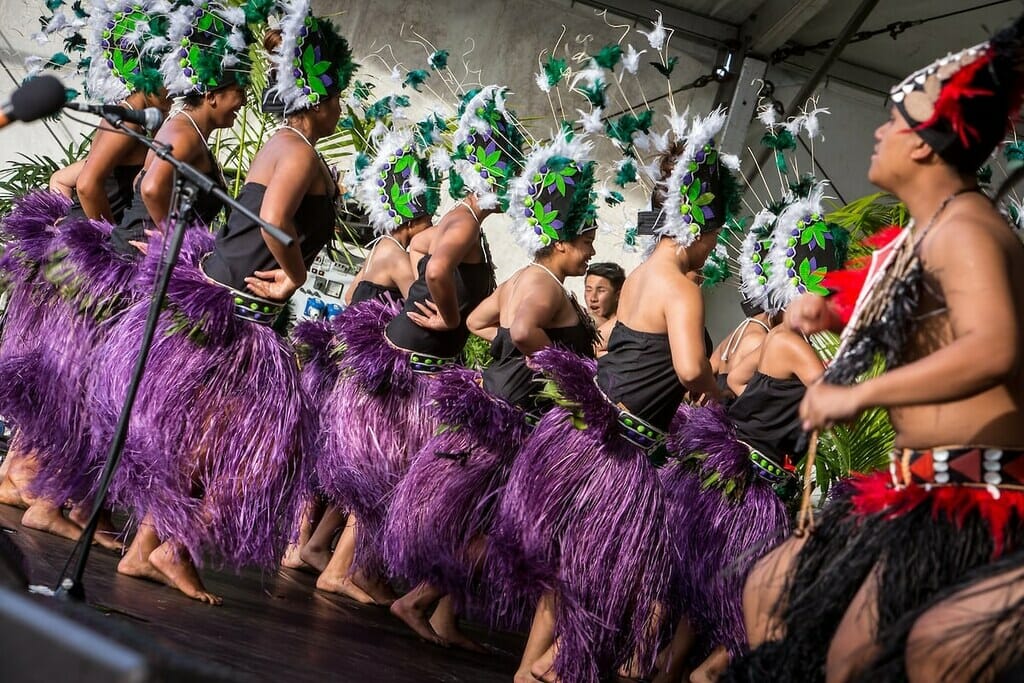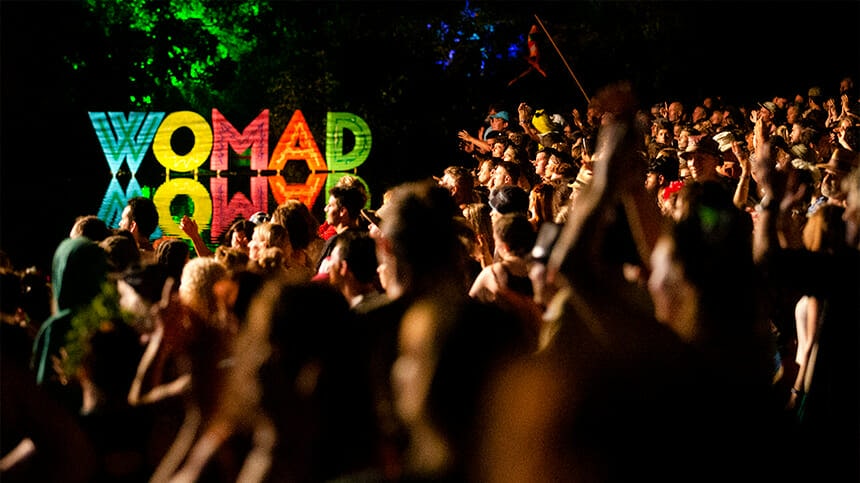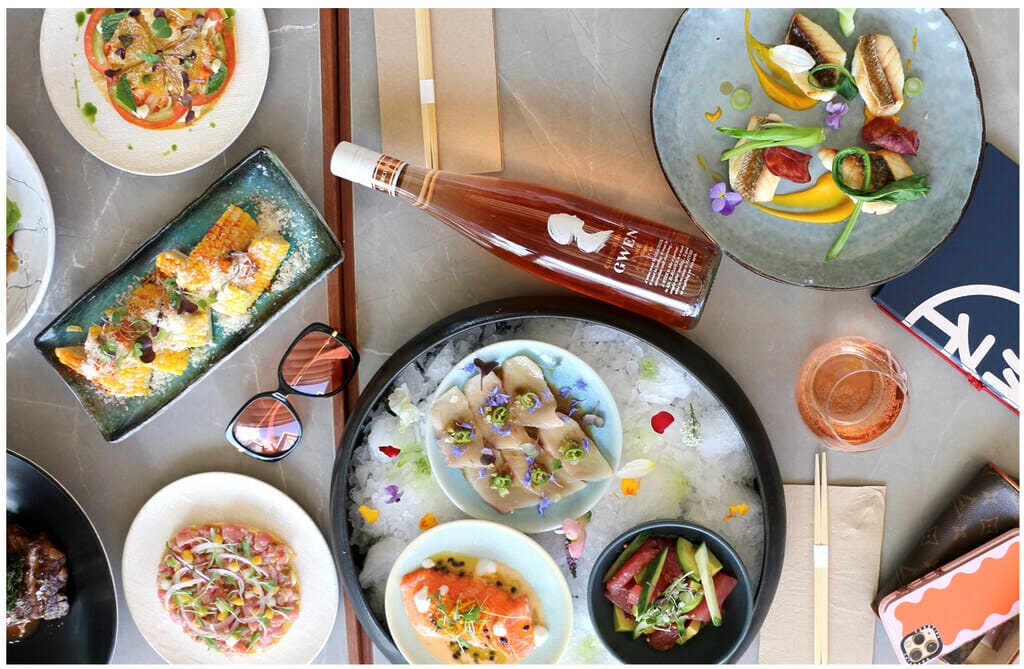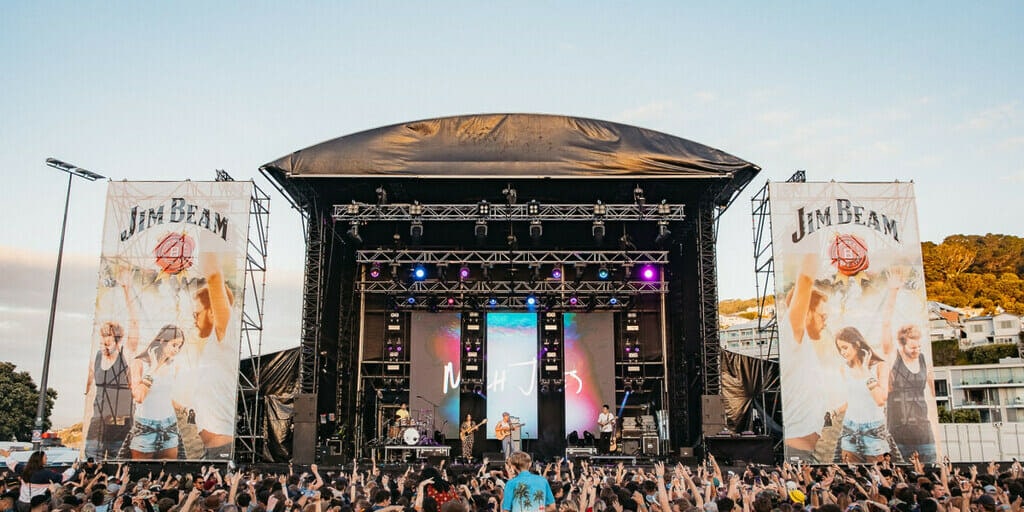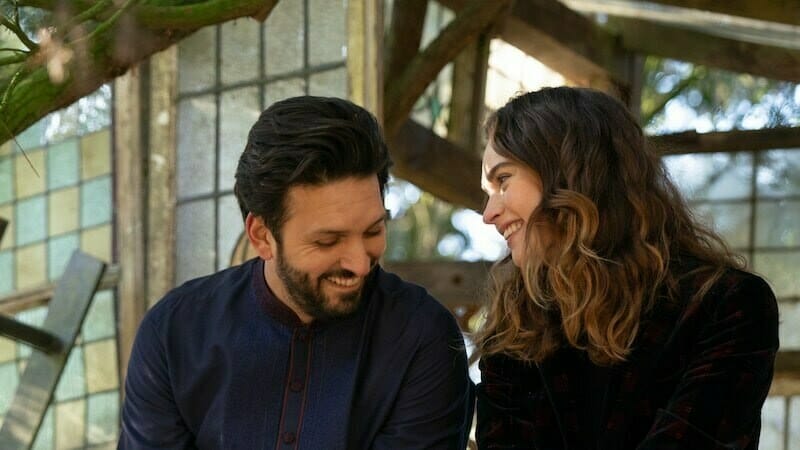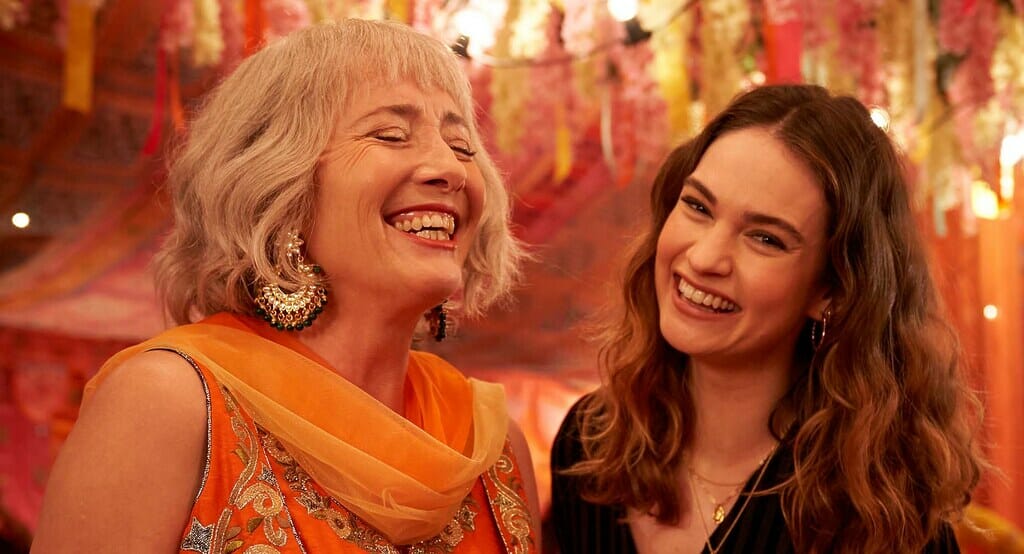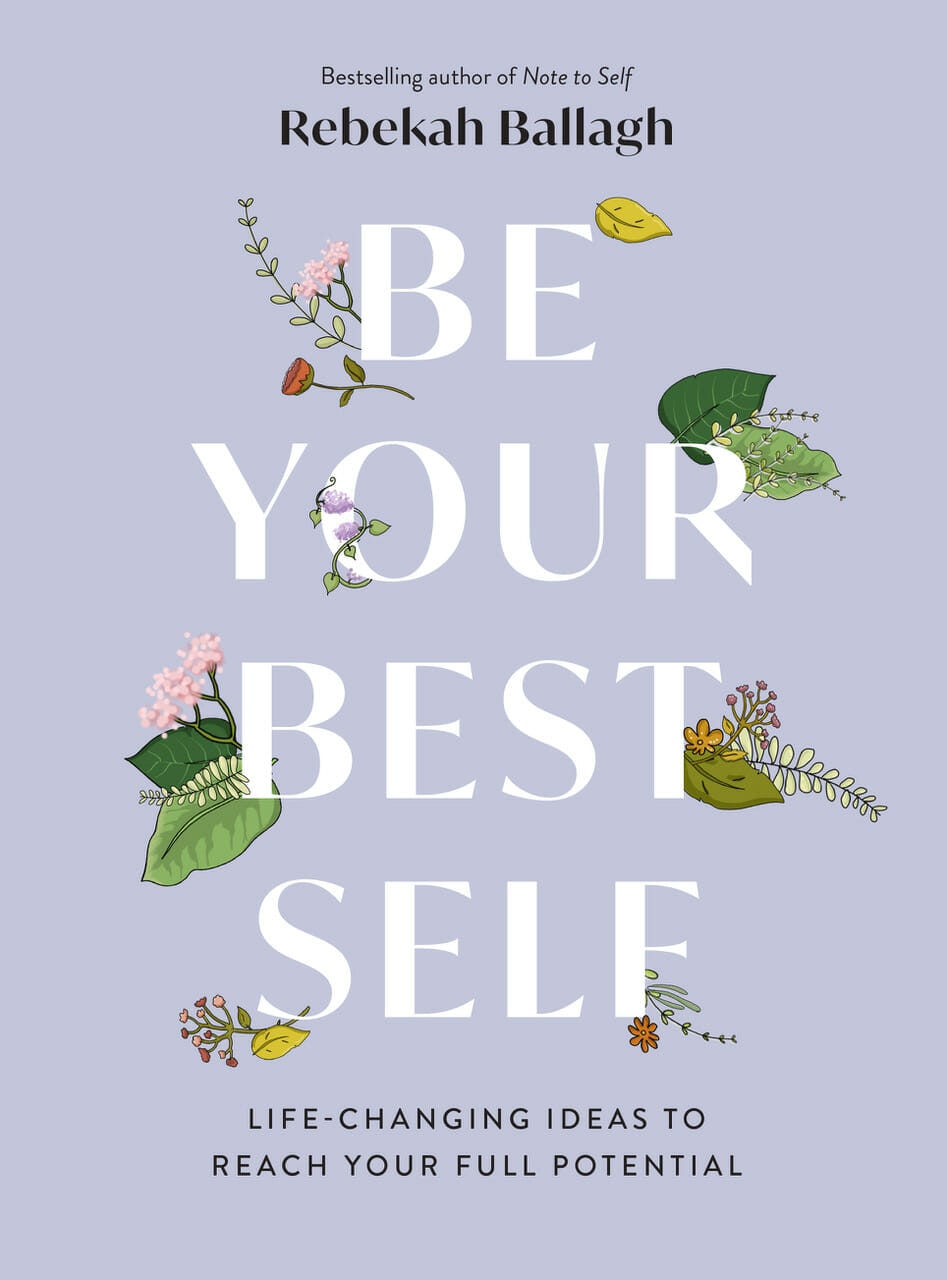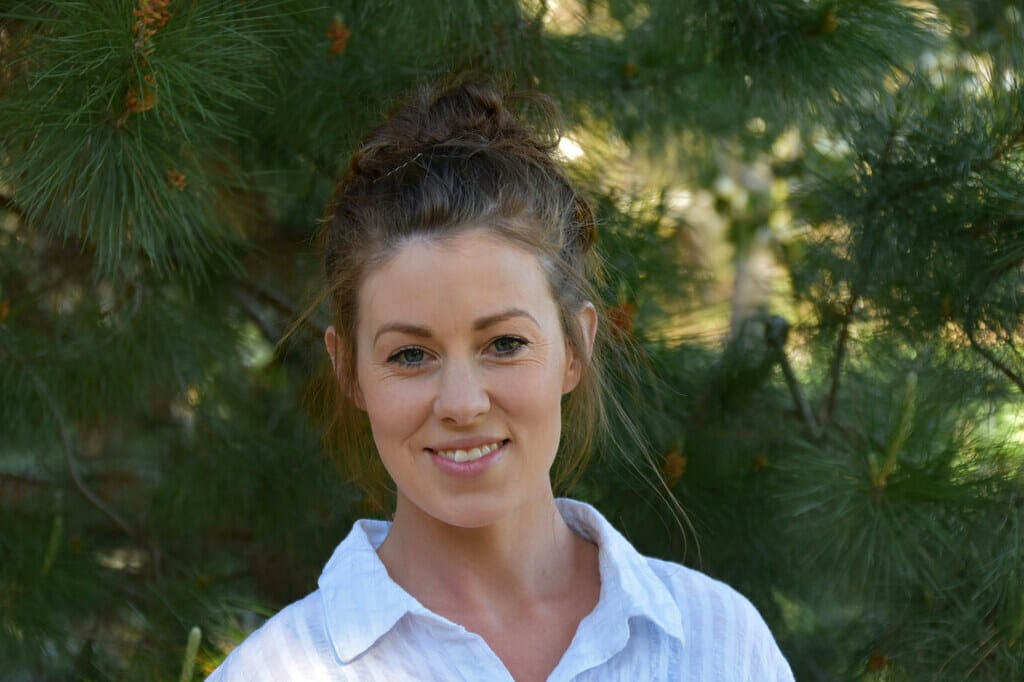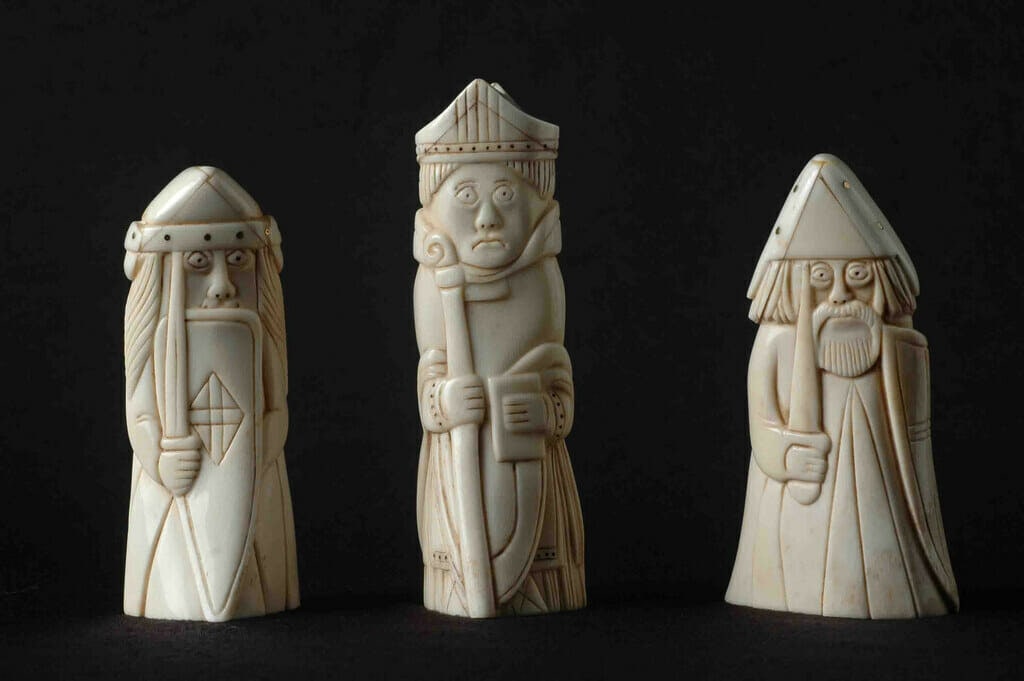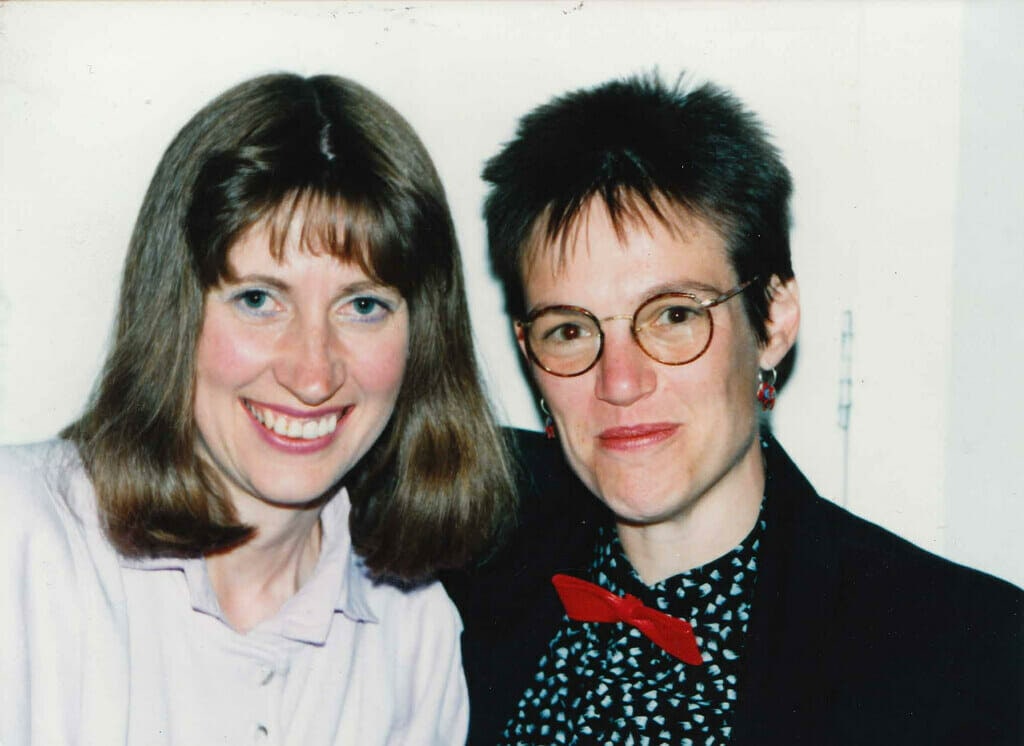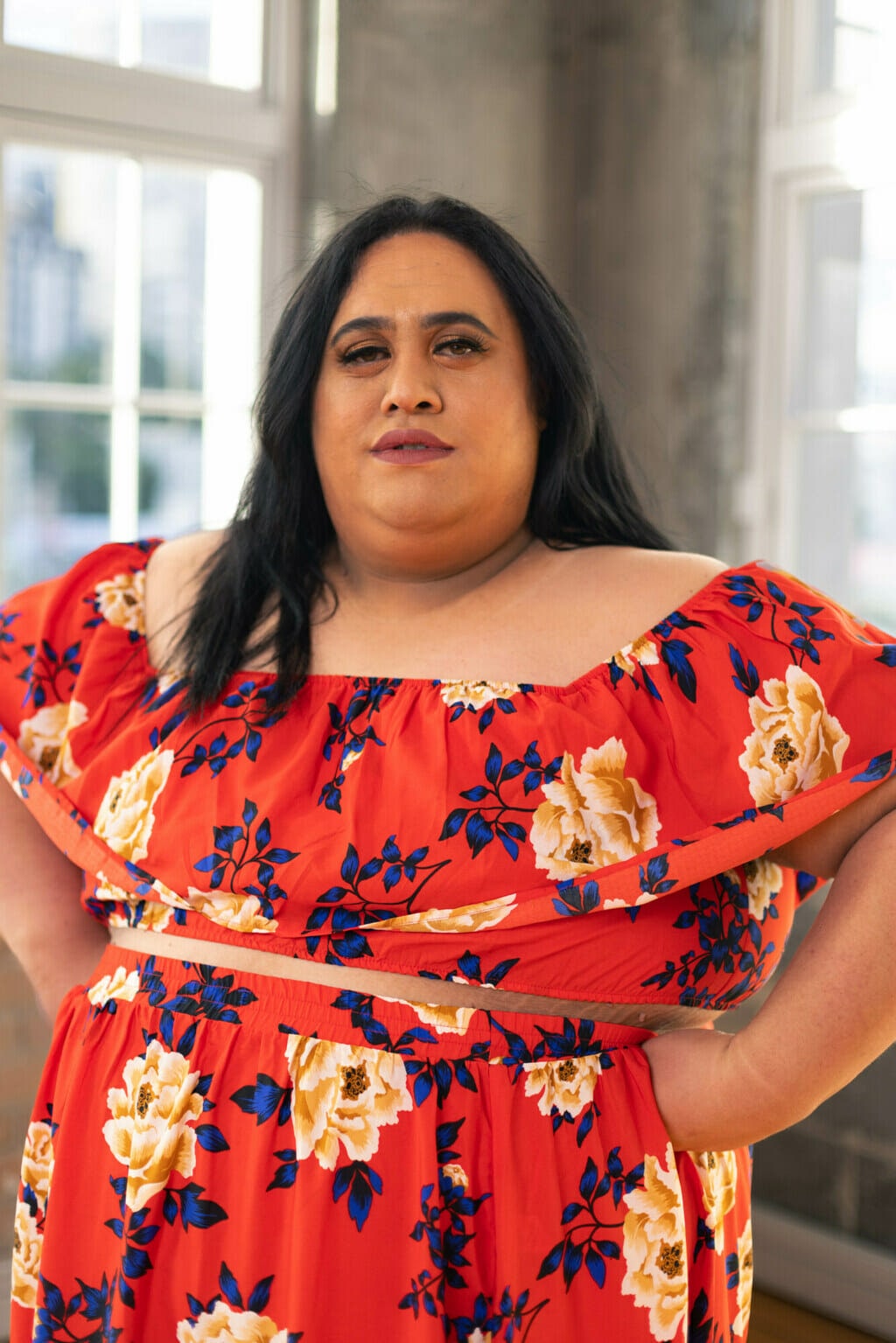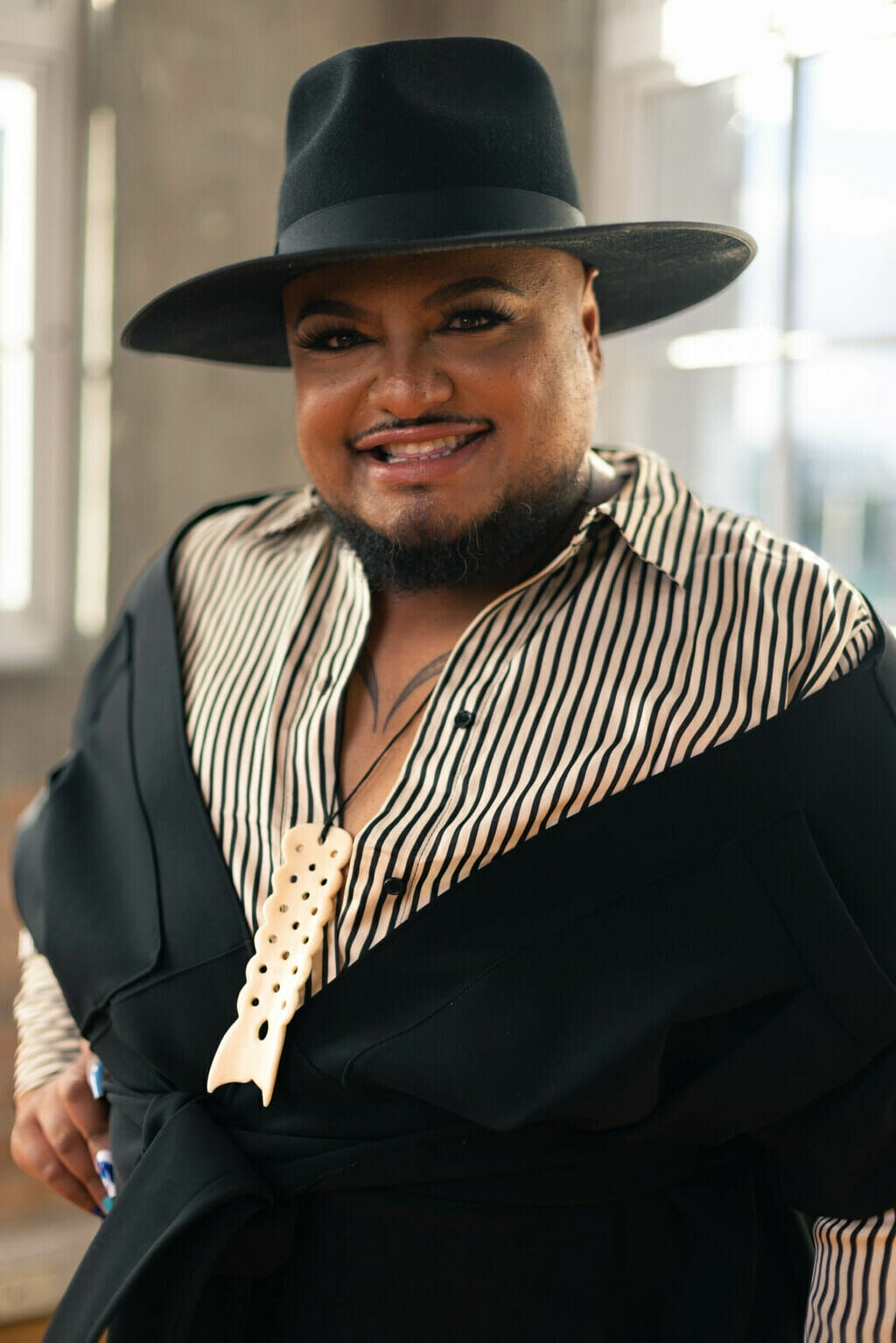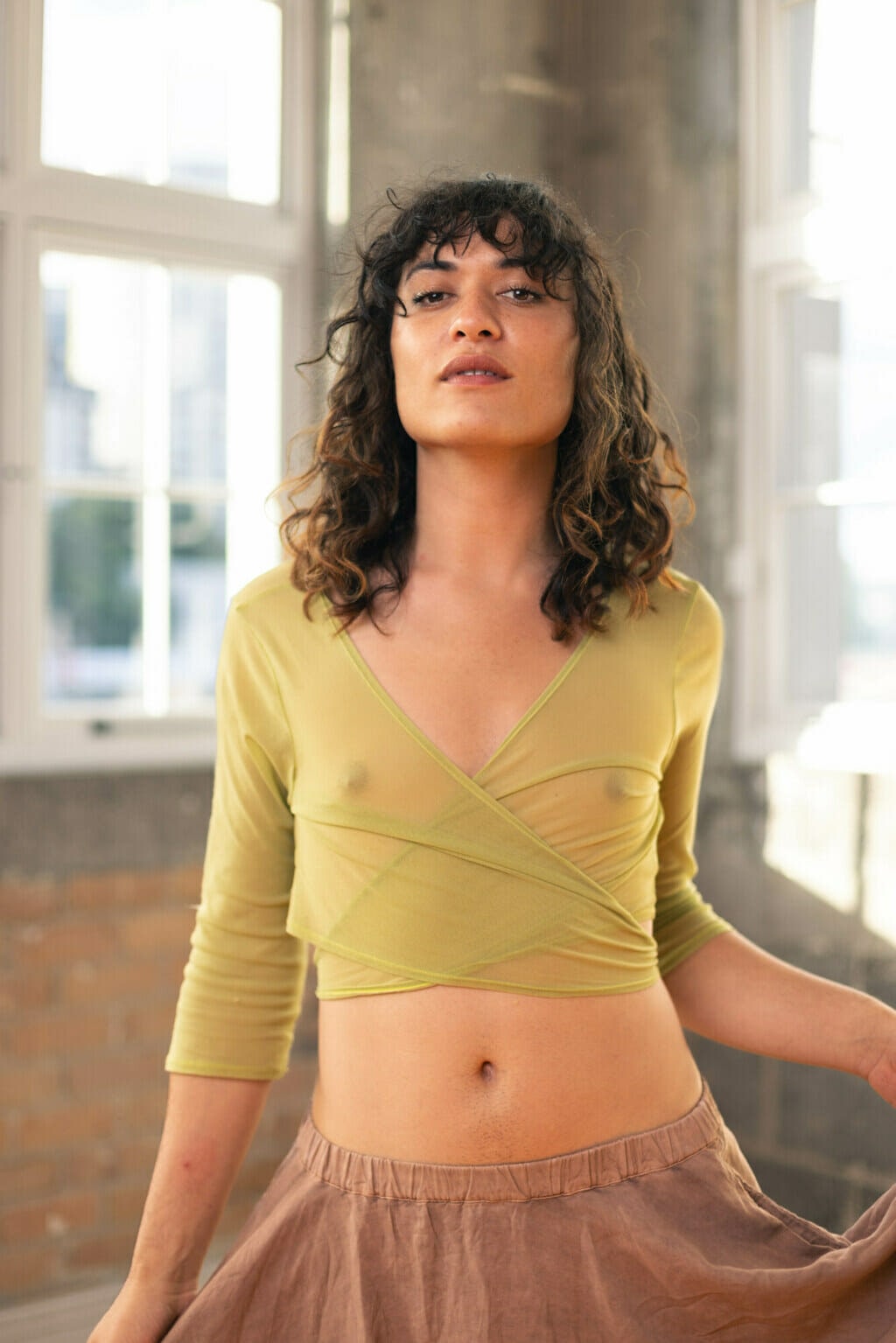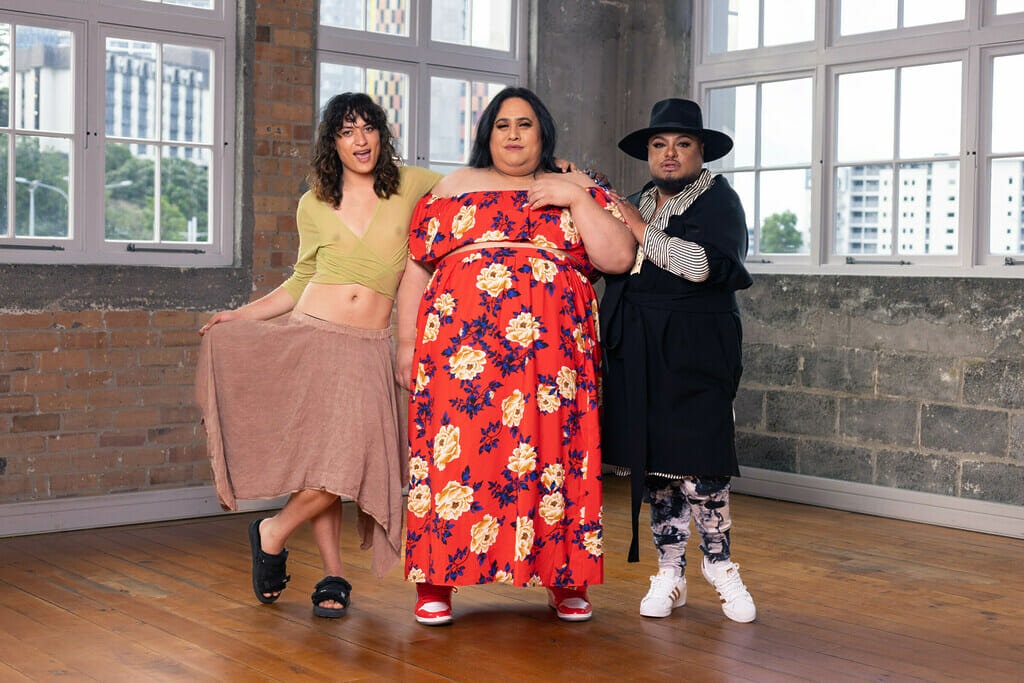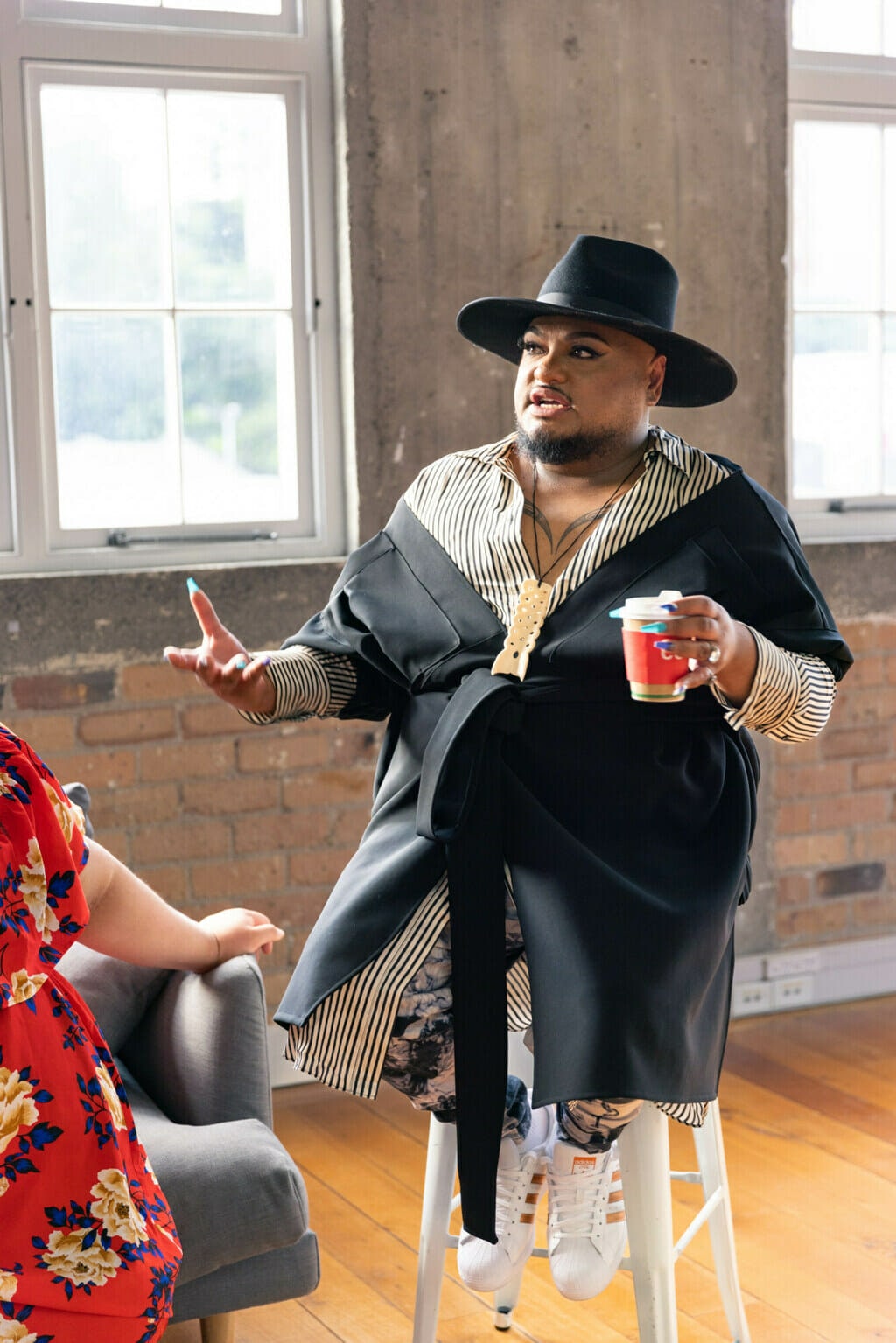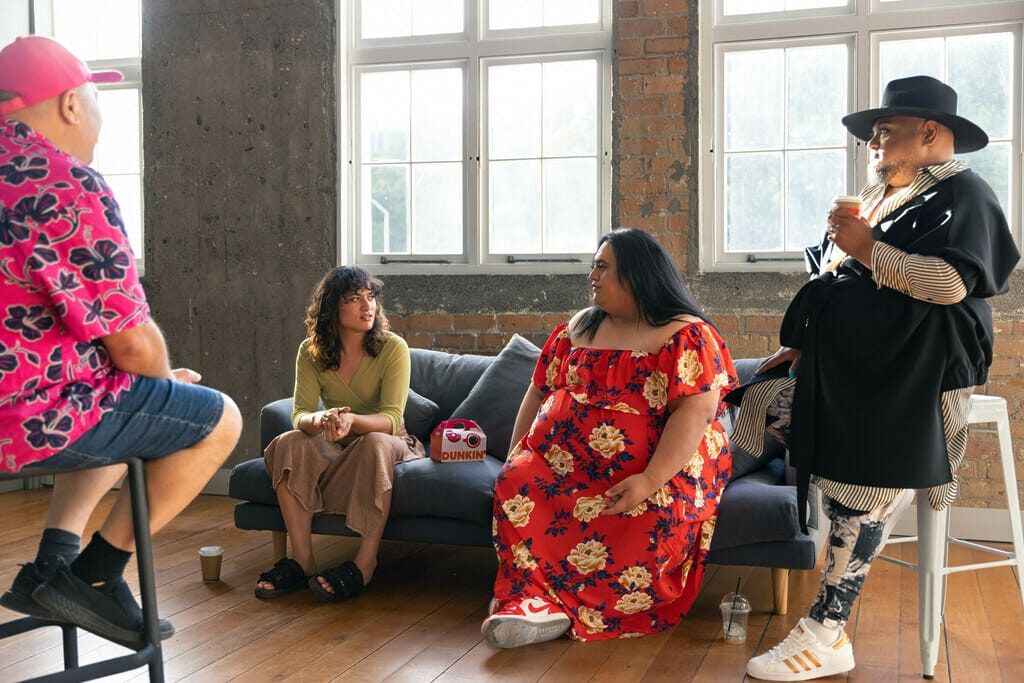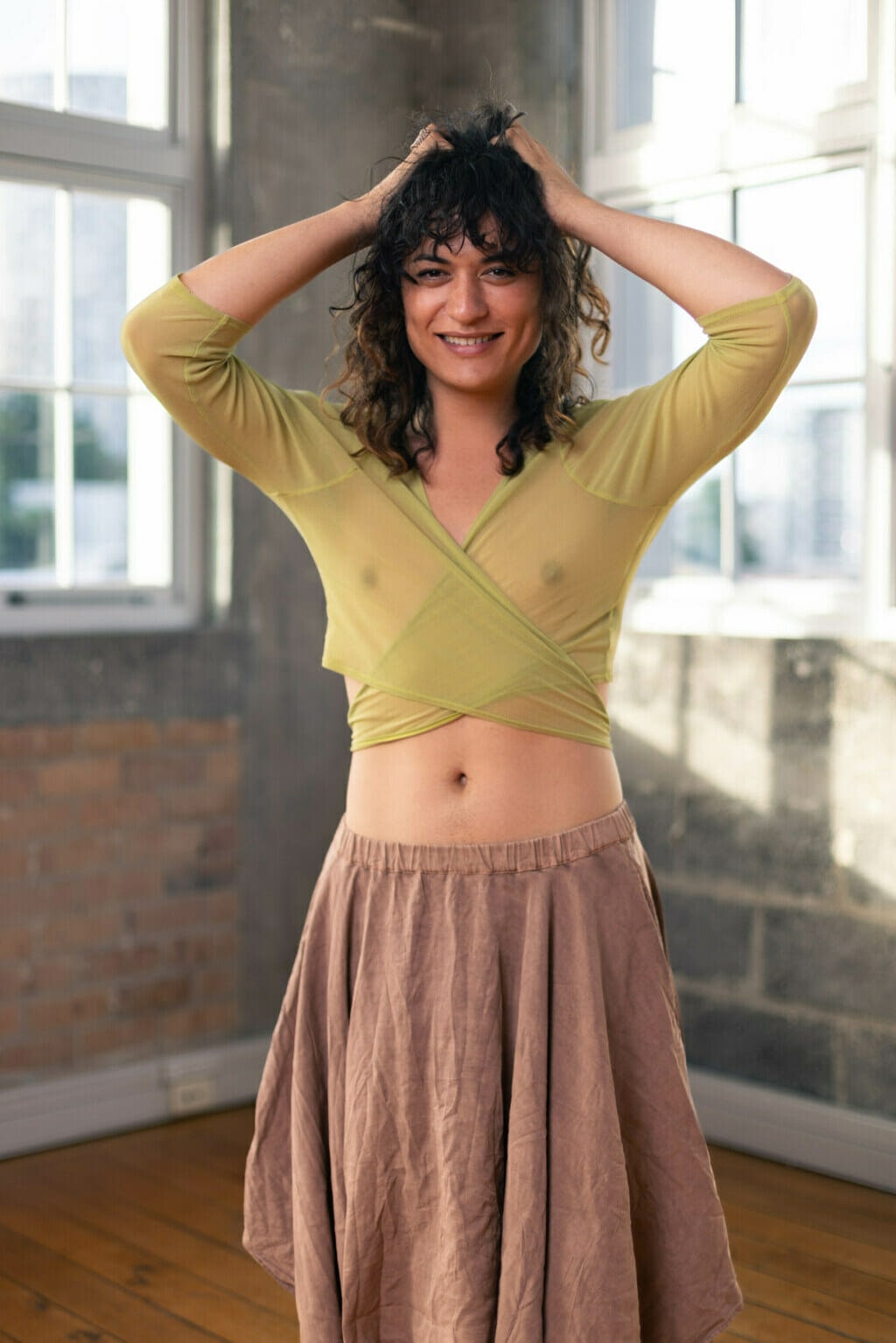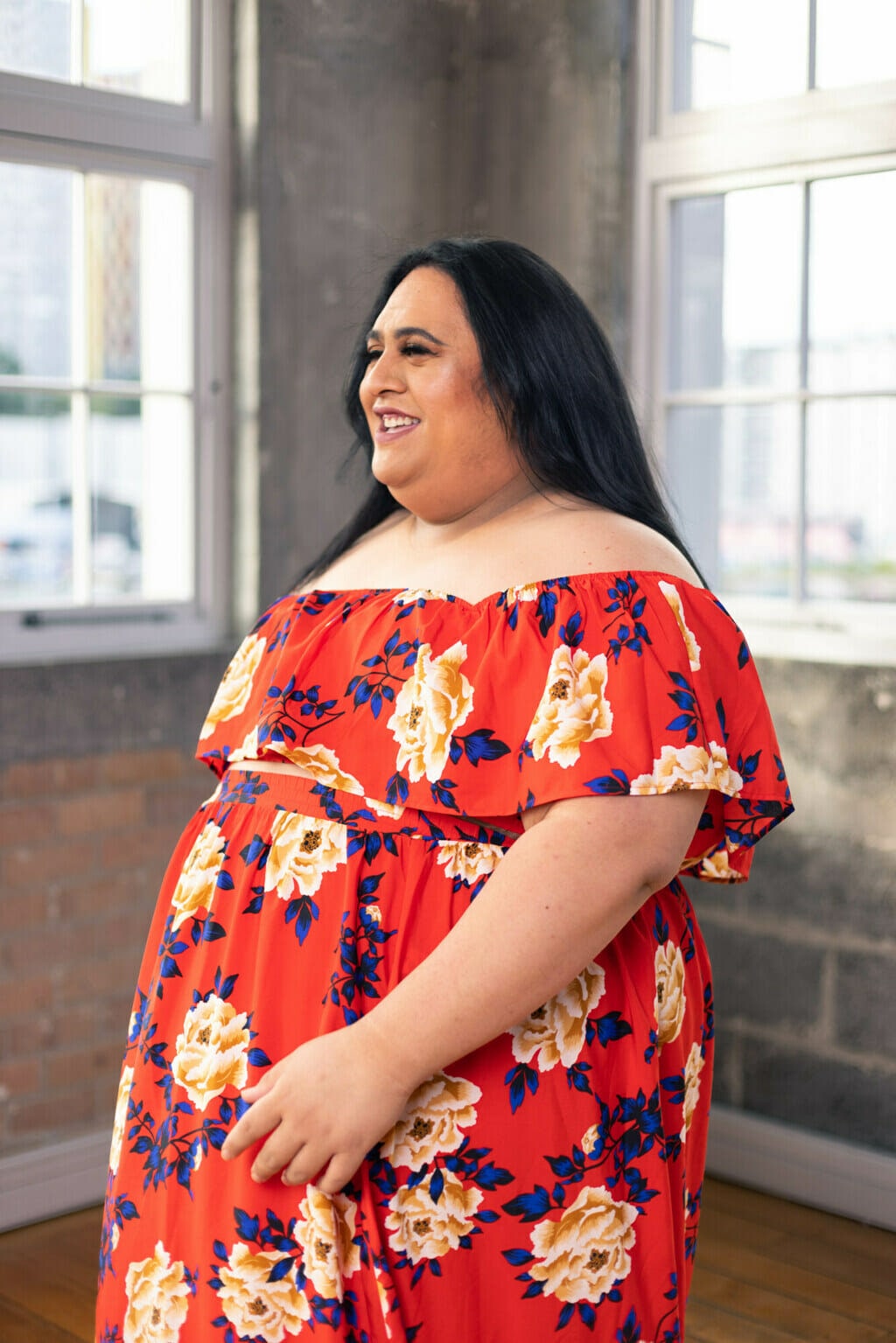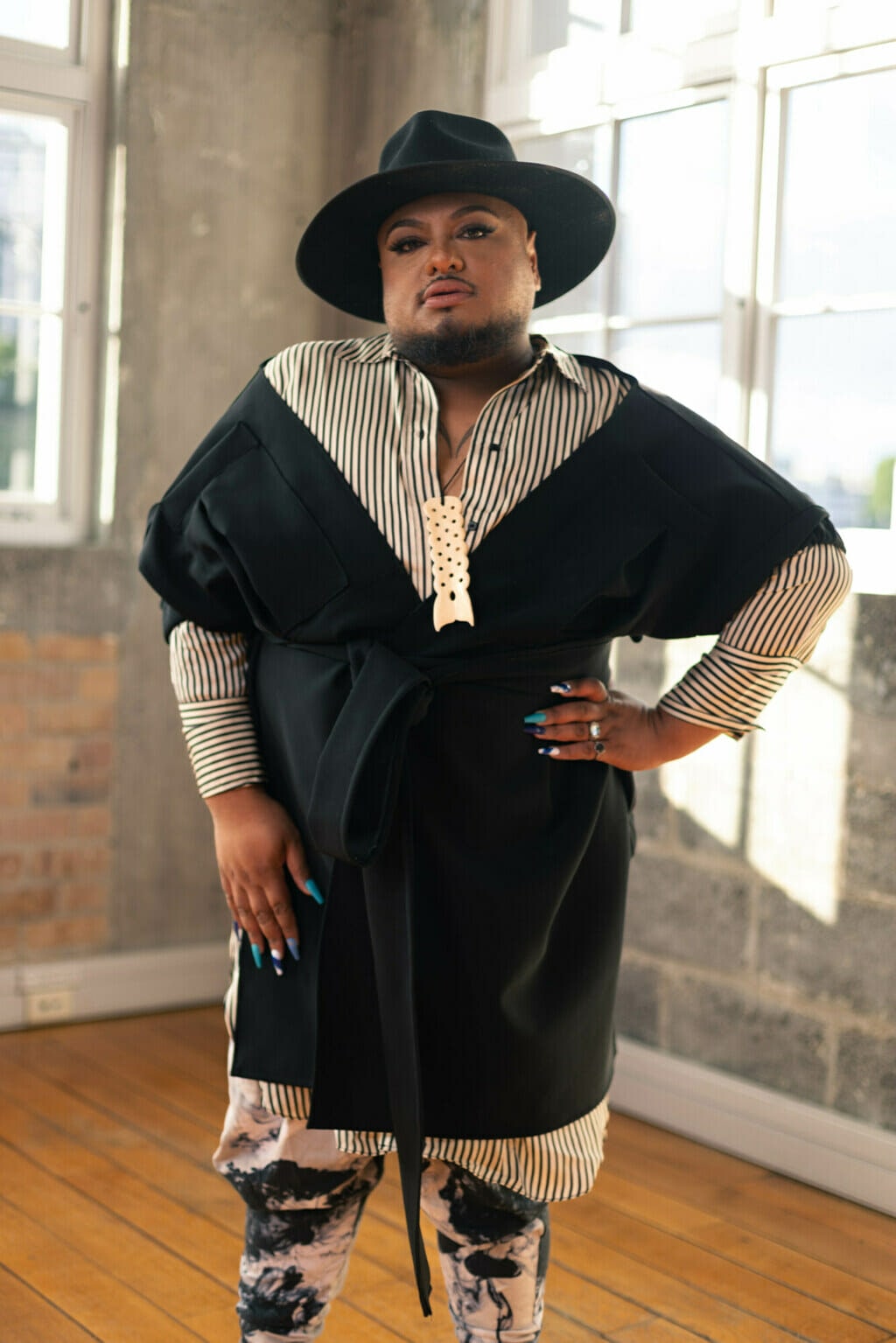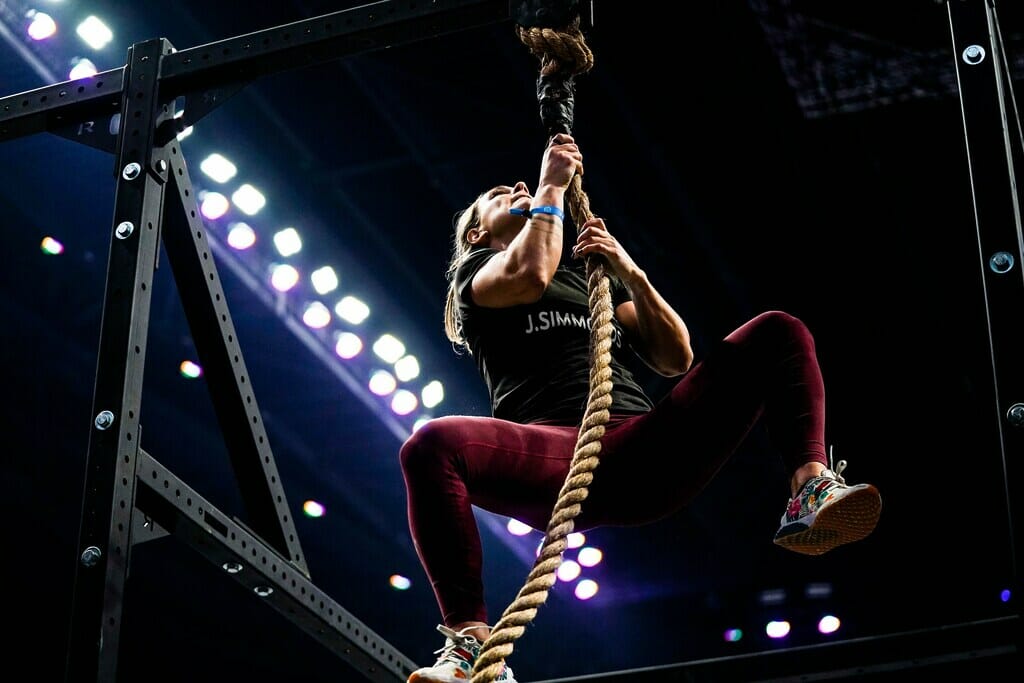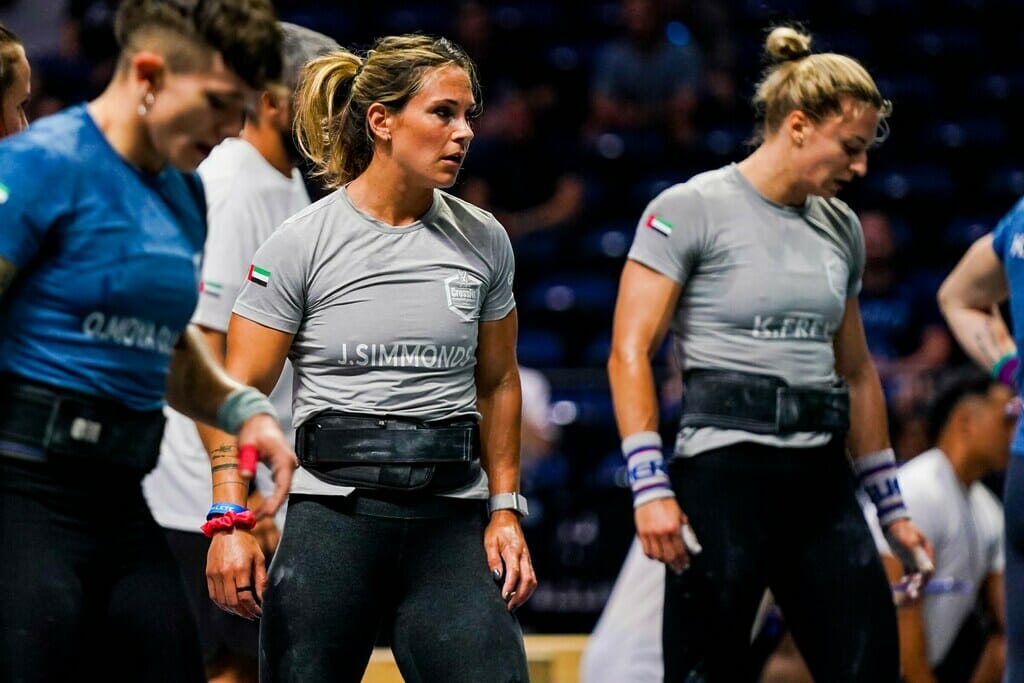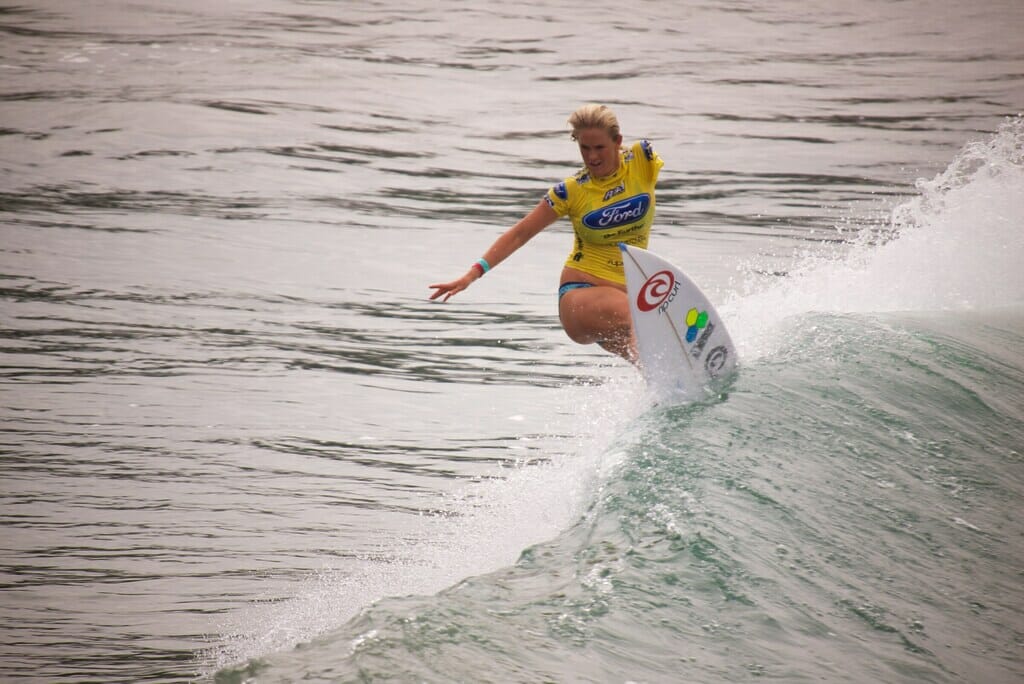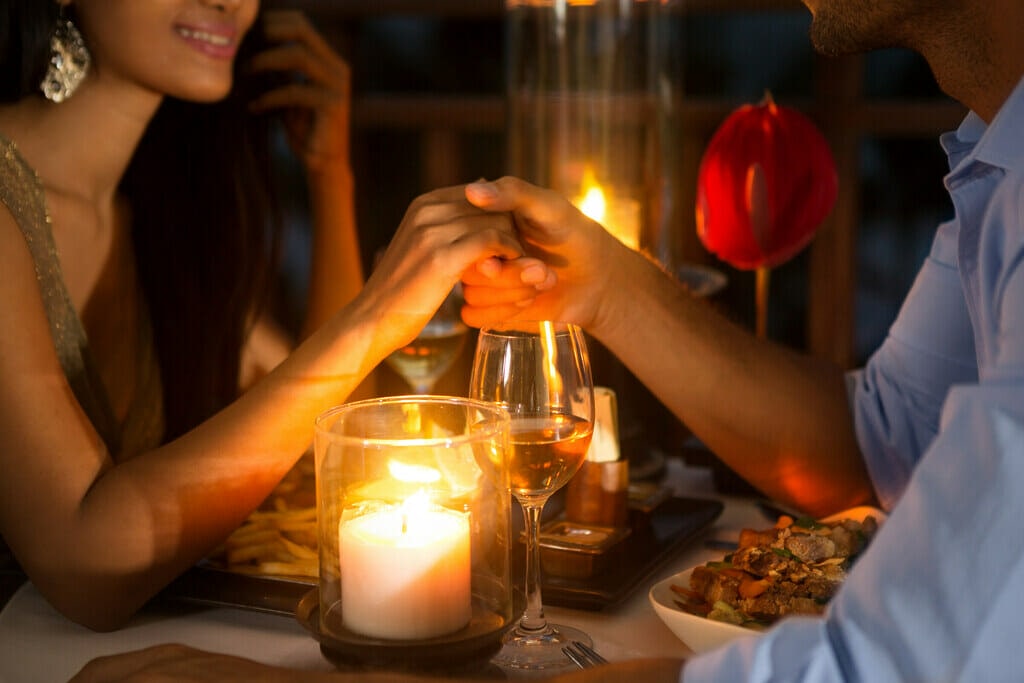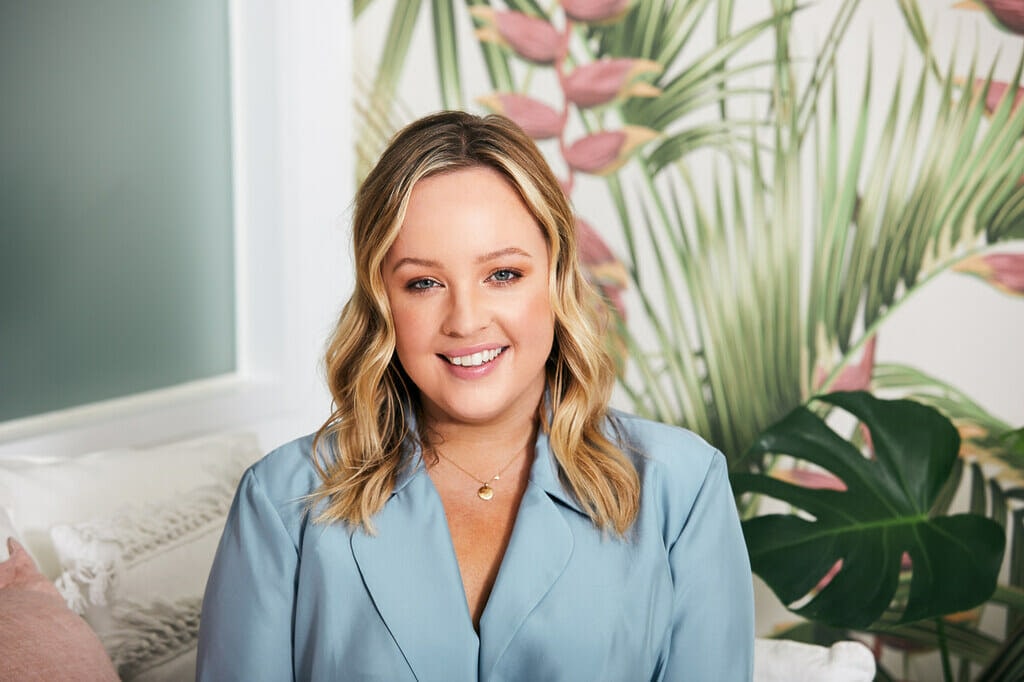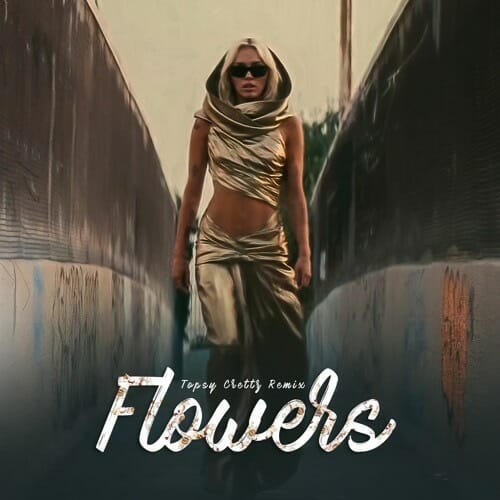This Hawkes Bay Flood piece first appeared on ReadingRoom – newsroom.co.nz
Hawkes Bay author, Marty Smith’s week from Hell.
Monday
We watch the wind get up and trees start swirling around. We charge up our devices and get the lanterns ready. Sometime in the night, the wind wakes me up, shrieking and howling. This will be bad, I think, but I know there’s nothing you can do except wait to wake up and see what’s happened. We’re perched high on a cliff, and the wind is full force, blowing straight off the sea. I go back to sleep. The wind and rain are so loud, I don’t hear the trees go down.
Tuesday
One of the cypresses is lying over the back of the tractor. I push my way through the wet, pungent branches to get to the chooks. The top of one of the gums has smashed onto the chook-house; they’re out picking in the mud. The donkeys are on their feet and eating. There’s nothing we can do about Jason’s cattle, except shoot them if we have to, but they look all right from here.
Messages come flooding in. Aayden, on top of the hill texts, Are you guys ok? He sends pictures of massive slips that have poured through the fence and over our road and scoured out huge swathes of the three-year-old natives that we planted to hold the hill.
Phil goes up on the ridge behind the house where he can see the road.
It’s a major, he says. He texts Doug and his digger.
Doug, 7.43 AM: I’m cutting through the stop bank at prebensen dr at the moment
R u guys all right
Cause all the roads are closed
It’s carnage
And the tides coming in now
Ben sends shots of Puketitiri Rd and the orchards. The road’s a deep brown river, rippling through the fence-lines and tangling grass and debris against the wires.
Our bridge is still standing, slick with silt and shining with muddy water that’s only just starting to subside. We worry for the Bishops, who live right beside it as low as the level of the road. And Richard and Wendy, who live in the bend of the river.
Doug: They r talking about evacuating Taradale
Greg’s house on the top of the hill is two weeks off being closed in. He was up till 8 o’clock last night in the wind and the rain bracing whatever he could. Then he went home. He’s shocked by the photos of the slip.
Where’s that from? he says, Is that from my place?
He says we’re going to lose our cell phones soon, so we start posting, and my sister rings up just in time. Then we’re gone.
We put wet weathers on, and I watch while Phil saws the tree on the tractor. You be careful, Petrie said, ringing from Christchurch, Lot of people get killed chainsawing trees after storms. Felled trees under stress can spring up and chop you down.
He reckons he can drive up from the yards through the neighbour’s paddock. I’m dubious, he hasn’t got spikes and chains. Be careful, I say, no one can come and get you.
He comes back by foot half an hour later. It’s very boggy in the only crossing and the wheels churned and churned and dug in deeper; the tractor’s bellied in mud, stuck up at an angle. He says he nearly made it.
We sit in the garage in the rain and listen to the car radio. We have no idea what’s happening. We have no idea how bad it is. Helicopters are clattering over all the time. One flies very low and slow over us: they can see the road; know we’re cut off. We move around outside so they can see us and they fly on.
Phil walks the 3km out our drive to Puketitiri Rd. The ute got mud up to the running boards but no water inside. He got through to town, though the slips on the way were shocking. There was no one around and nothing open but he found a dairy with Wifi and no milk.
Wednesday
It’s clear, fine and warm. MetService issues a severe thunderstorm warning for the afternoon, talking about very unstable conditions, including heavy rain and hail, possibly 30-40mm. People in Central Hawkes Bay are asked to evacuate immediately.
I could go and stand up some of the fallen down shrubs but I don’t have the heart for it and I stay in the garage painting furniture so I can listen to the car radio. It’s raining when we listen to the man in Auckland, in despair about the friend who was looking after his house in the Esk Valley, in hospital with a broken leg after a 40-foot container crashed into the house while they were scrambling for the roof and pushed his partner under the water. It’s terrible when he cries and says, All for a fucking holiday.
It’s sunny when, out of nowhere, like a cut from one frame to the next in a film, Jesse is standing in front of me when I look up from painting a curl in the iron frame-work. I smile at him, and say, Hello! Have you come to save us?
Lovely Jesse, Max’s best friend and one of Phil’s main fishing crew. He could have been out on the boat, wearing his aertex shirt and Canterbury shorts and bare legs, cheerful and unruffled, the slight sun in his blond hair. He has extra-long gumboots with elasticated tops, spattered right over in mud. He’s walked all the way down the big hill through the slips to see what’s left underneath.
Hello, he says. I came to see if you fellas were ok.
We’re fine.
Phil comes round the side of the shed and is equally startled.
Hello, Jesse! He says, in surprised delight.
Jesse grins. Fark, he says, the whole of Hawkes Bay is cut off.
I say we heard the Puketapu bridge was gone.
All of them, he says, in disbelief still, the Mangaone, Patoka, Dartmoor, Rissington, they’re all gone. He adds to the list: A big container took out the Waiohiki Bridge.
Fark, we say. It’s hard to imagine.
And, he says cheerfully, for good measure, the one on the Expressway is on the piss.
Fark, we say. That’s a long bridge.
Light drizzle, so we stay in the garage with the roller door open and the window in Henry’s car down, listening to the radio. Jesse Mulligan says, in a stricken tone, Havelock North and Hastings are running out of ice! Phil snorts and we start laughing a lot even though he says, I mean to save their food from spoiling, not for their drinks.
The dogs look at us, puzzled. Everything is puzzling.
Just when it’s starting to darken, the dogs bark and there’s a motorbike. In the unreality of dusk, it seems like a mirage, some kind of miracle bursting out of the elements, though it’s quite mild.
It’s Ben and he’s ridden his quadbike out. There’s only one place to get across, where the tractor’s bogged, and he’s got mired there too. It’s taken a while to get out, but there he is, come from nowhere. He offers to lend us the quadbike, he isn’t using it. He’ll bring it back the next day and walk back out. He has to get going quickly, it’s getting dark and he has to find a way home over the ridge through the neighbours so as not to go down the way of the tractor.
In the dark, the dogs sneak some liberties and slip onto the good chairs. They neither sigh, nor snore, nor creak the leather.
Thursday
We’re heading out to arrange the vehicles. It’s muggy but if it rains, too bad, I’ll get wet, I’m not lugging oilskins up that slip. There are clear paths up the hill through the humps of sludge, the water has carved channels over the hard papa underneath. It’s still running but it’s like a creek bed.
It’s Fletcher on the digger. He tells us it’s completely rooted out there, and he reels off the names of the bridges again. Awatoto’s just gone! he tells us with a big smile.
It’s about 2 o’clock in the afternoon.
What about the Expressway? We heard the bridge was on the piss.
Yeah, he says and his eyes light up, They let a fifty tonne logger on and it was halfway across and there was a big crack! They yelled to everyone, Get off! Someone said it’s swinging from its supports.
He says Doug’s trapped on this side with a few of his diggers, most of them are on the other side. Fletcher can’t get home either, he tried to get some food this morning, but nothing was open. He’ll have to stop soon because he’s nearly out of diesel.
It’s raining in sheets by the time we get to where the ute’s parked, I’m sopping. My phone buzzes and jumps. The messages are in the past. The overseas family are online, seeing what we can’t see, reading what we can’t read.
You can’t get down to the bridge past Woody’s, it’s all slips. We tell him there’s no more gravity-fed water without power, the pipe that goes from the pump goes under the bridge and it’s been ripped out. Fletcher has had nothing to eat all day, could he go down and take him some food?
Pies! he says, and I’m startled. I’ve completely forgotten he’s off the grid and has power.
The ute goes easily over the slips down the tarseal. The metal on the other side of the cattle stop is a deep gouge but the ute rolls in and out of it and creeps down the ridge of the road that’s left. It churns sturdily through the deep silt. The height of where the water came to is difficult to fathom. Wait till you see the gate, says Phil.
The silt gets higher and we plough through like it like snow, but no snow is as deep and sticky and brown as this. There’s a dead heifer lying on its side on the bank in the sticks with its stiffened leg sticking up, not bloating yet.
There’s no creek running under the culvert. There’s no cattle stop, it’s silted right up to the top of the bars. There’s hardly any road on Puketitiri Rd. It’s all soft mud, rising on either side like sand dunes, down to one lane of tyre marks through the mud.
The Bishop’s house seems to be high enough, and though we pass Mike in his work T-shirt, shorts and gumboots in the rain, we can’t stop to talk because there are cars behind us.
There’s no coverage in town. No one knows what’s happening. There are no traffic lights and it’s murky with low lying rain. Up at the roundabout turning onto the expressway, Trinity Crescent is nose to tail with cars parked up waiting for the police cordon to open the road. The bridge over the Tutaekuri is still emergency vehicles only and it’s the only way to get to Hastings.
The Bishops’ lawn and drive have gone under, but Fiona says that they built the foundations really high when they shifted the house on, the water only got to the steps. Logan’s car that he’s been doing up to sell, he’d just put in the replacement part he’d been waiting for, has got silt all through it and it isn’t insured. Richard and Wendy are ok, the water lapped up to the steps of their house but it didn’t go in.
Then Logan appears at the window, grinning. A small plum coloured car swishes up on the side. Hi, Mrs Schofield! someone familiar says, and then, It’s Syd!
SYD! I’m amazed to see Syd in the mud. I remember him all right, grinning up from some desk in the back row when he knew the seating plan perfectly well. Such a sweet smile, doing exactly nothing or else trying out some utter bullshit to see what I’d say. He knew I’d move him to the front, he loved it, he could whisper to me while he pretended to work. Shut up, Syd, I’d say, and he’d smile, pleased. Then say something else.
I’m going to get 20 litres of diesel for you, he says, You stay right there, so you don’t have to drive.
He’s going to Puketapu Tractors just 2km up the cleared road.
Thanks, Syd, I say. I’ll be parked just a few metres up the road in the next gateway.
He carries on grinning at me, then he disappears.
Watch out, says Fiona, and then, Oh, he can get past, and Logan squeezes by in a squat vehicle with wide wheels, so completely covered in mud it looks like a small tank, impossible to tell what colour it is. It roars off up the road spitting out silt as it goes.
I wait for a fair while but if Syd says he’s getting diesel, then he’s getting diesel.
The mud-mobile turns up, picks politely past me. I wonder what Logan’s doing. As soon as he’s clear, he stops to lock the hub caps, then speeds off through the mud, cutting tracks and spitting up sprays of filth.
Still no sign of Syd.
Logan comes rolling back down the bottom drive. Syd’s sitting in the front, grinning like a maniac. I roll down the window. Syd, you idiot! I say, for old time’s sake.
They’re still smiling, full of goodwill.
Sitting right there in your car, I say, and I mean it, are two of the most good-hearted, kindest people in the world. They grin, they aren’t the least abashed, then Syd says happily with his best smile, Did you know there’s an even bigger one coming next week?
We rearrange the vehicles later and I pass a small car parked at the bottom of the hill that goes up to Scott’s. It’s steep, the sides have slumped off it all the way up, and a big slip’s pooled at the bottom. You can get through, and drive up, but not in that little car.
The windows are open and there are three small children sitting in the seats, and they seem fine.
They’re still there when I come back and I stop beside them. One’s upside down and one’s in the foot well.
Are you guys all ok?
They look up earnestly. Our Mum’s gone up to that house, says upside-down. He tips himself up, red-faced and flushed. He points vaguely up the hill above, then round-eyed, says importantly, She’s been about an OW-wer.
Oh. Would you like me to drive up there and see if she’s all right?
They nod. An even smaller one with lots of freckles pokes his head between the seats and says, It’s the house with the yellow door. He says again with emphasis, With the YEL-low door.
Ok, the YEL-low door, I say seriously.
They squirm and giggle.
It’s far too much for their little legs. I know that the people up top are ok, but she doesn’t. Half way up, on the steepest bit, I meet her coming down.
I smile at her and say, I came up to see if everything’s ok because the children said, and use his exact tone, She’s been gone about an OW-wer.
She rolls her eyes and looks at her watch and says, seven minutes. But thanks for checking up, mate.
Friday
We can get coverage from the house by hotspotting off my phone and text in direct time
Phil drags a container of petrol for Shianne up the mud on the hill to the ute, and takes it into town. Shianne has accidentally texted the wrong street number. He can see her car, but he can’t see her. I text him the correction but he’s not getting texts. At the number he’s given, the woman tells him, not here, it’s flats with their own numbers, and watches him as he rattles gates and tries doors in the houses by Shianne’s car.
SHIANNE! He yells at the street around him, SHIANNE!
PHIL! She yells back from one of the houses.
When he comes home, he’s running. Quick, he says, Fletcher’s back, and he’s nearly down to the bottom. He’s going to help get the tractor out, and I don’t want to hold him up, he has lots to do.
Fletcher’s already roaring the tractor up the trench he’s dug. The diff-lock got jammed in the mud, so it can’t steer, and it slithers back like a crab.
I got home, he says, but it took me till nine o’clock.
Which bridge did you use?
Awatoto. I queued up for three hours to get over the bridge. They only let on two tonnes at a time. That’s one car. No trucks.
Thank you so much for coming to help.
I’ve got nothing else to do, he says, with a sunny smile, I’ve got a pass from Civil Defence. I can go where I like. Might as well be helping people. There’s a lot of people to help.
Saturday
It’s a beautiful day, fine and warm. The doors of my car are open, drying out the carpet, growing a dust of mould. Things are going off in the fridges, the mince for the magpies and dogs is starting to stink. There are flies buzzing at the windows.
Phil takes the tractor and blades off the rough bits on the hill. He says we can drive up it with the four-wheel drive cars now, but it’ll be treacherous when it’s wet.
We won’t get metal for months.
He blades off the rough bit of the hill with the tractor and leaves it to dry in the sun. In the evening, we go for a test run. The dogs race up the hill beside Henry’s car and we burst out the top by the ute.
Sunday
Napier is shining green in a pre-earthquake sea that’s the estuary and the rivers all run together.
I’m not in any hurry to go to the other side of town. In my mind, the Expressway runs through rich green grass, the rivers are glittering clear, and I want it to stay that way.
Related Article: Poet Mary Smith avian ardour










